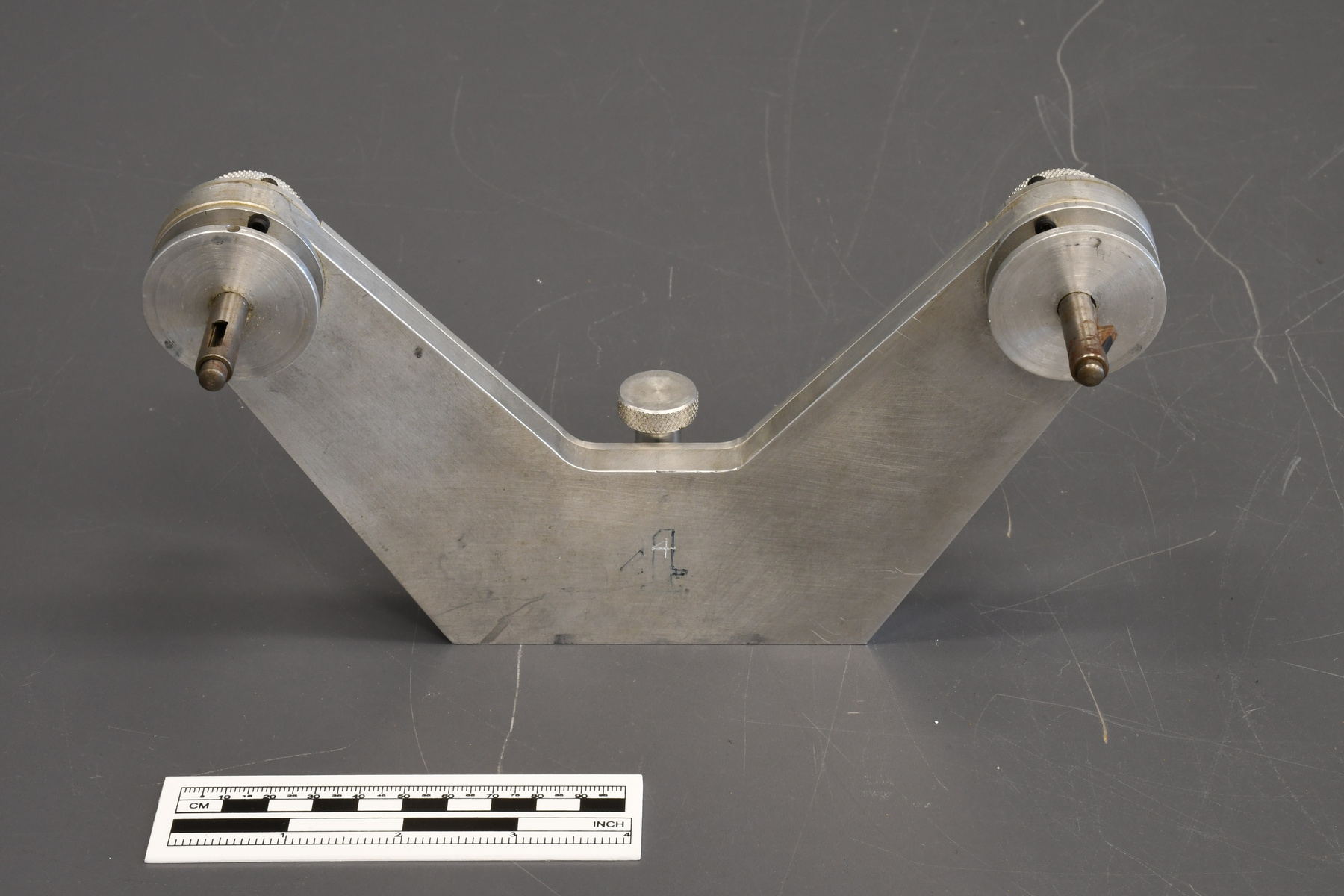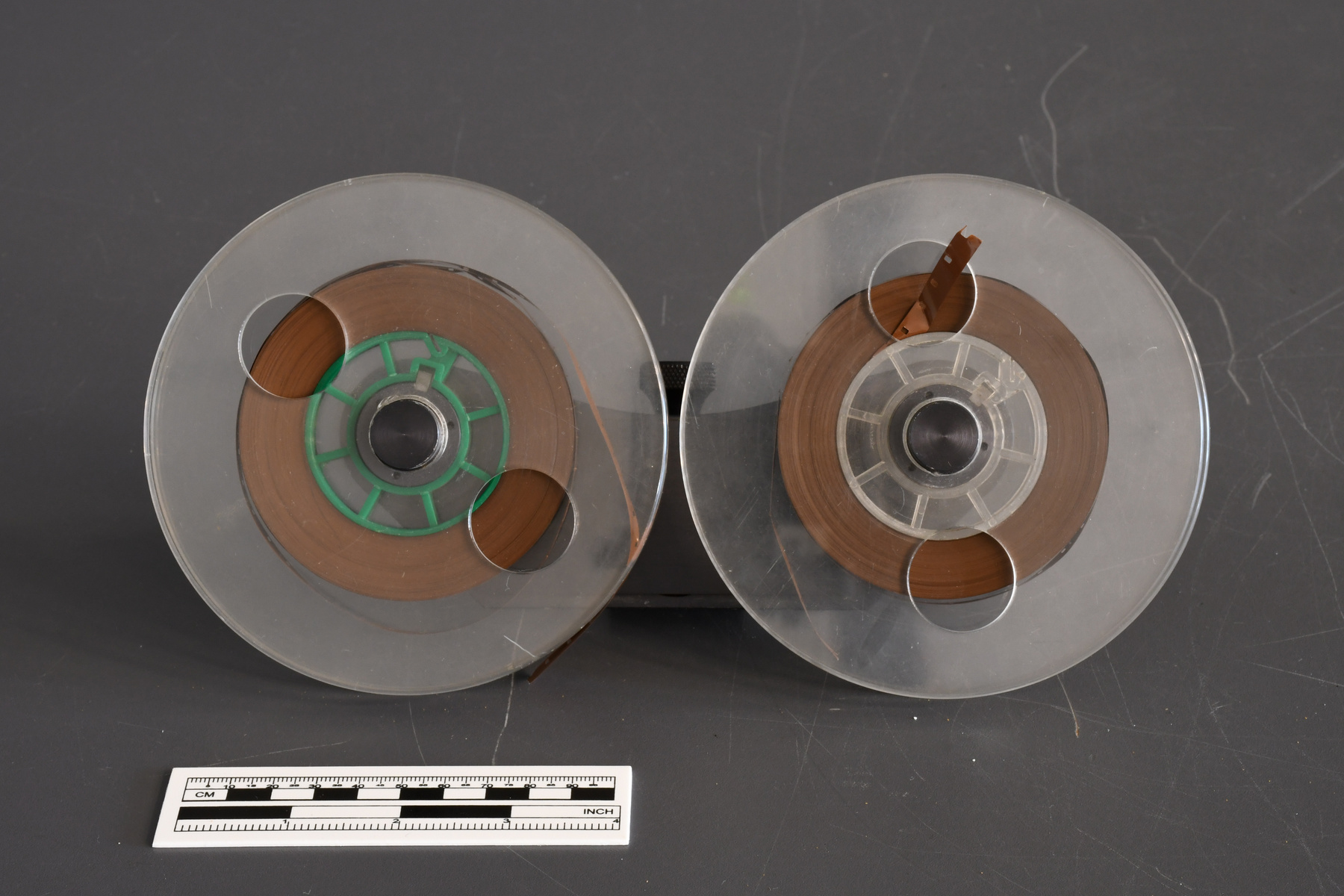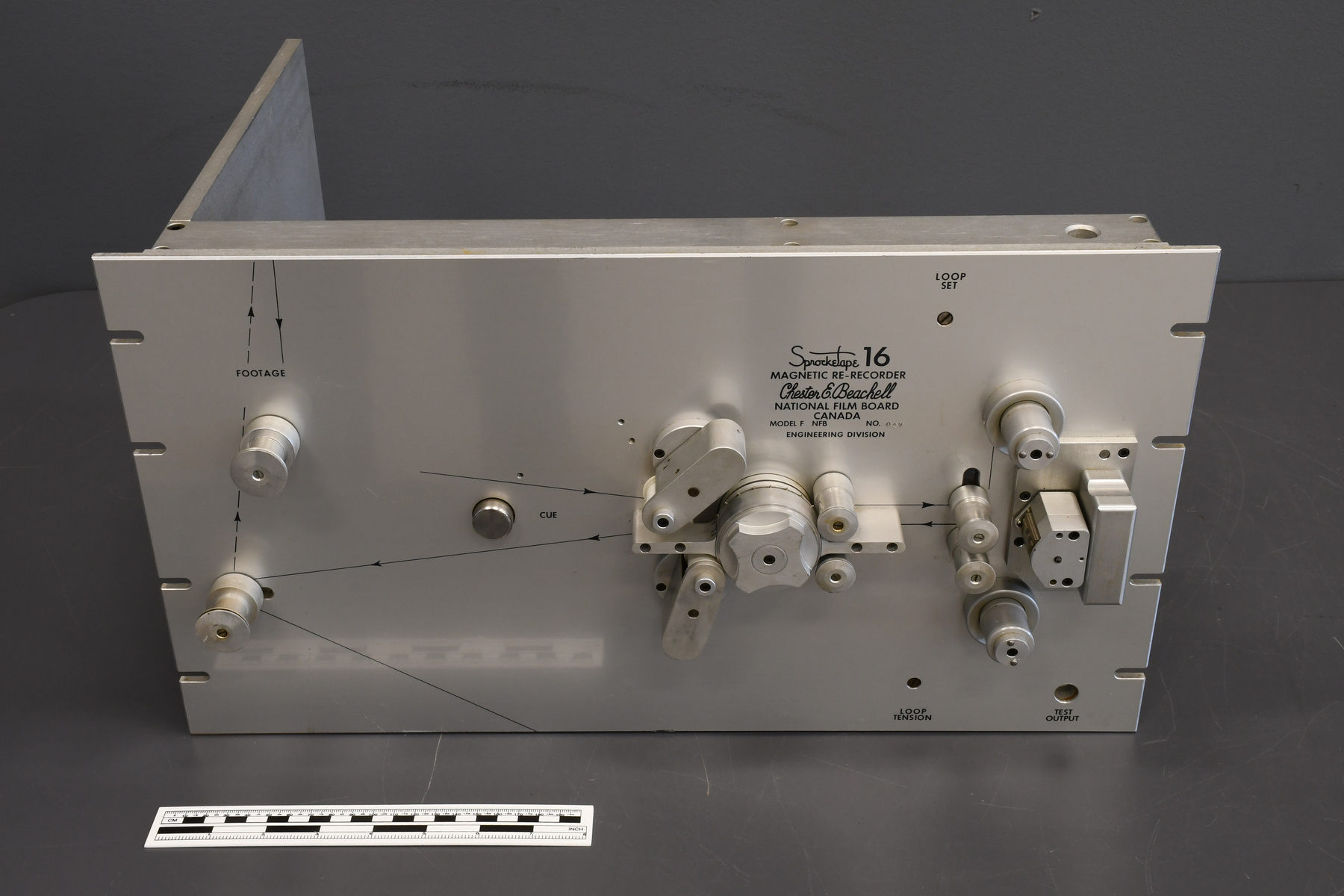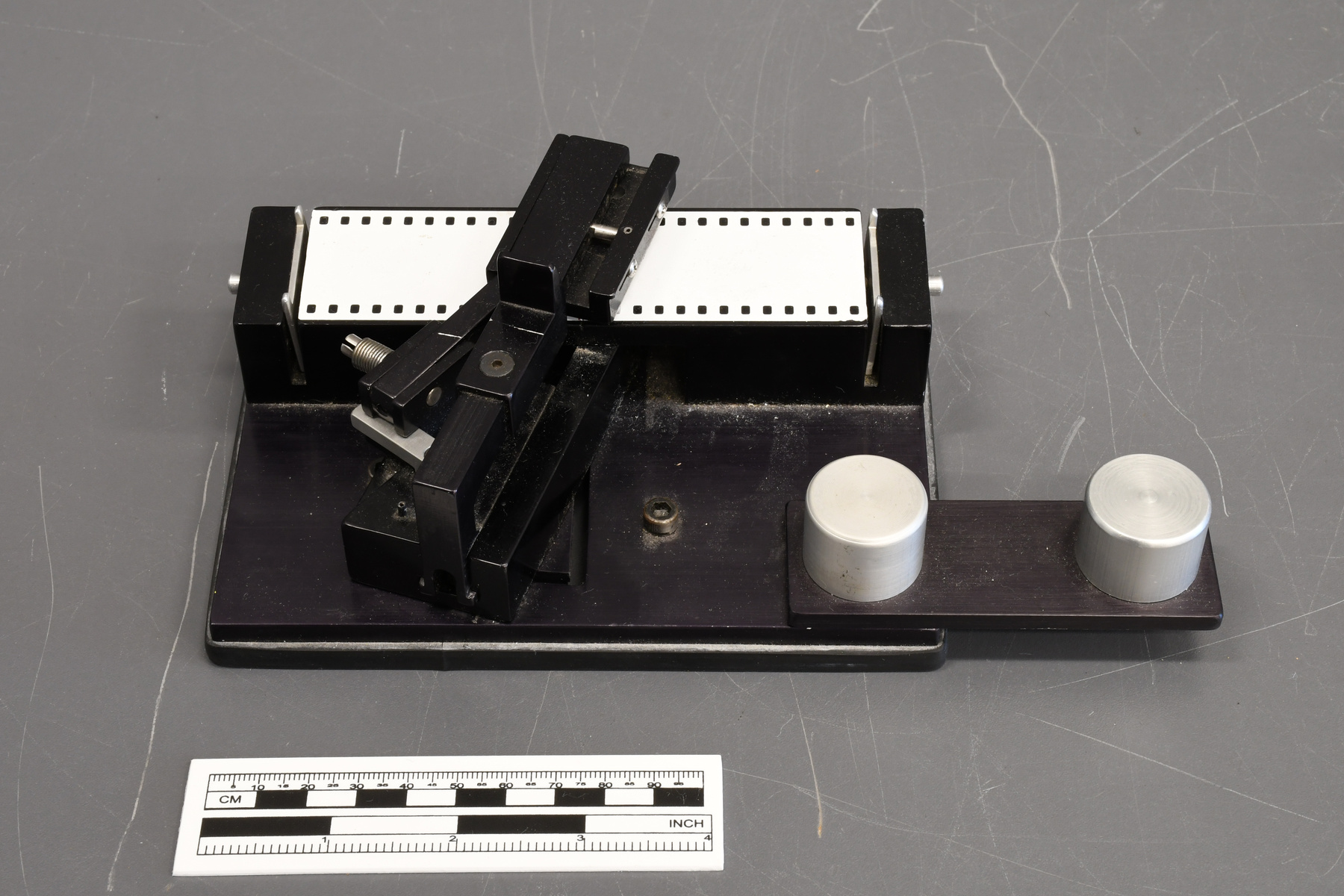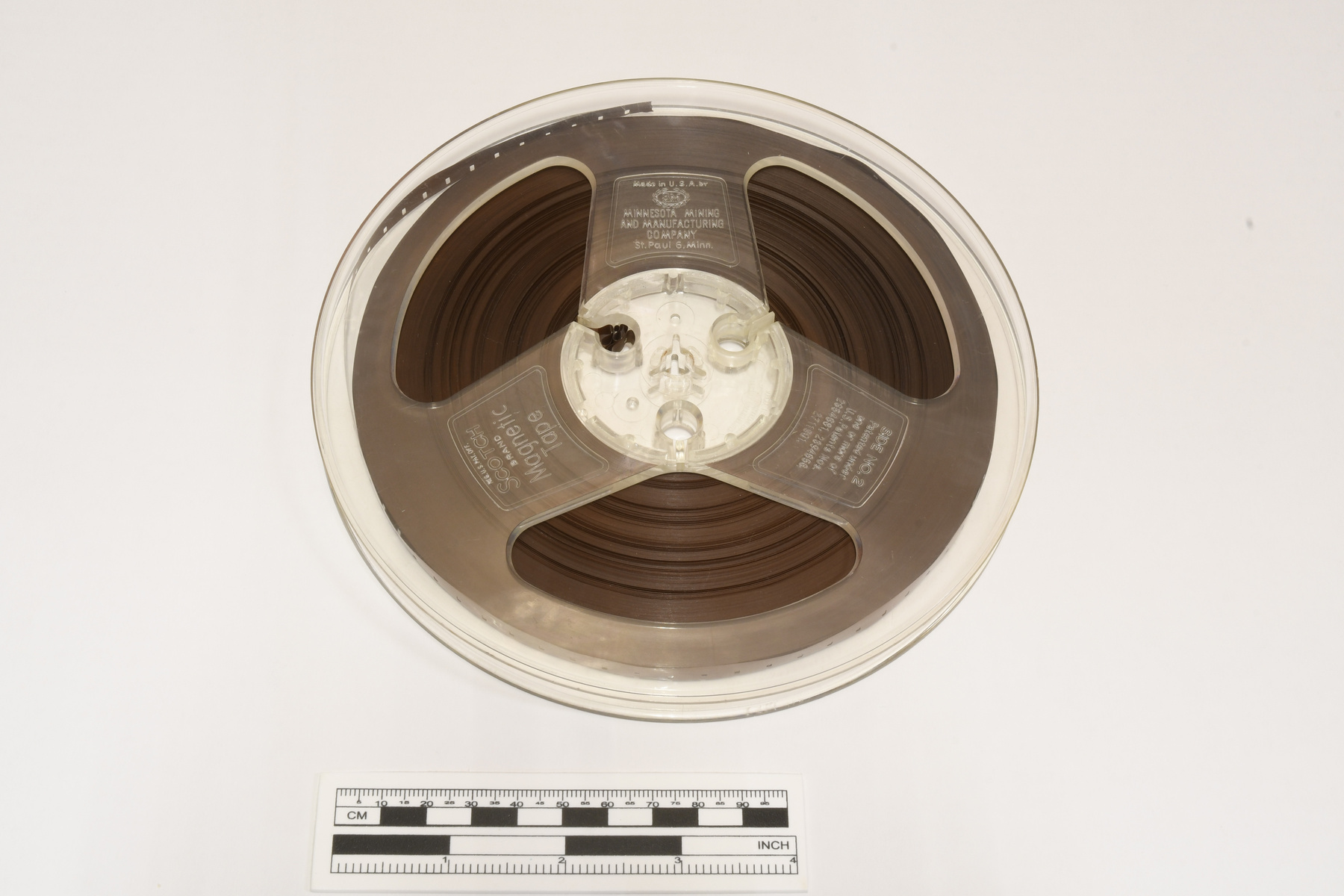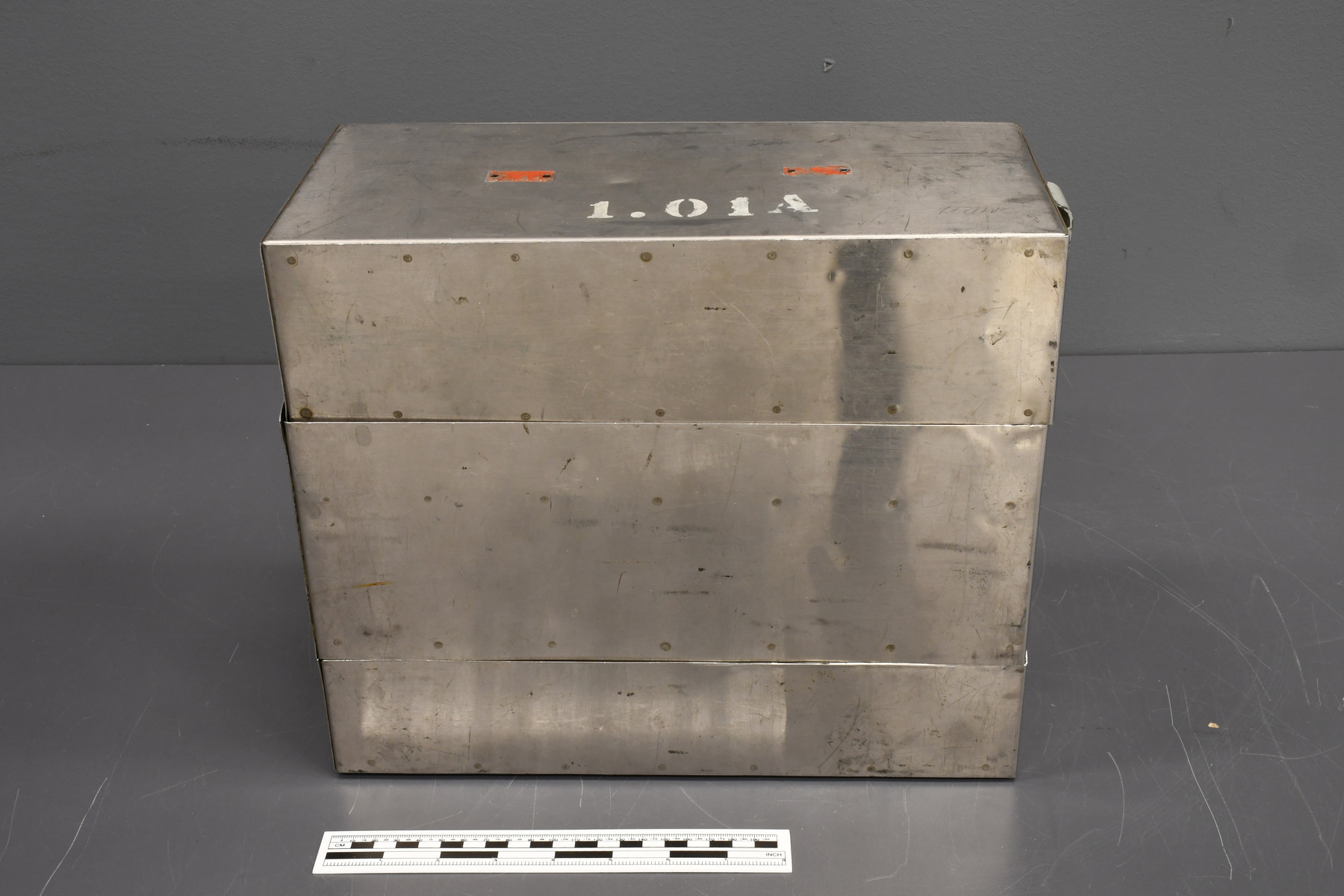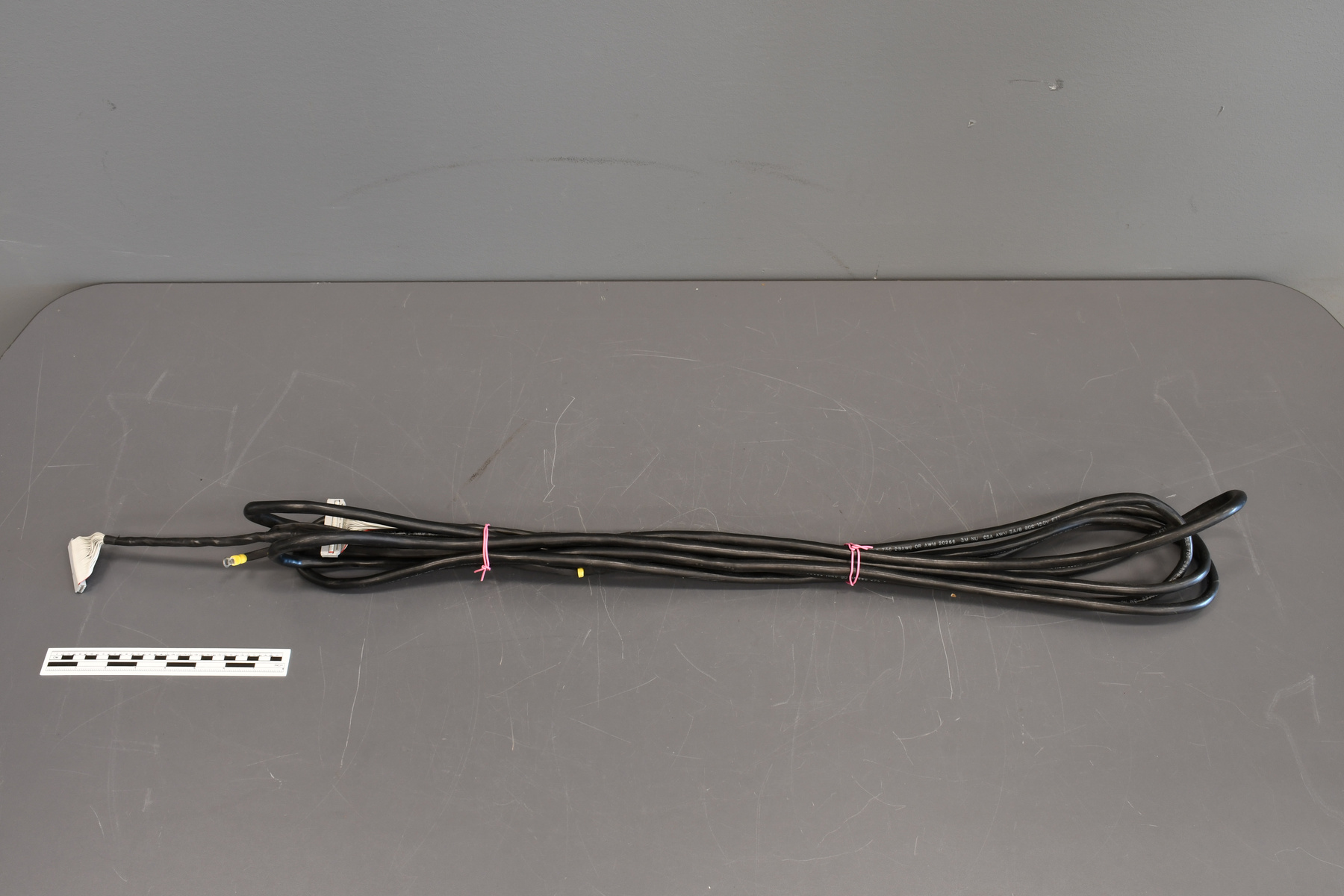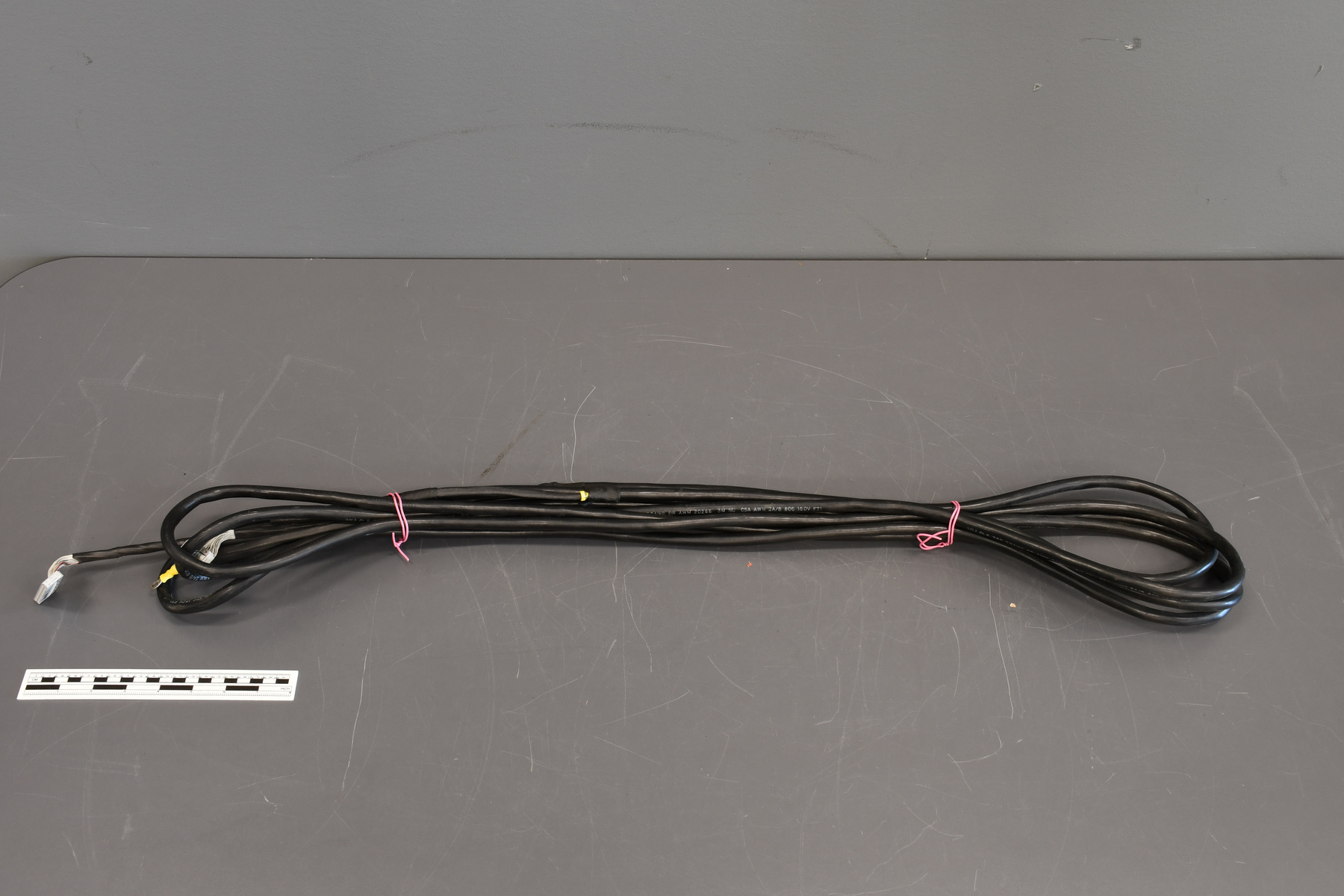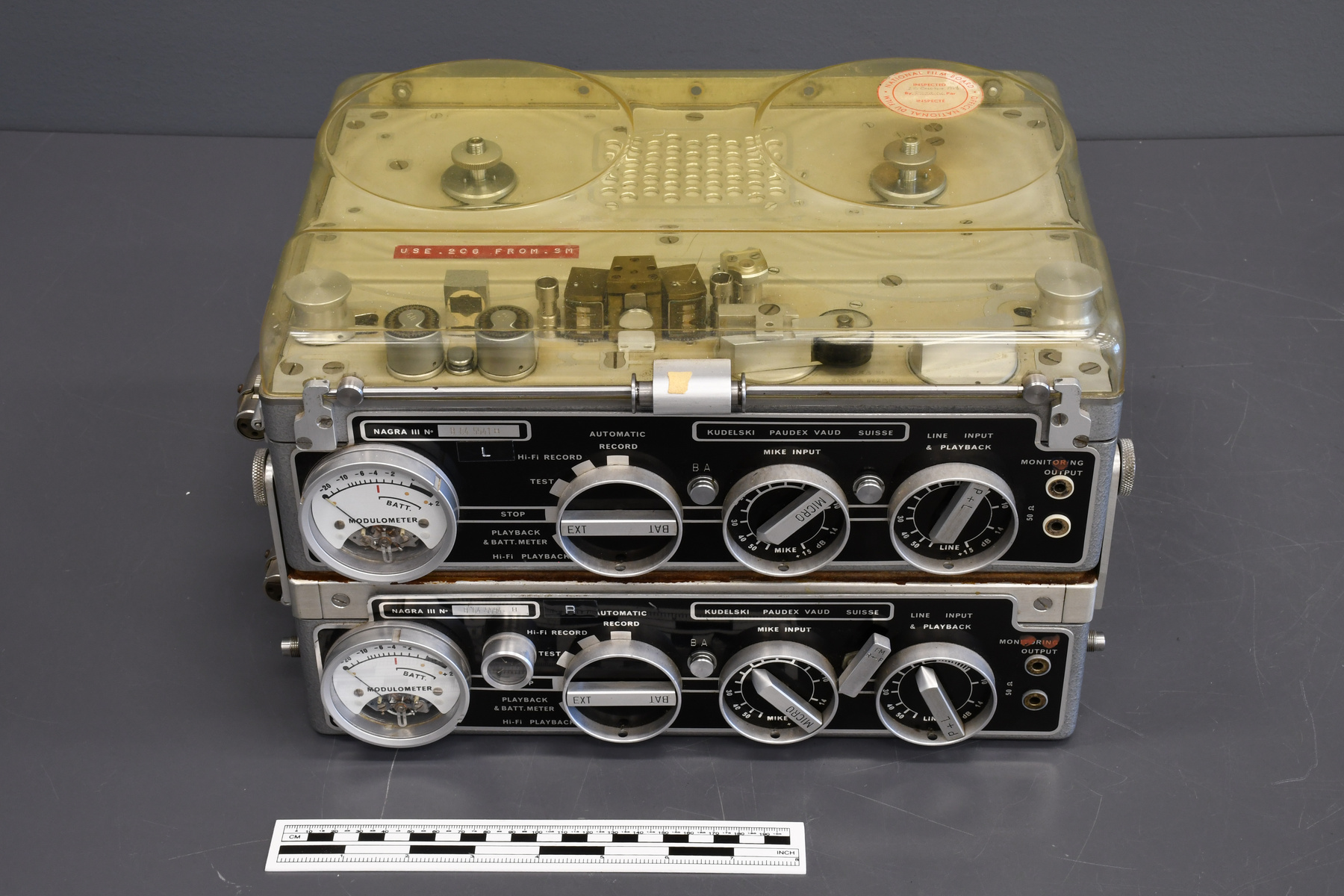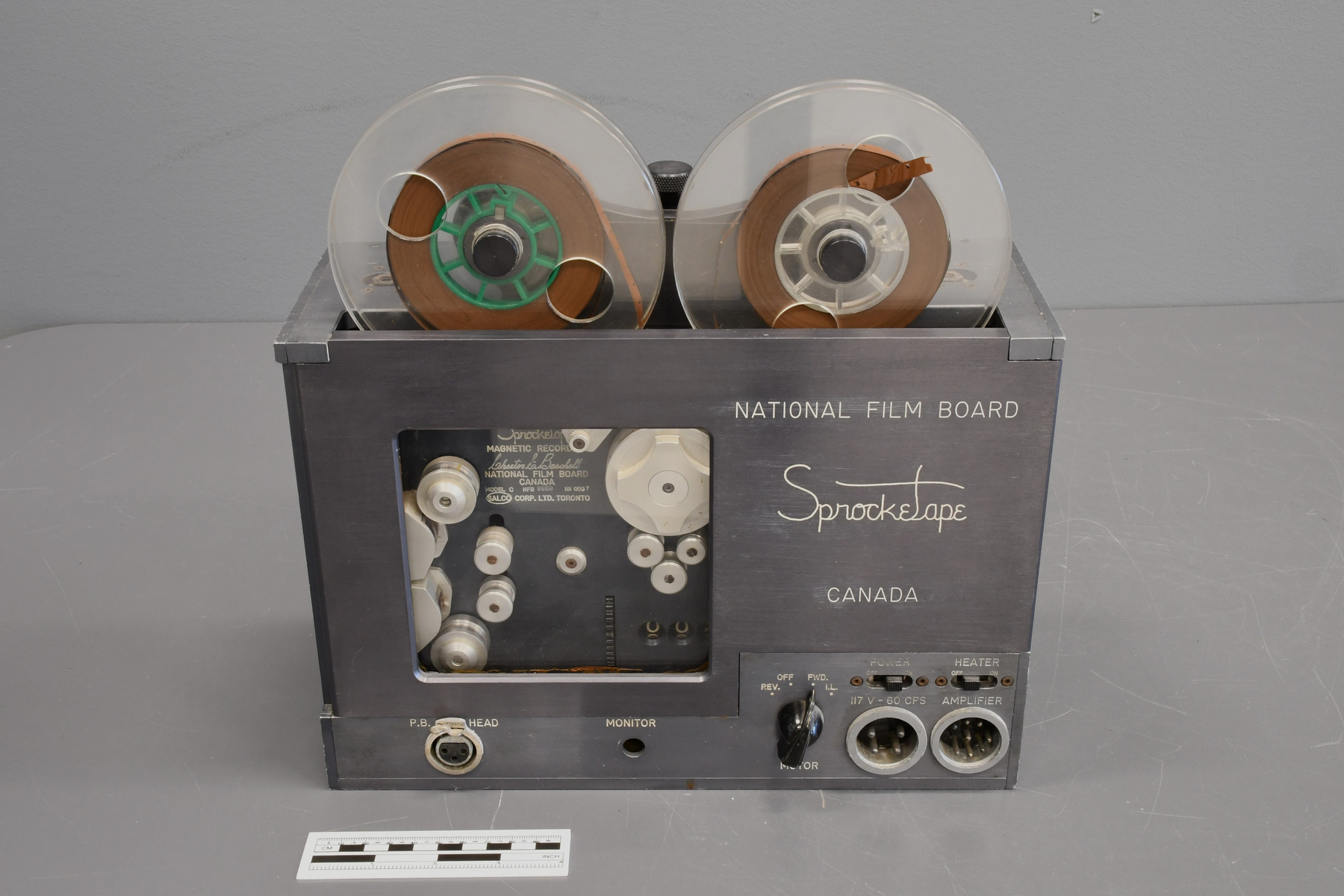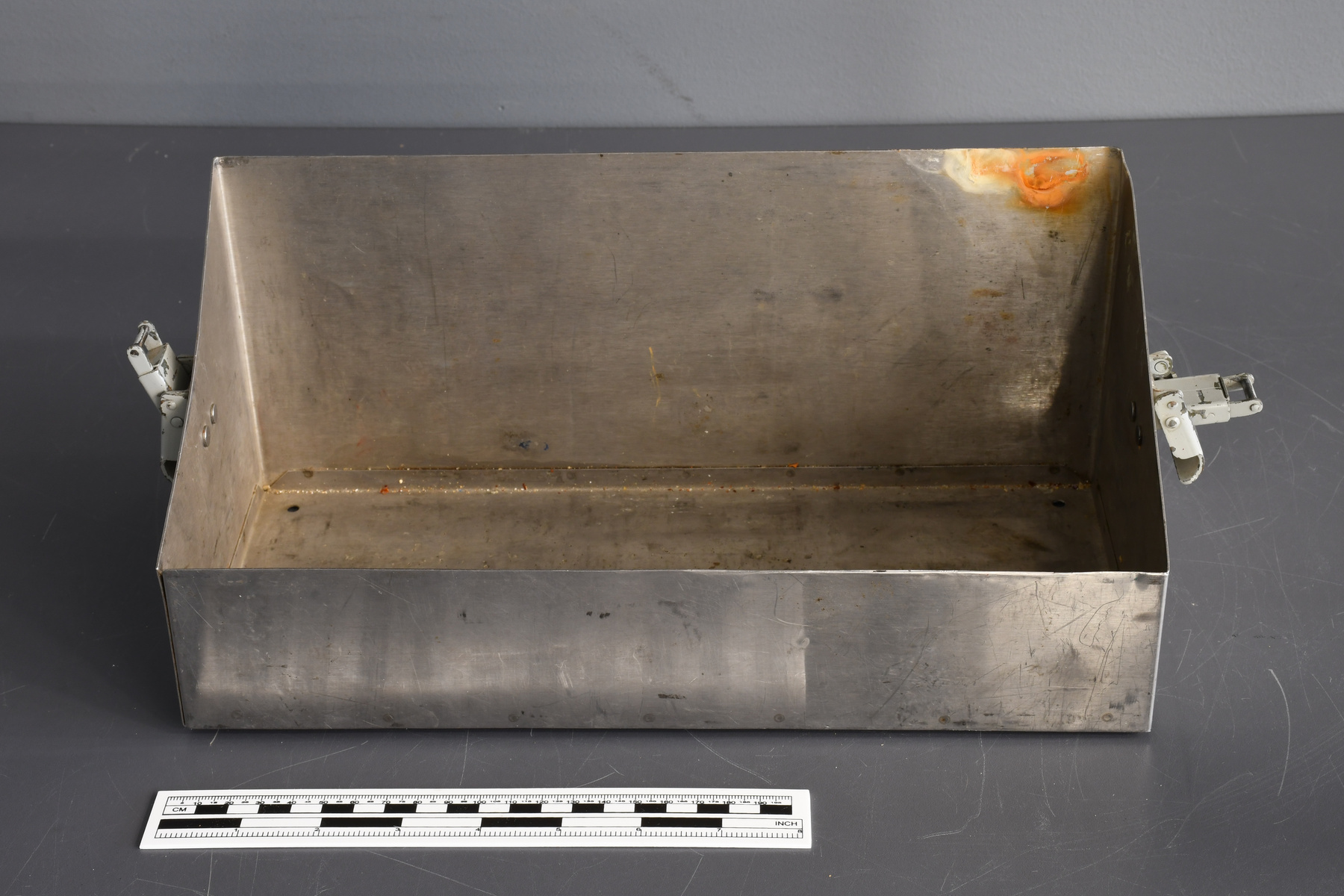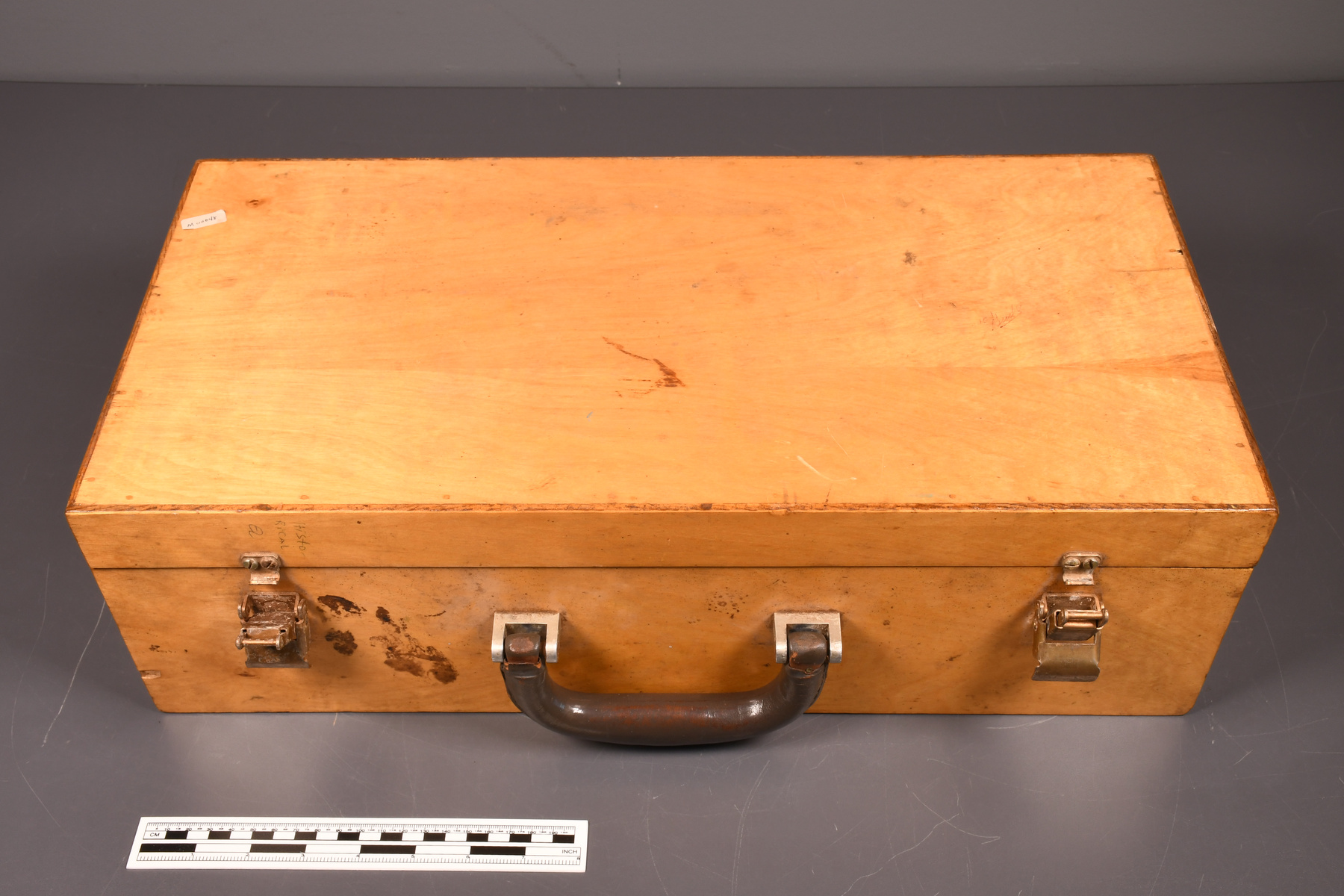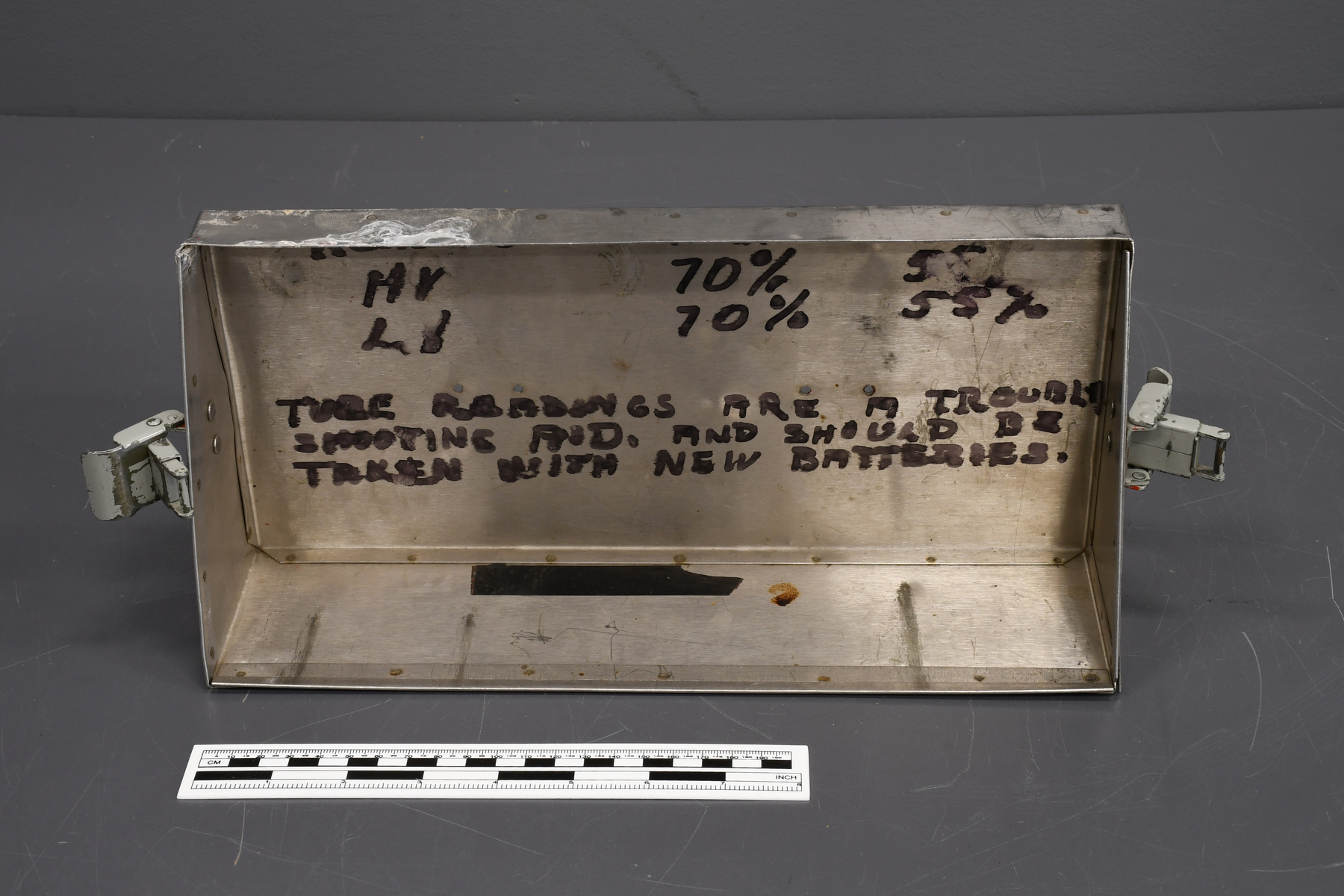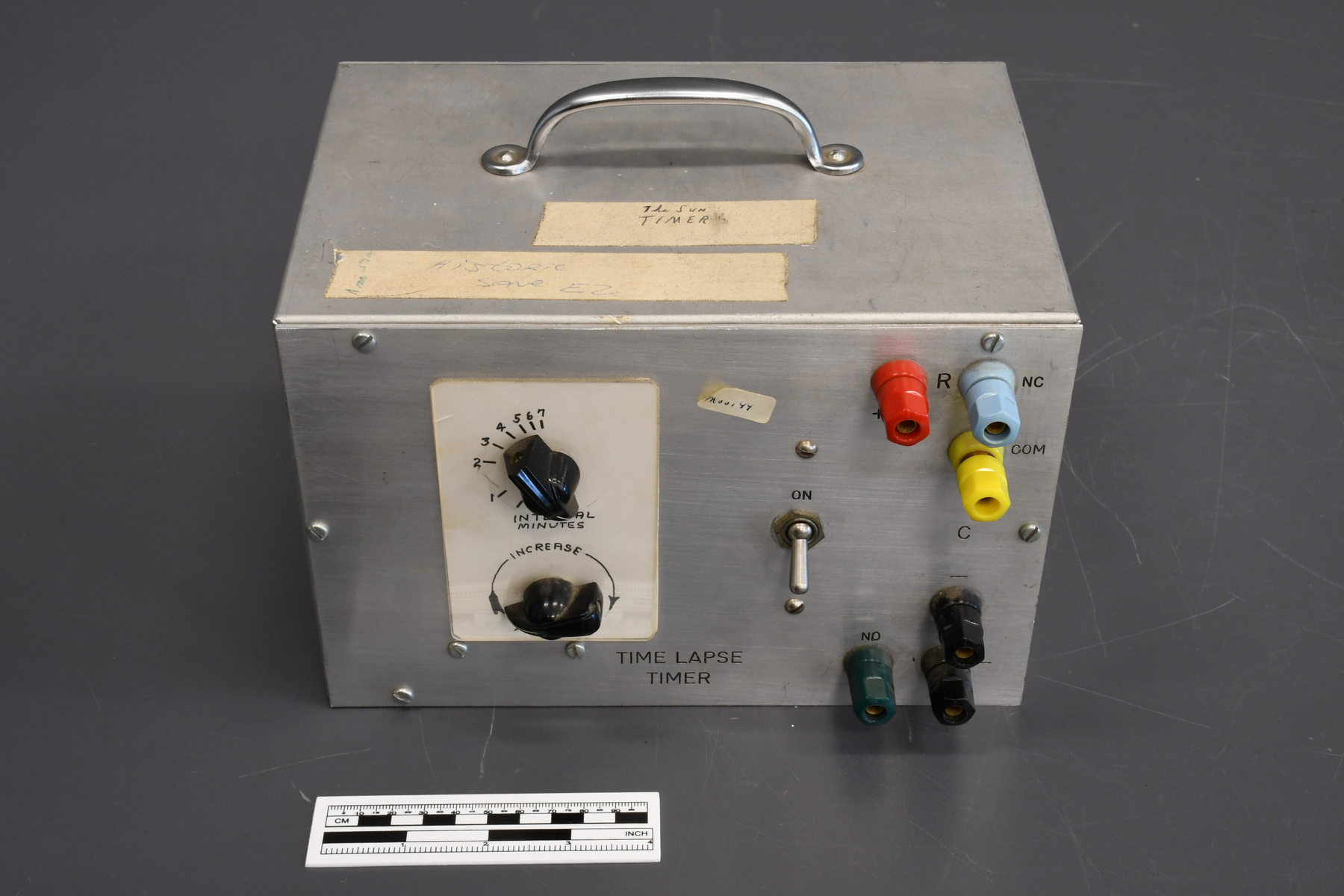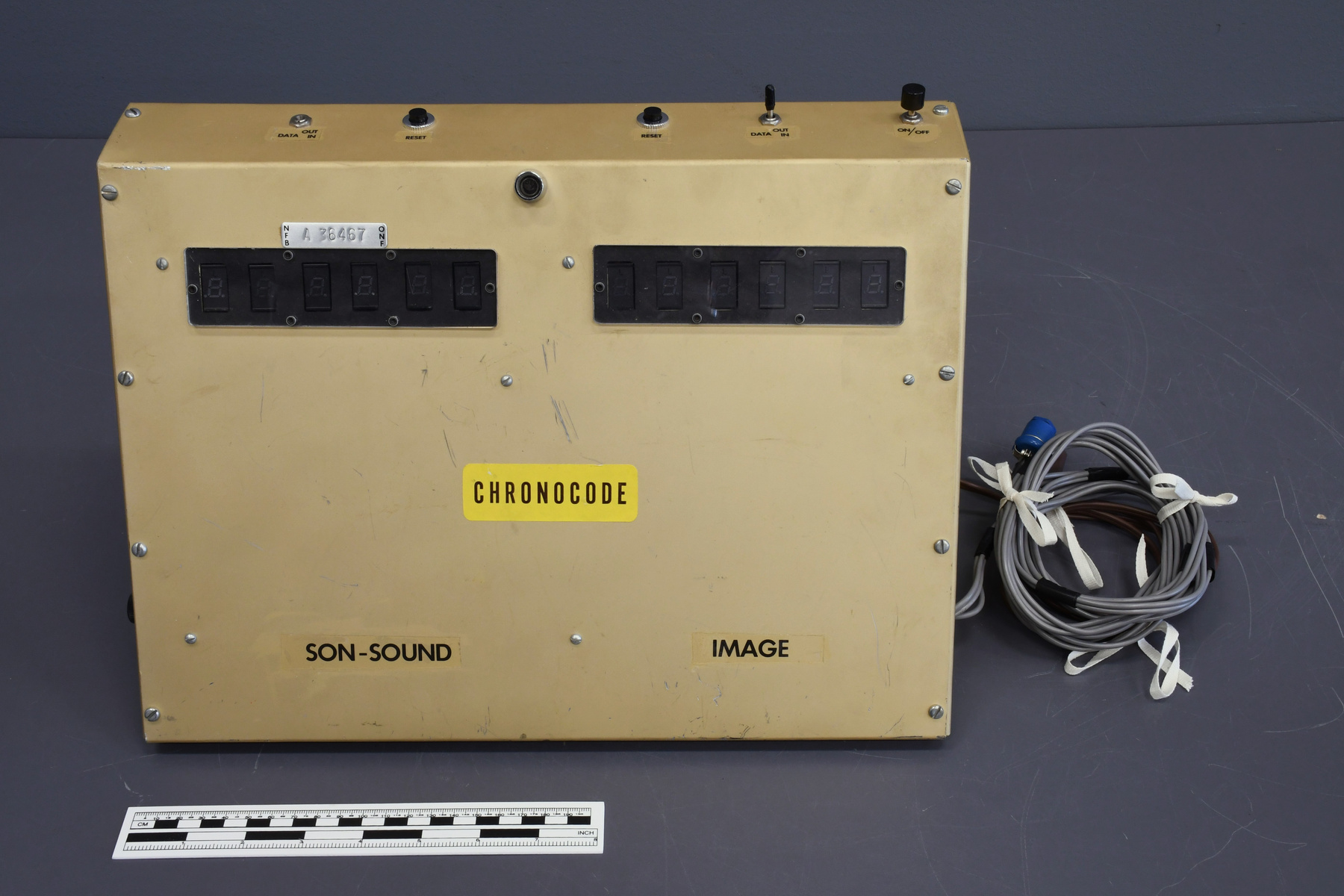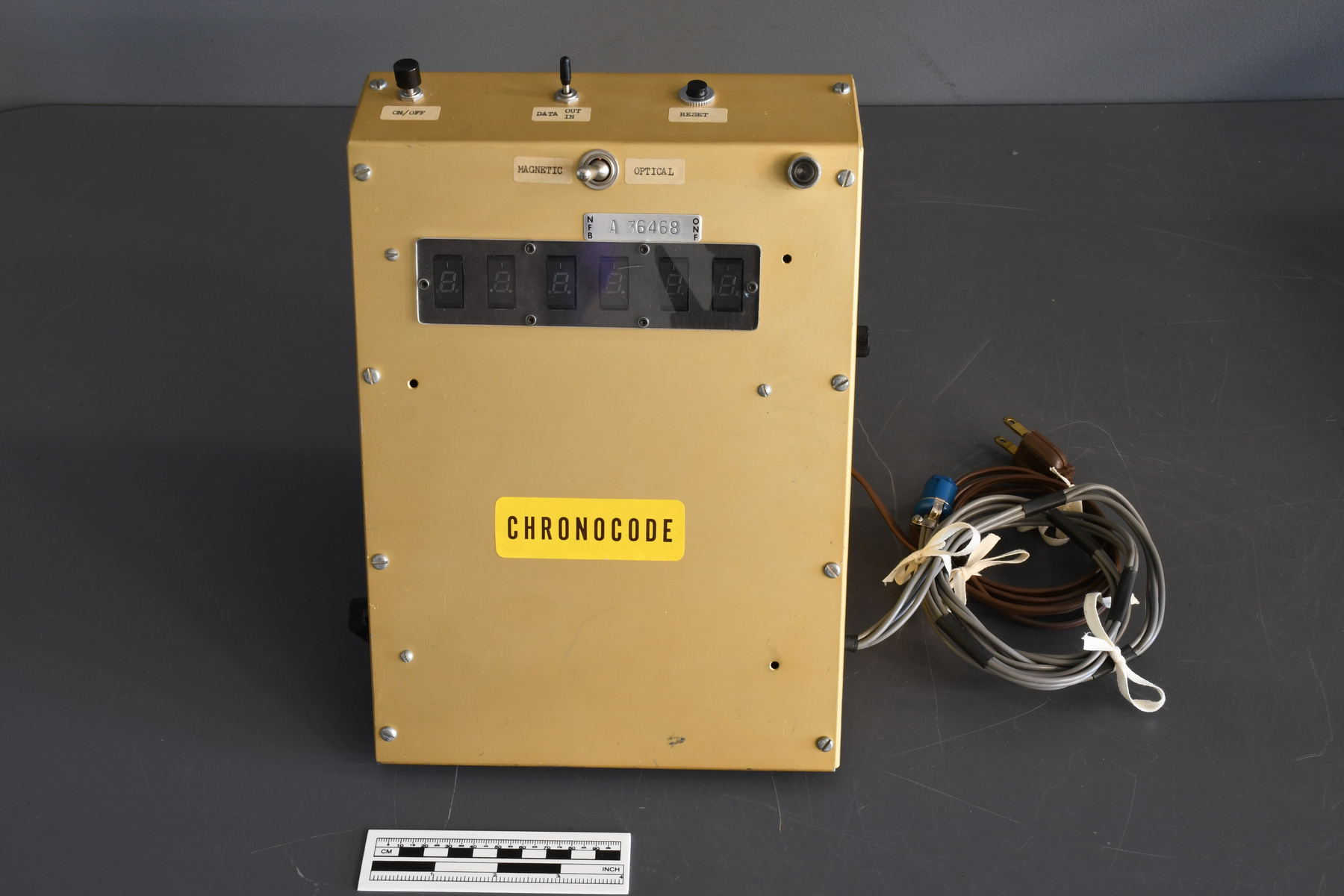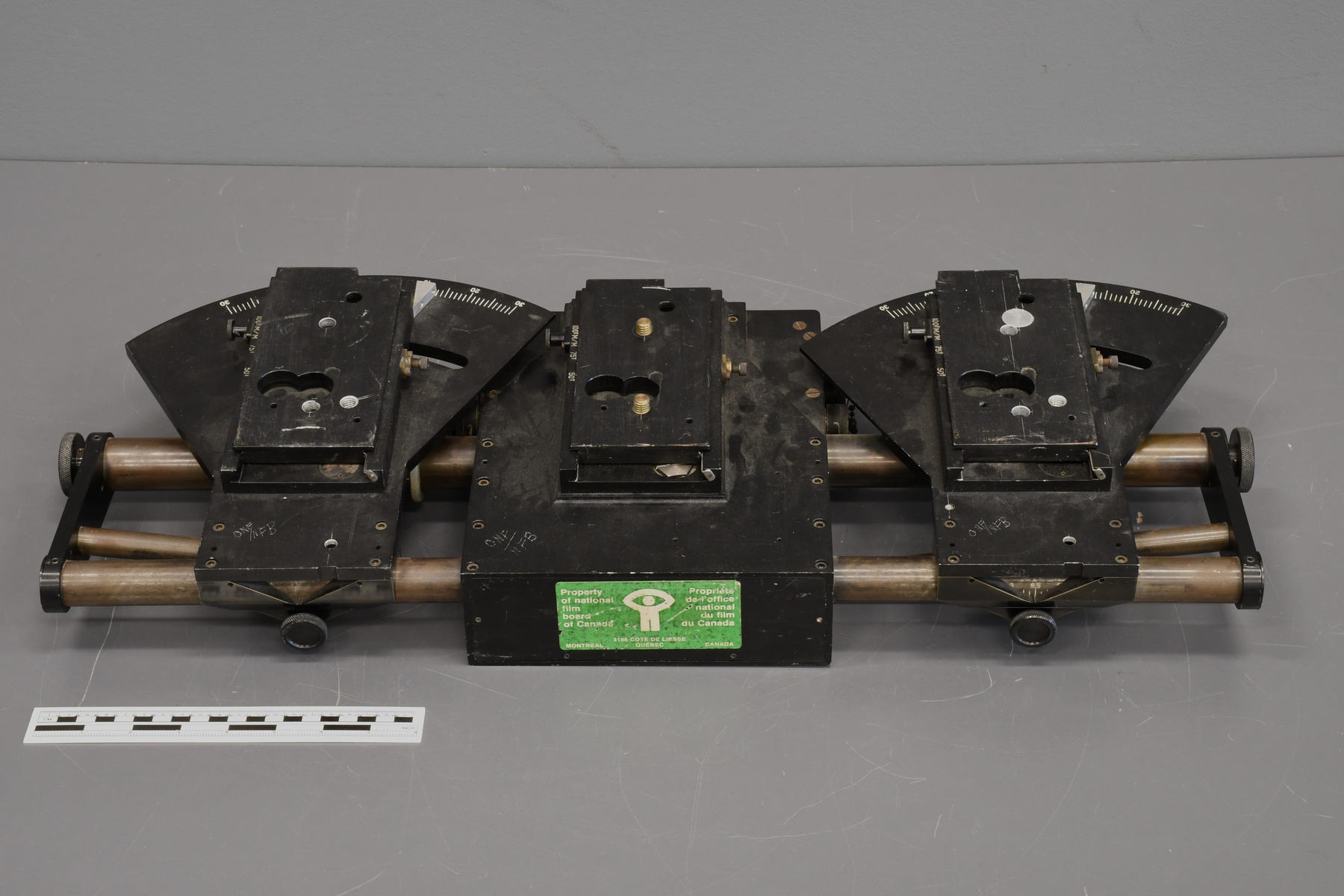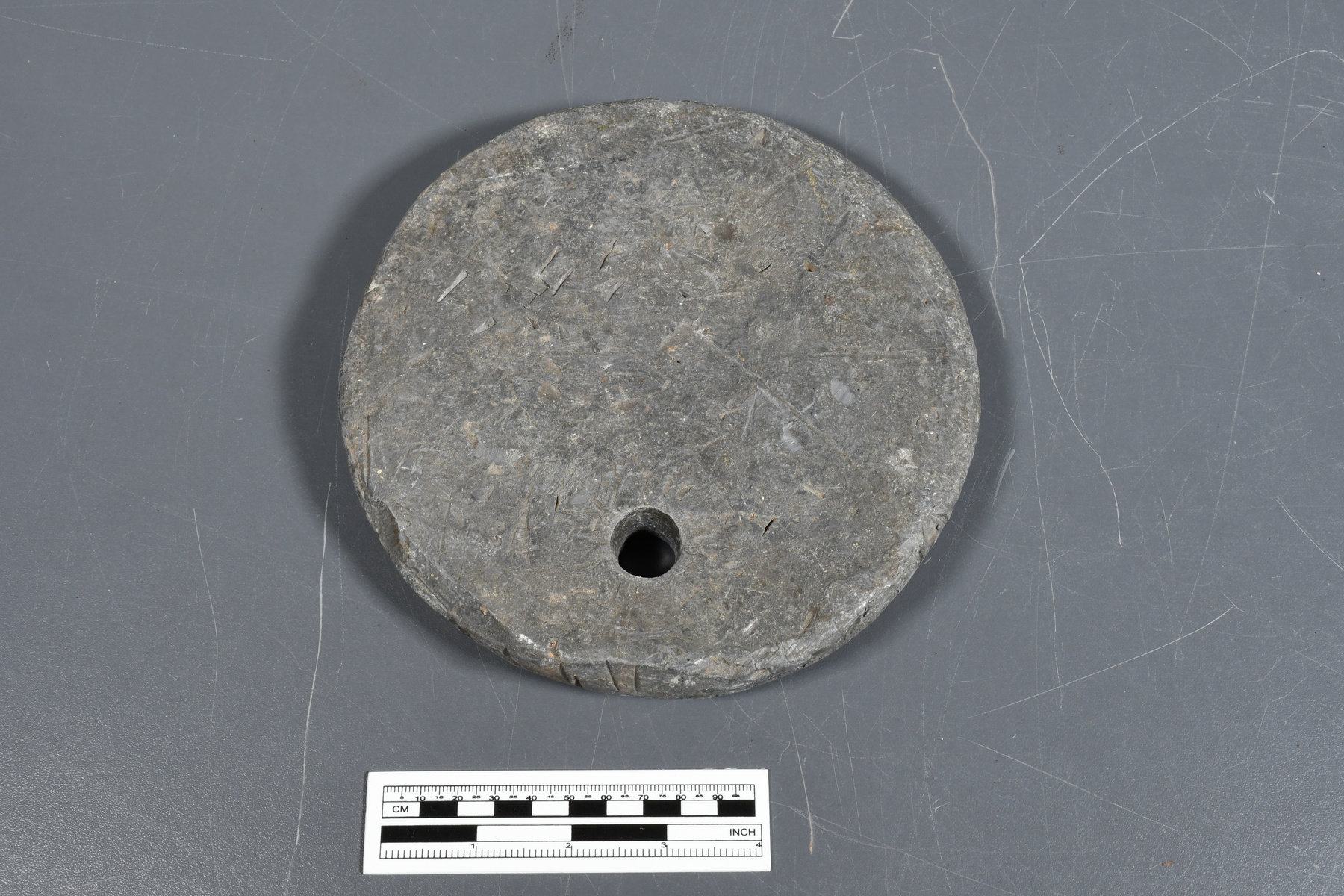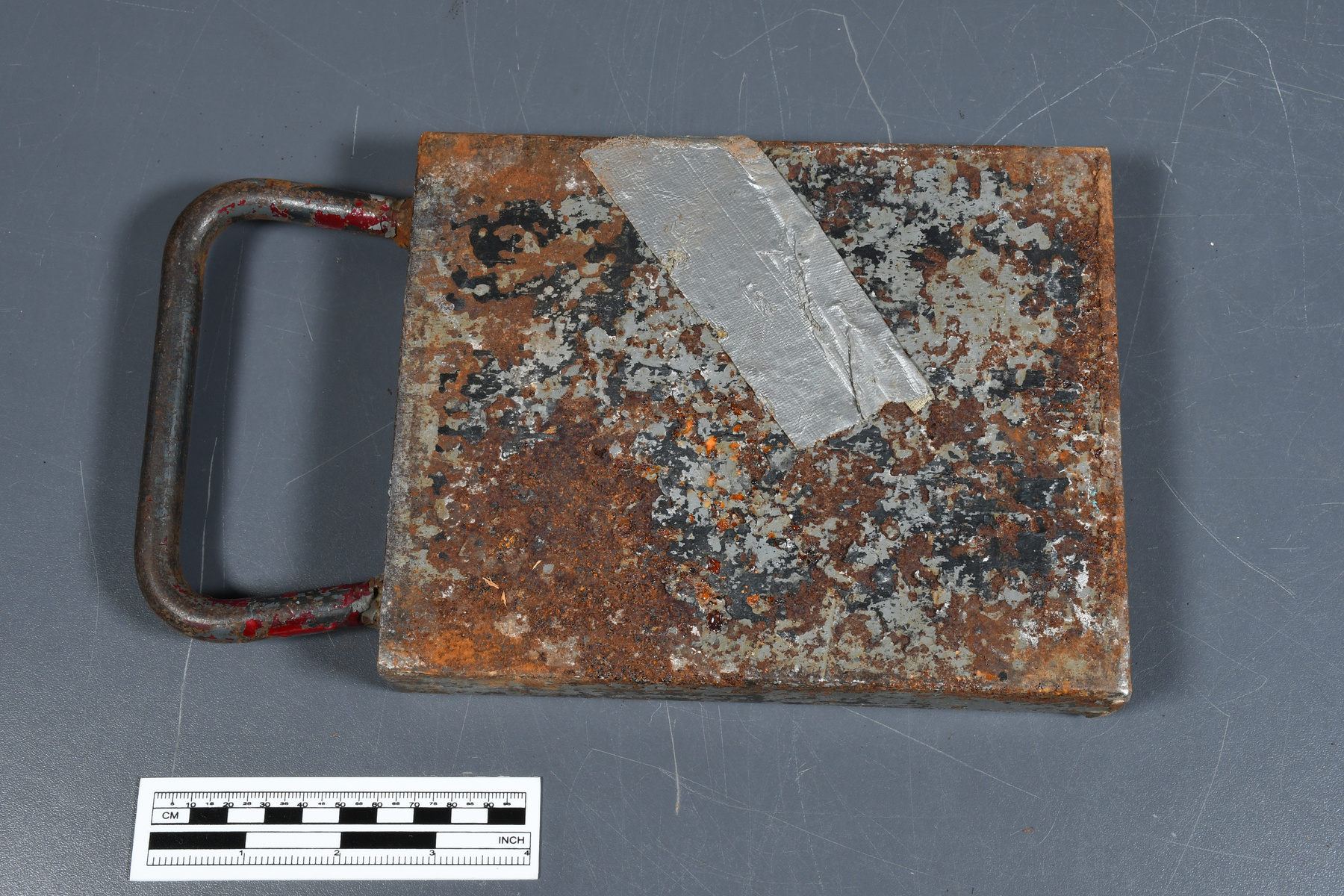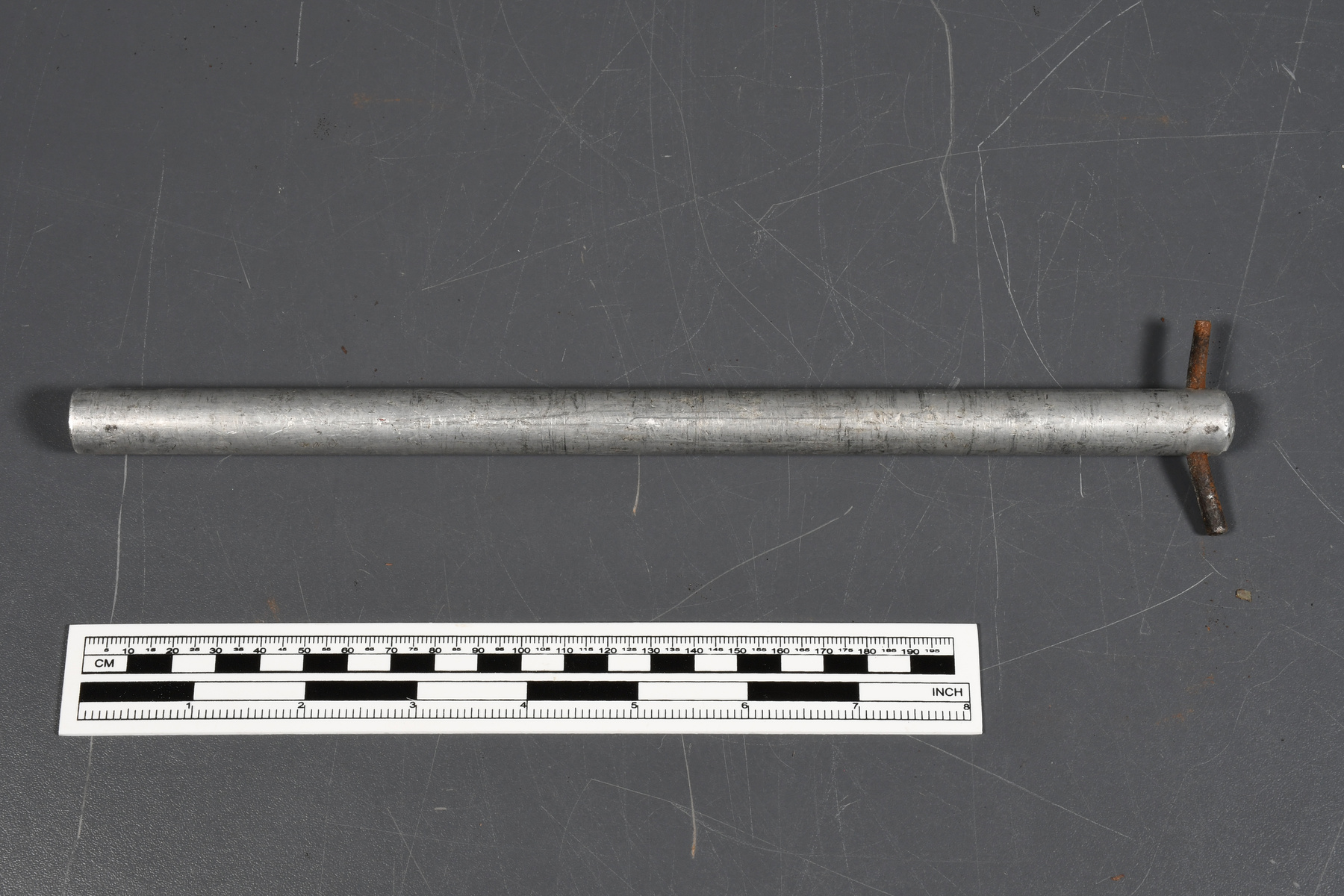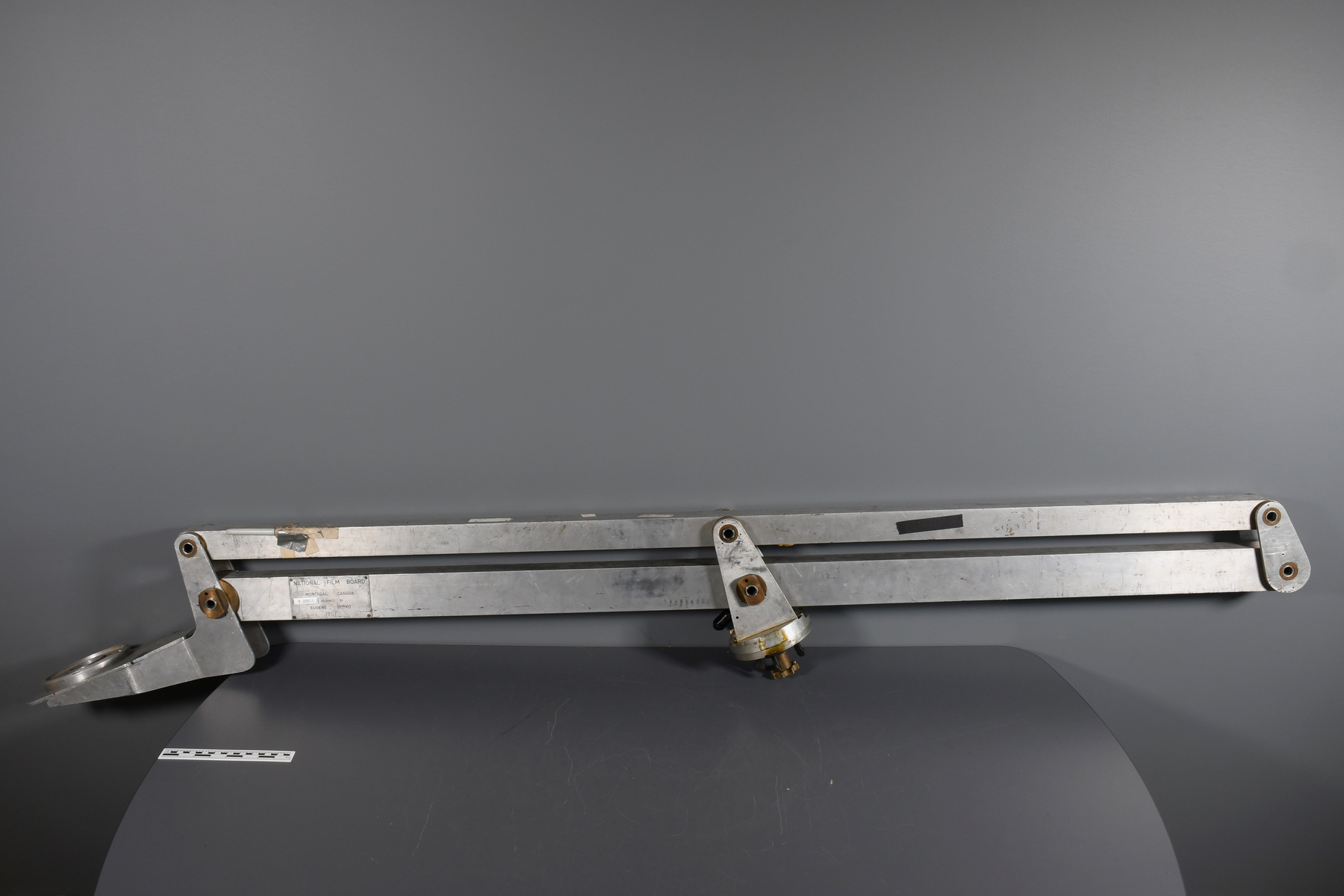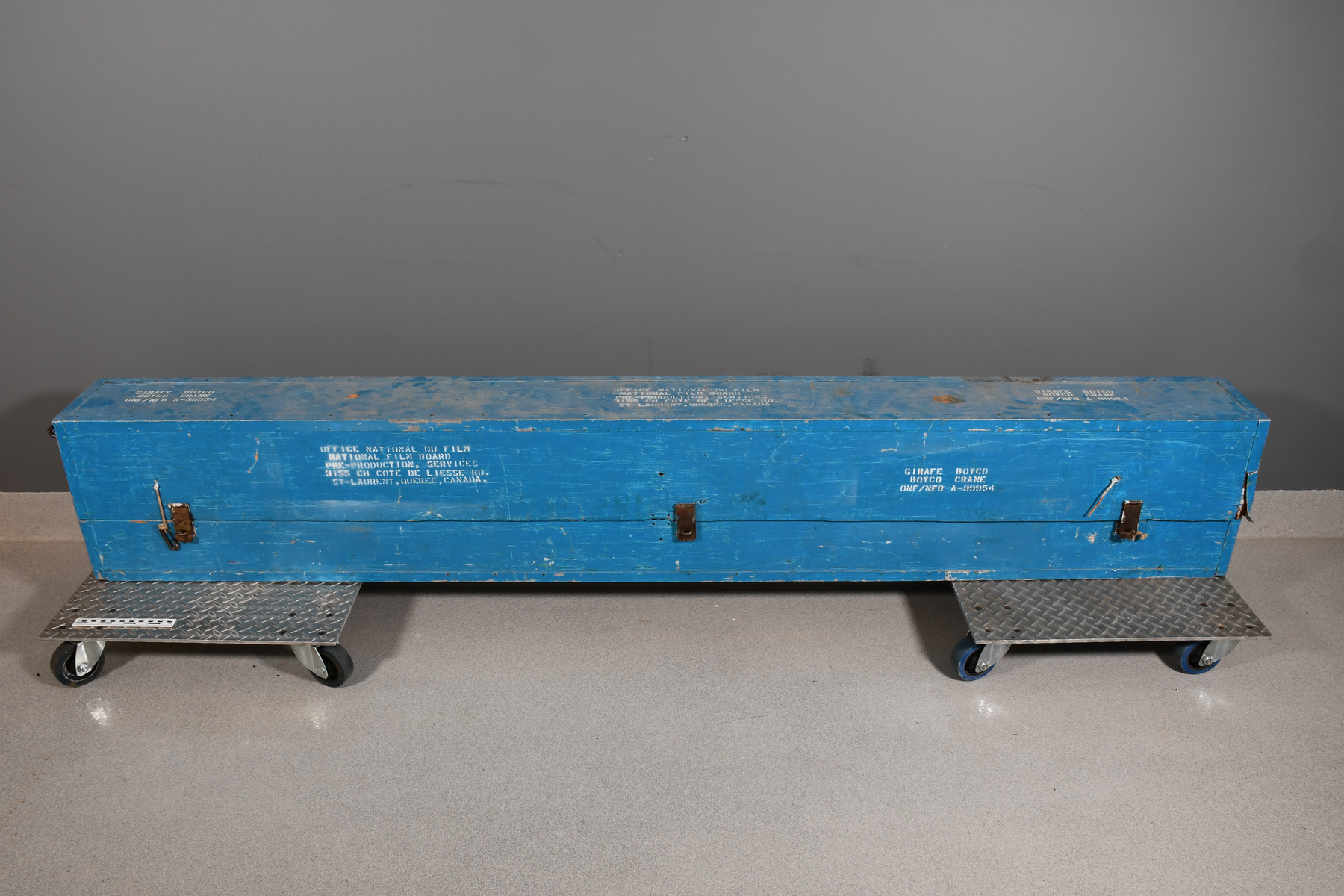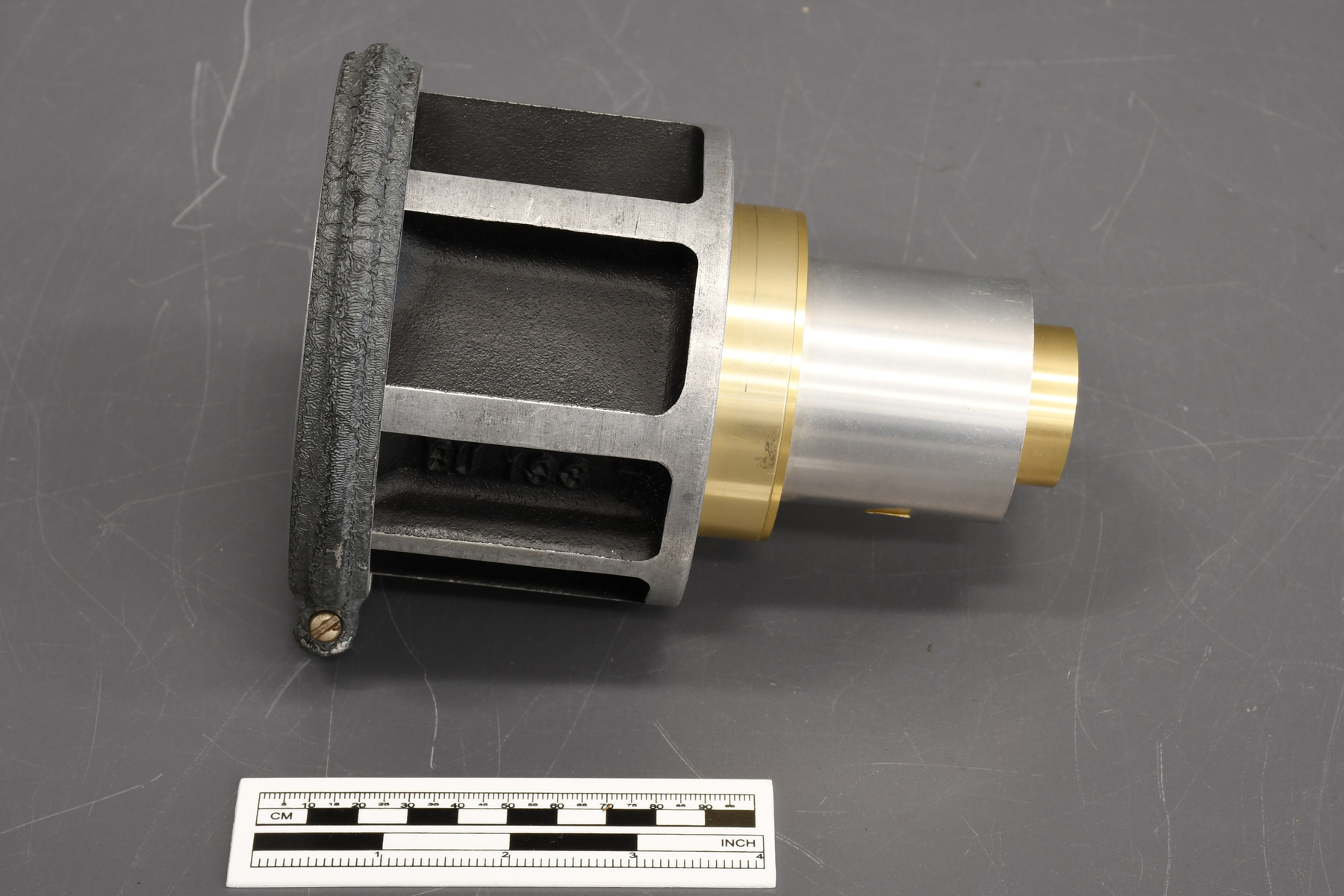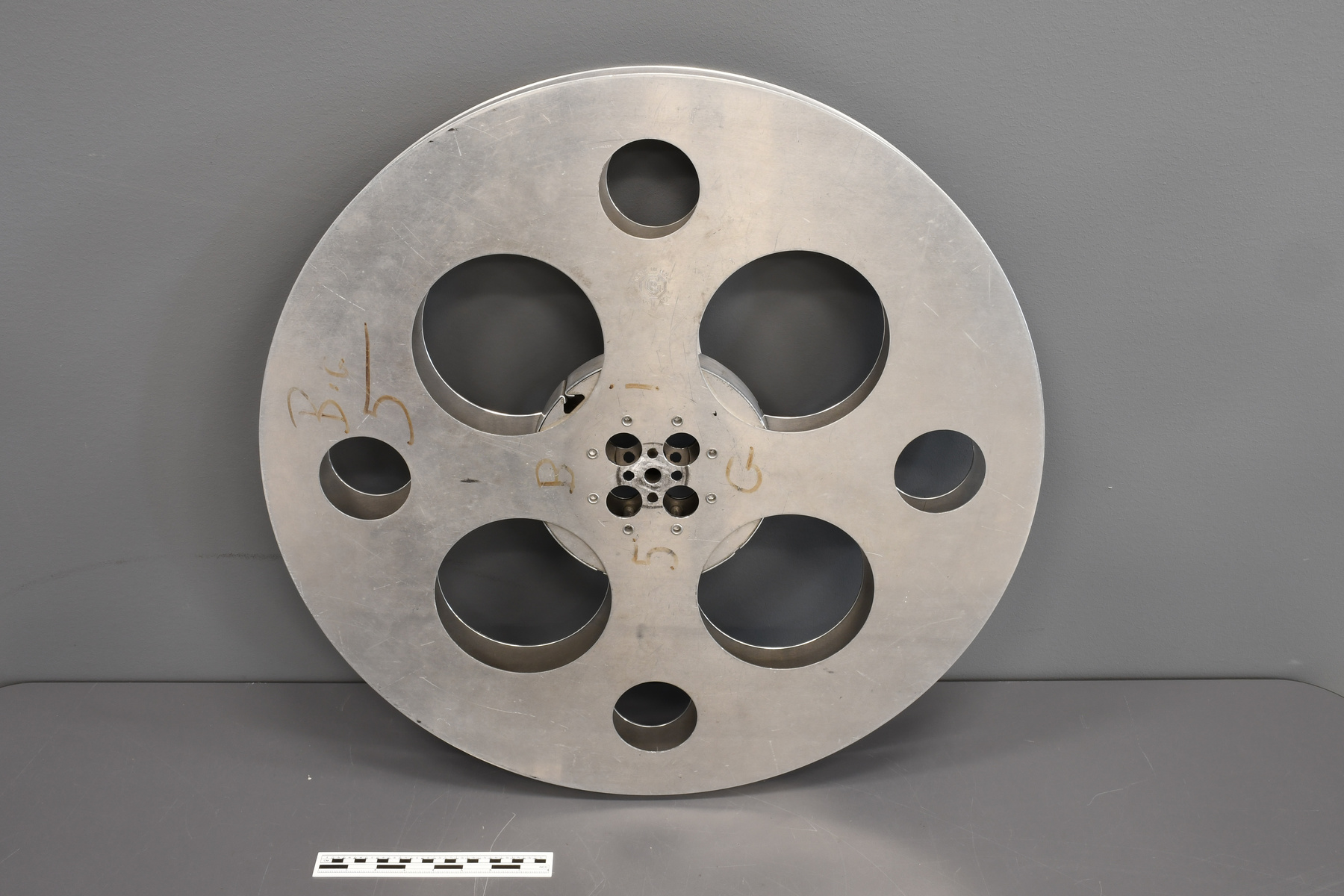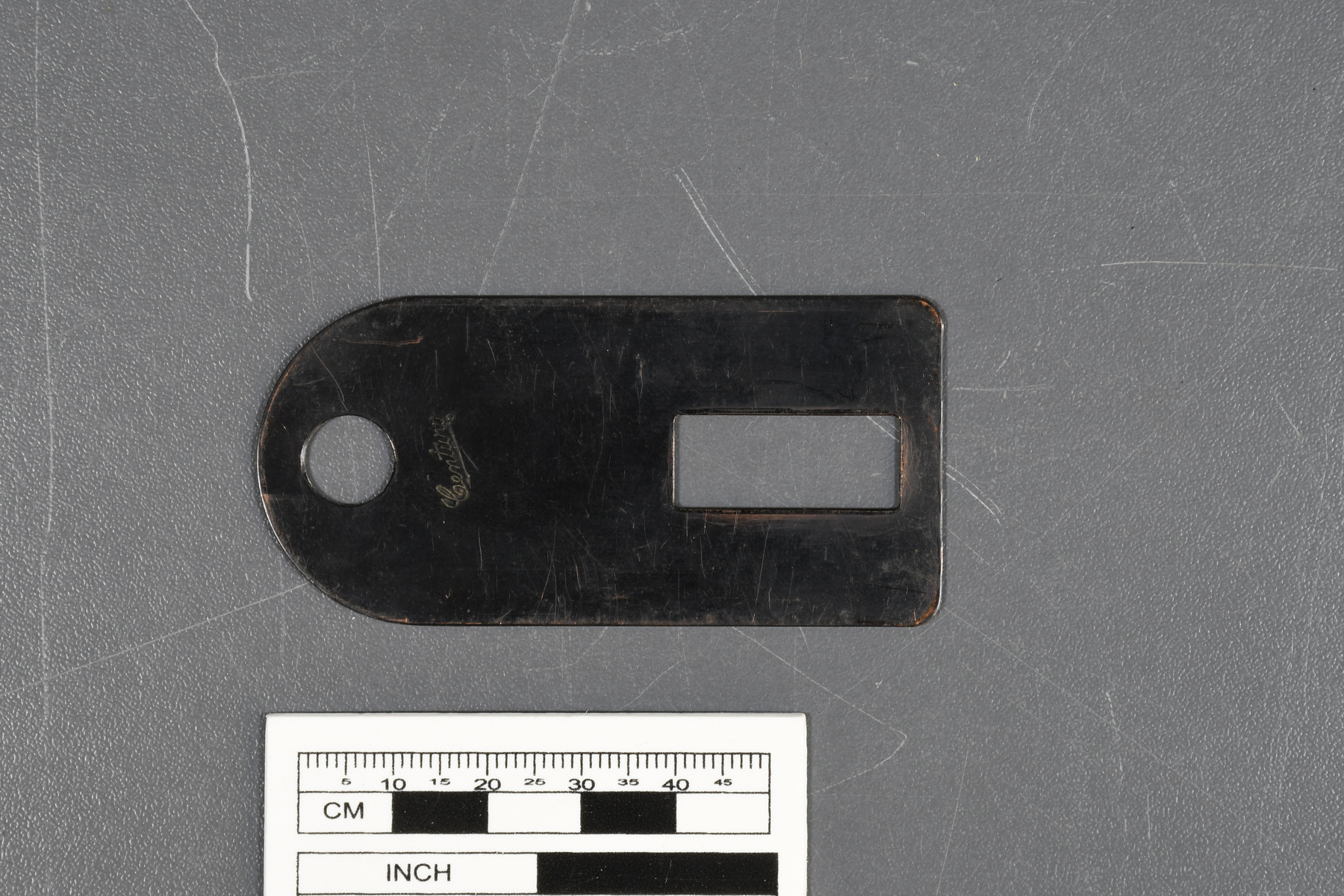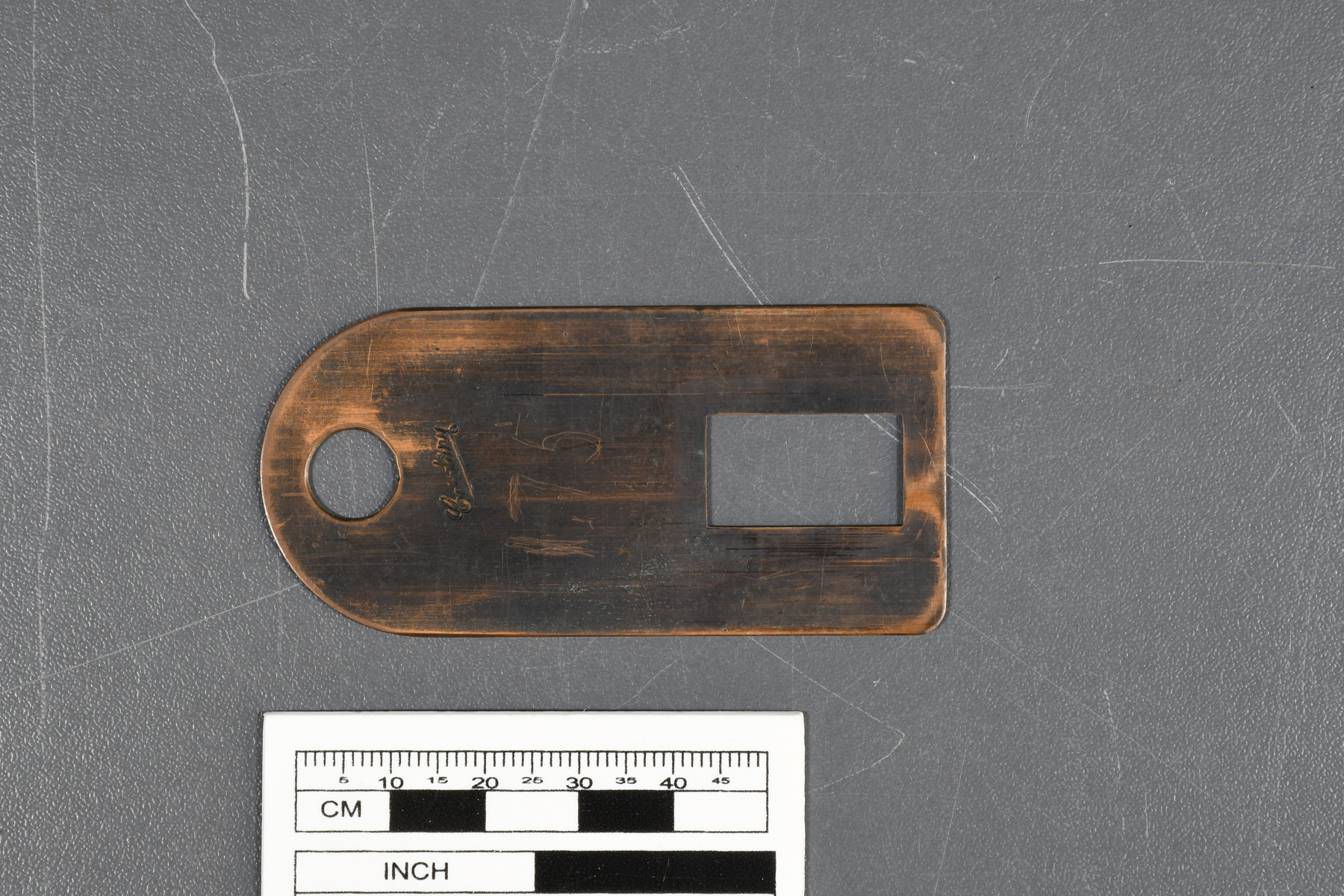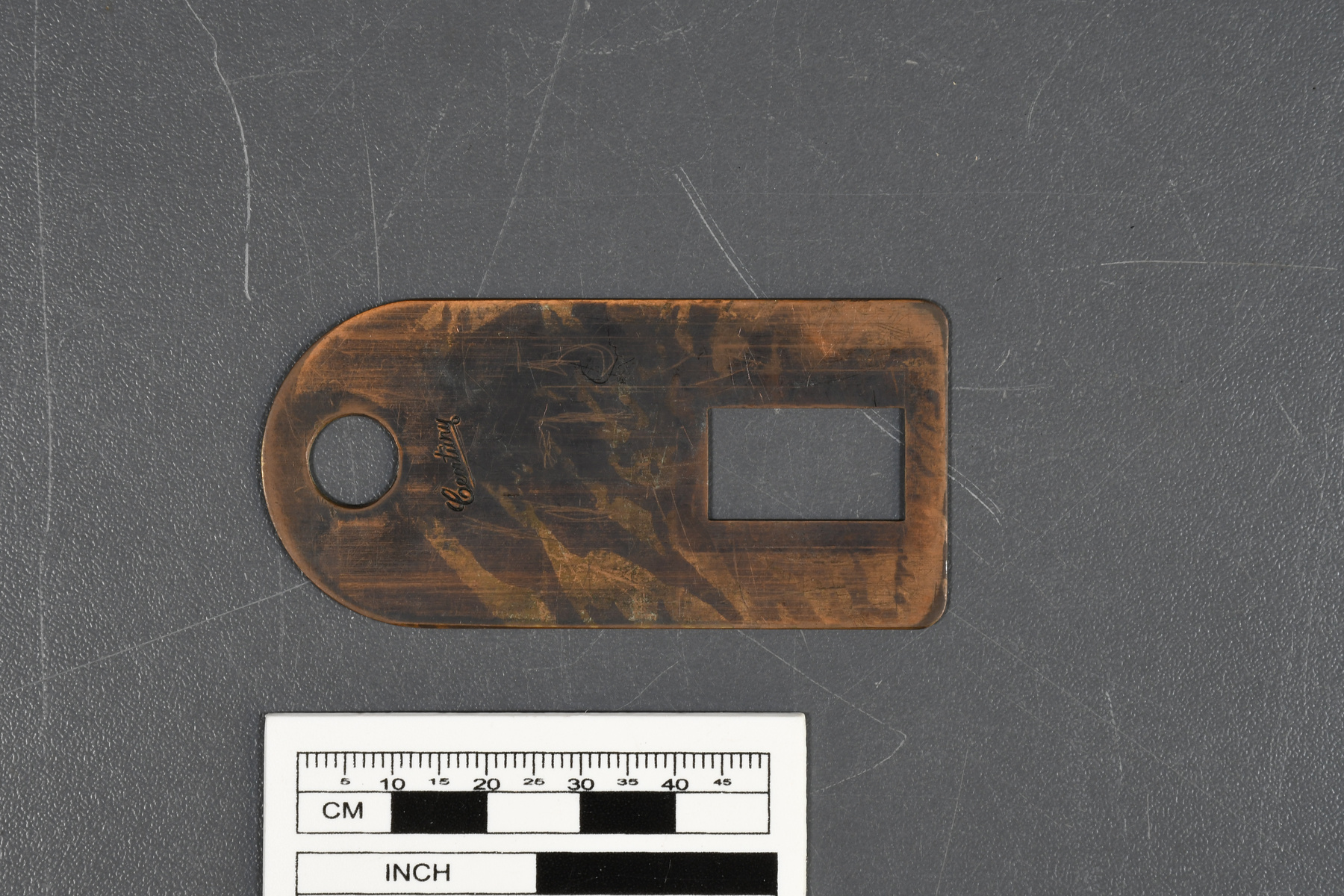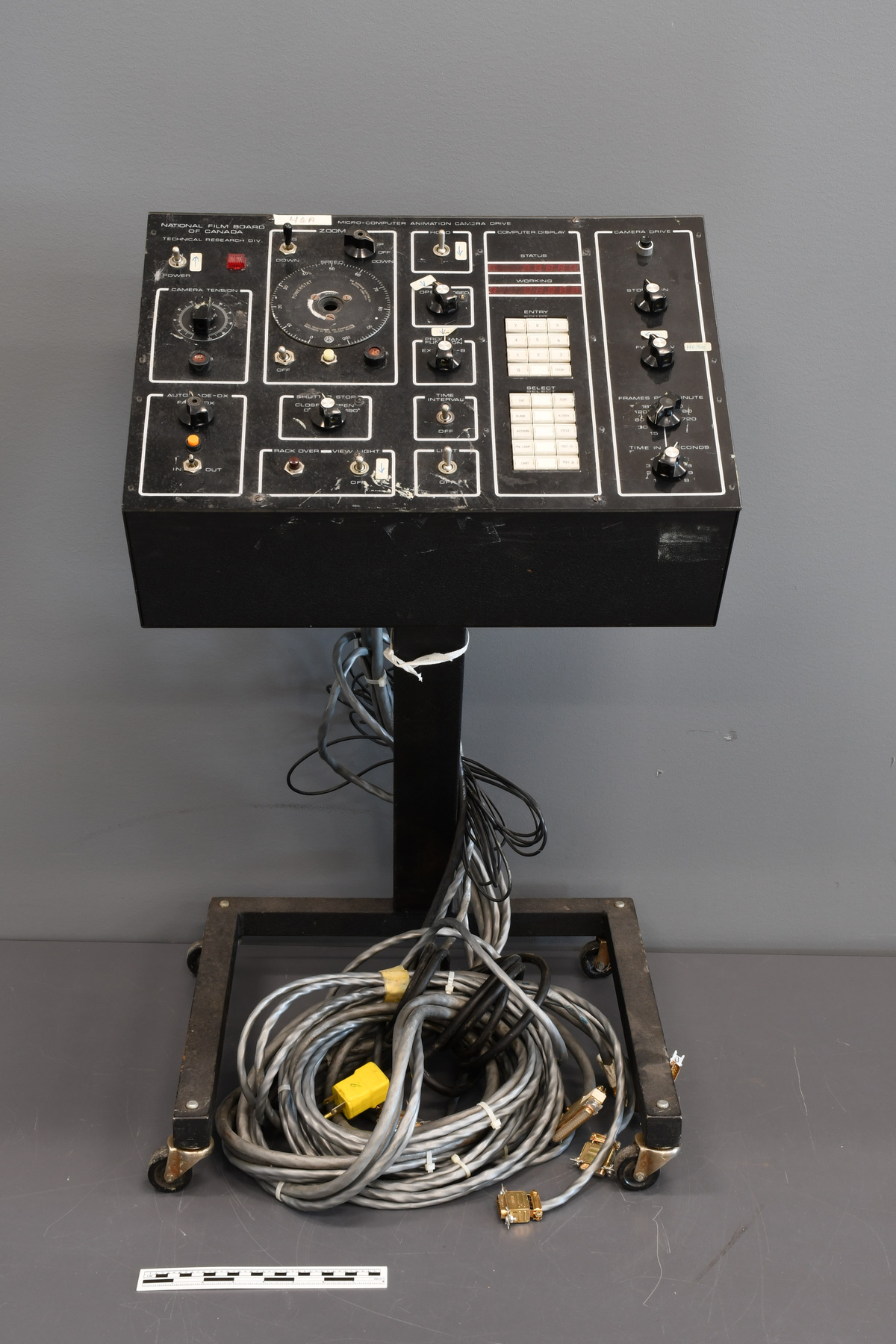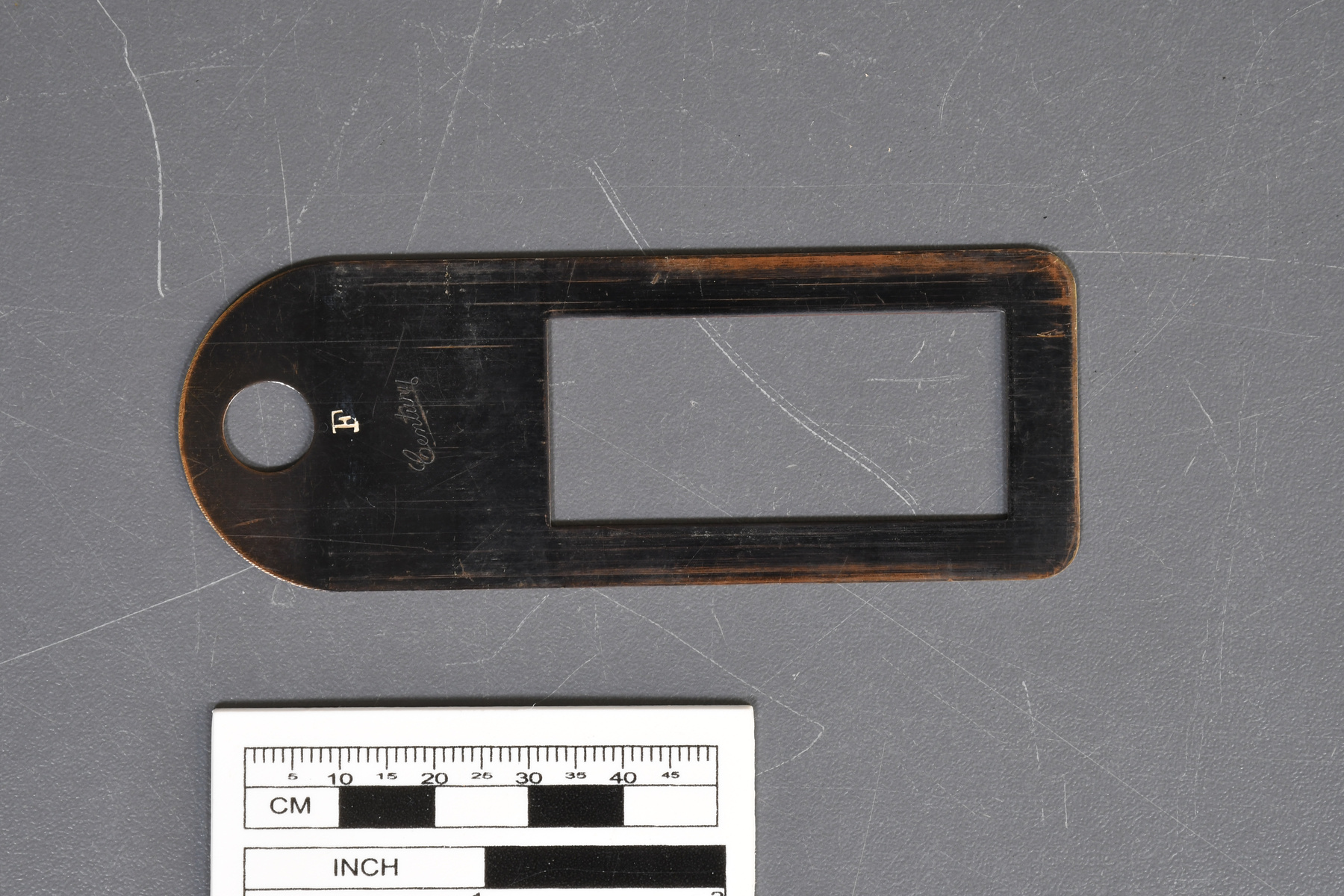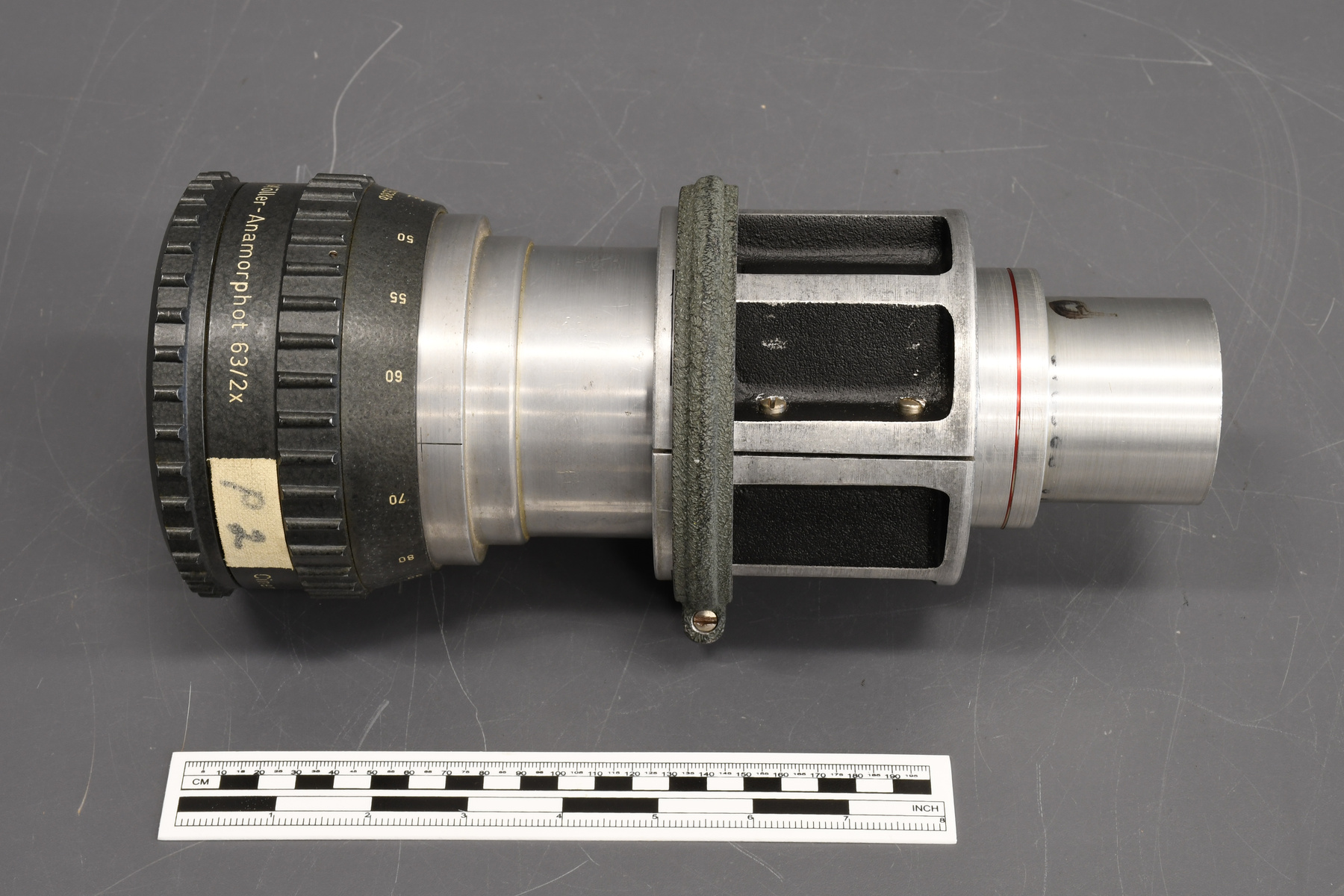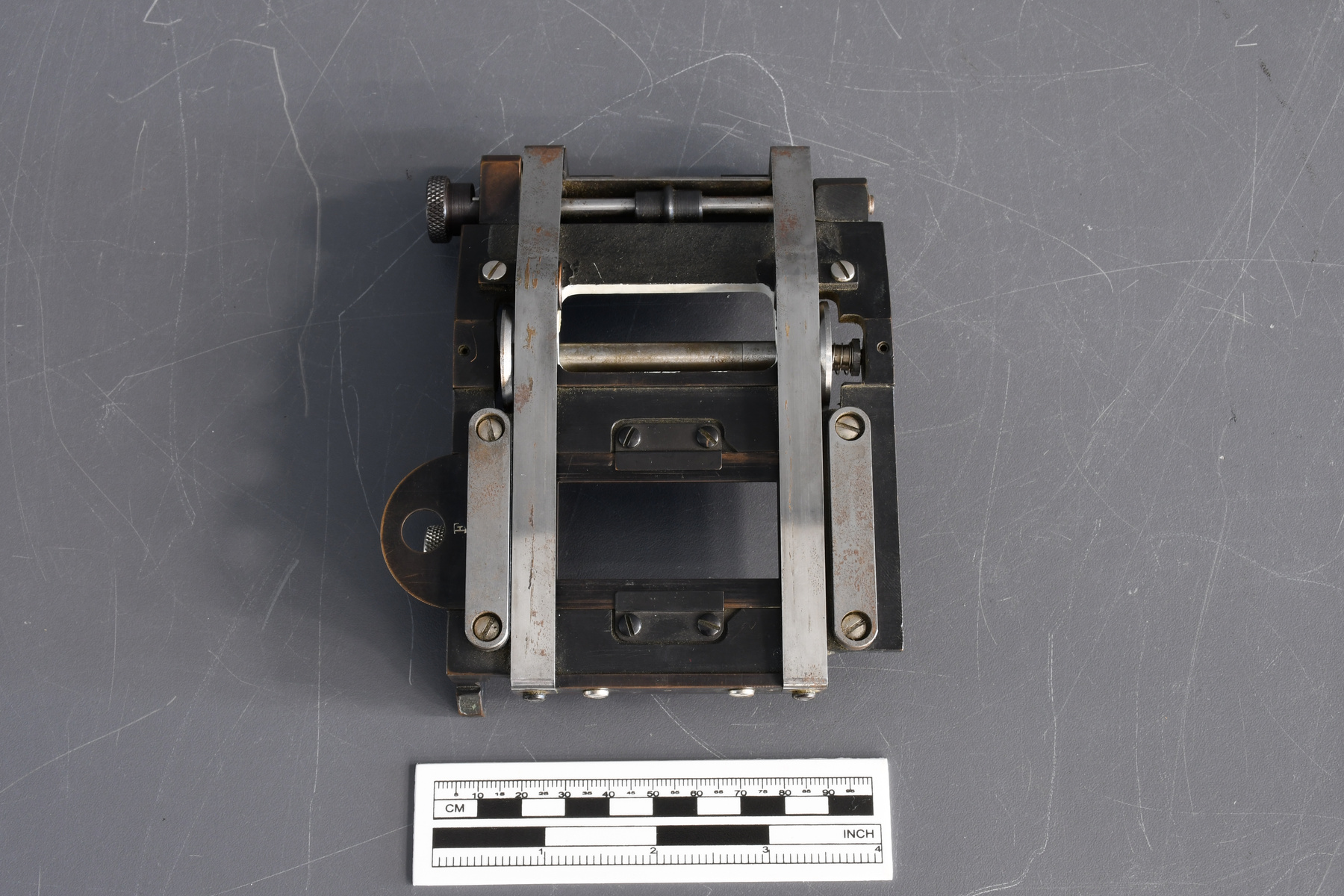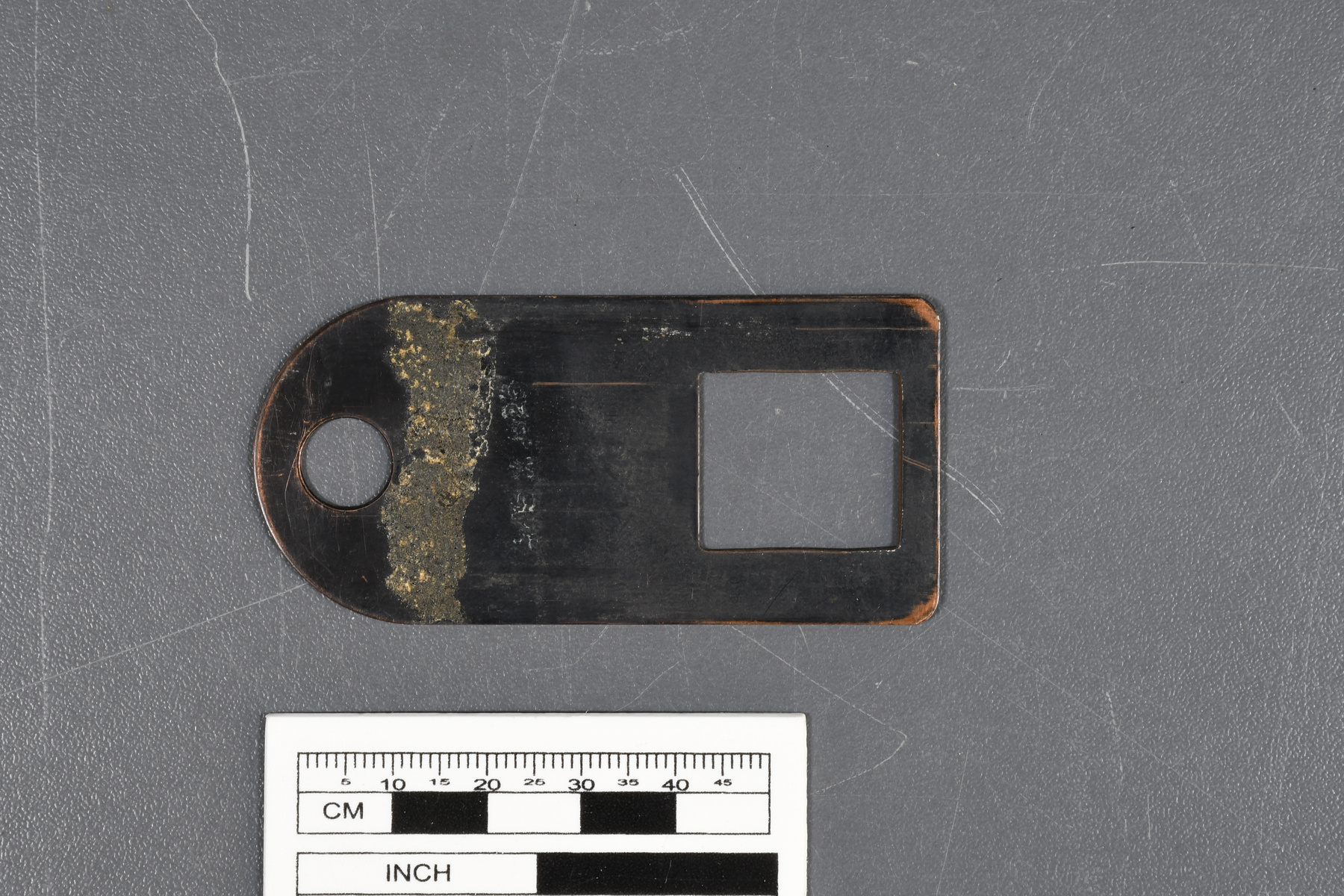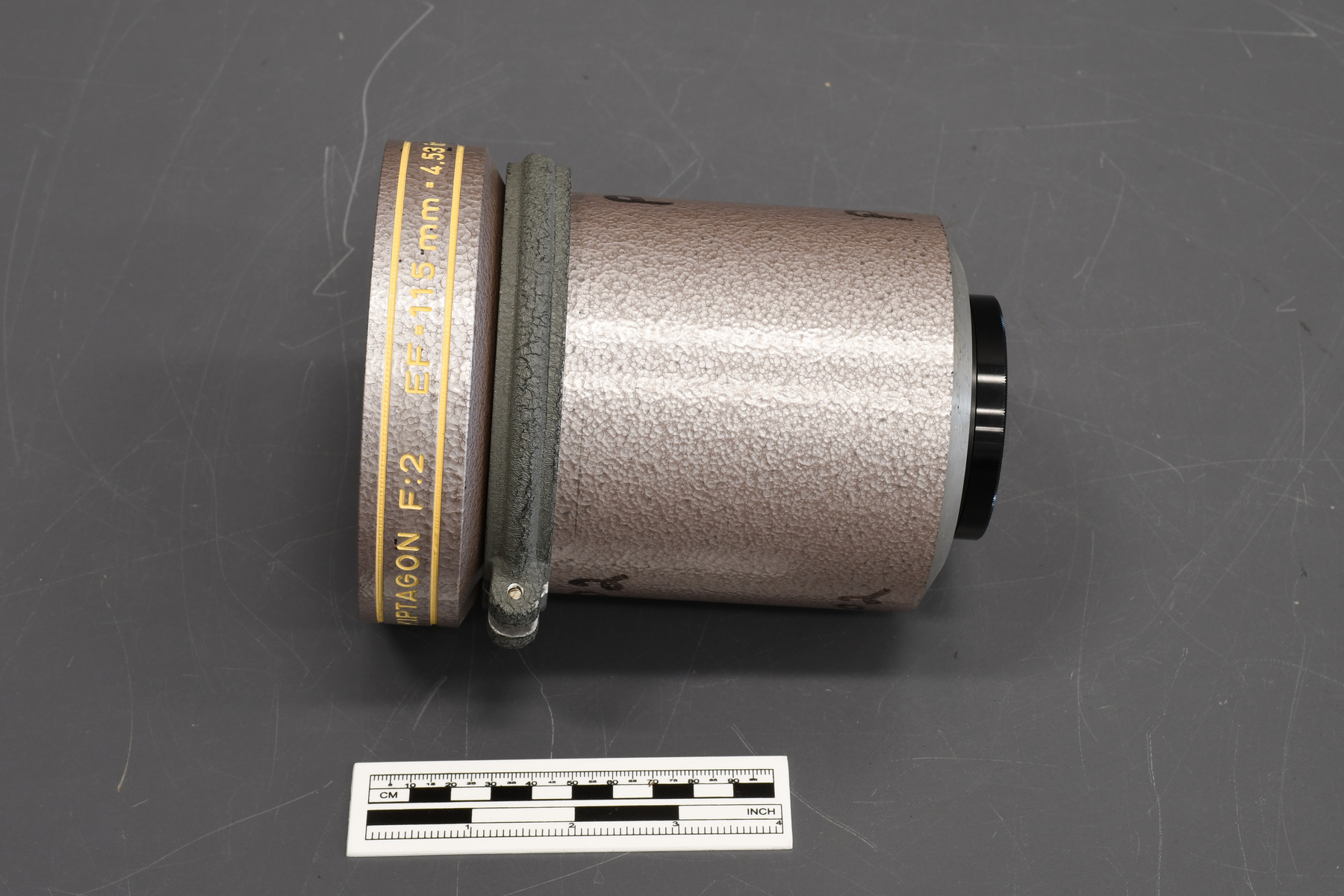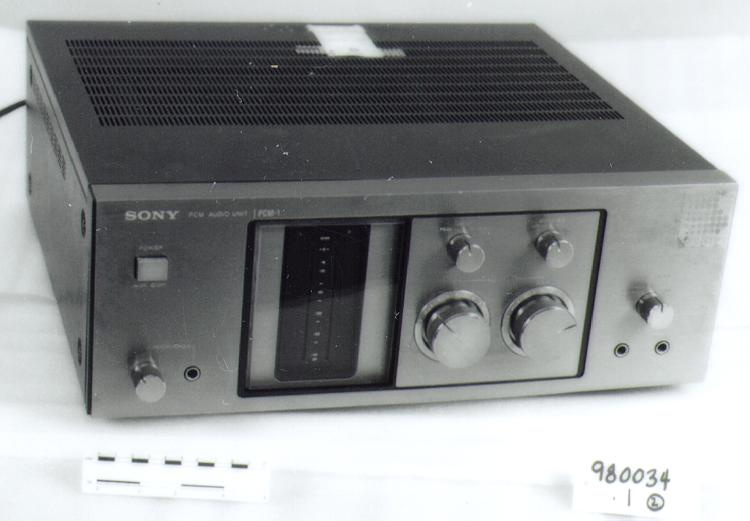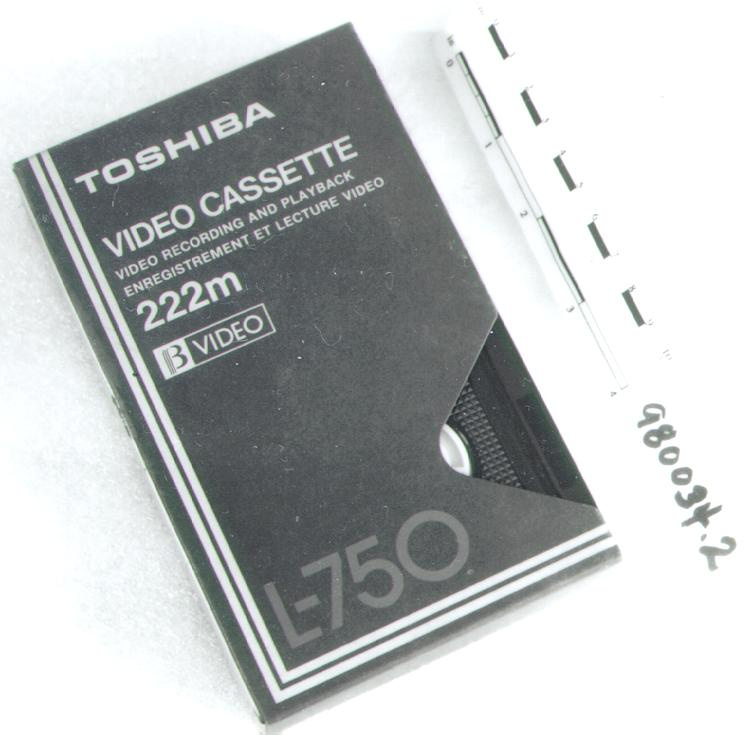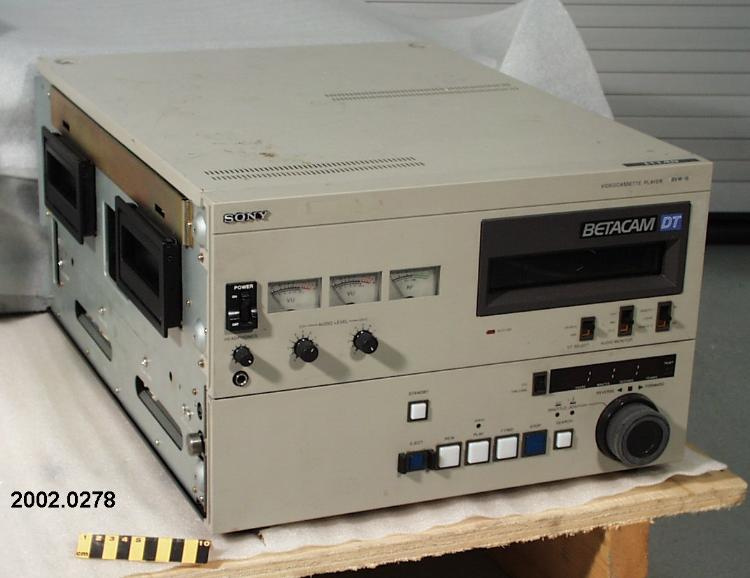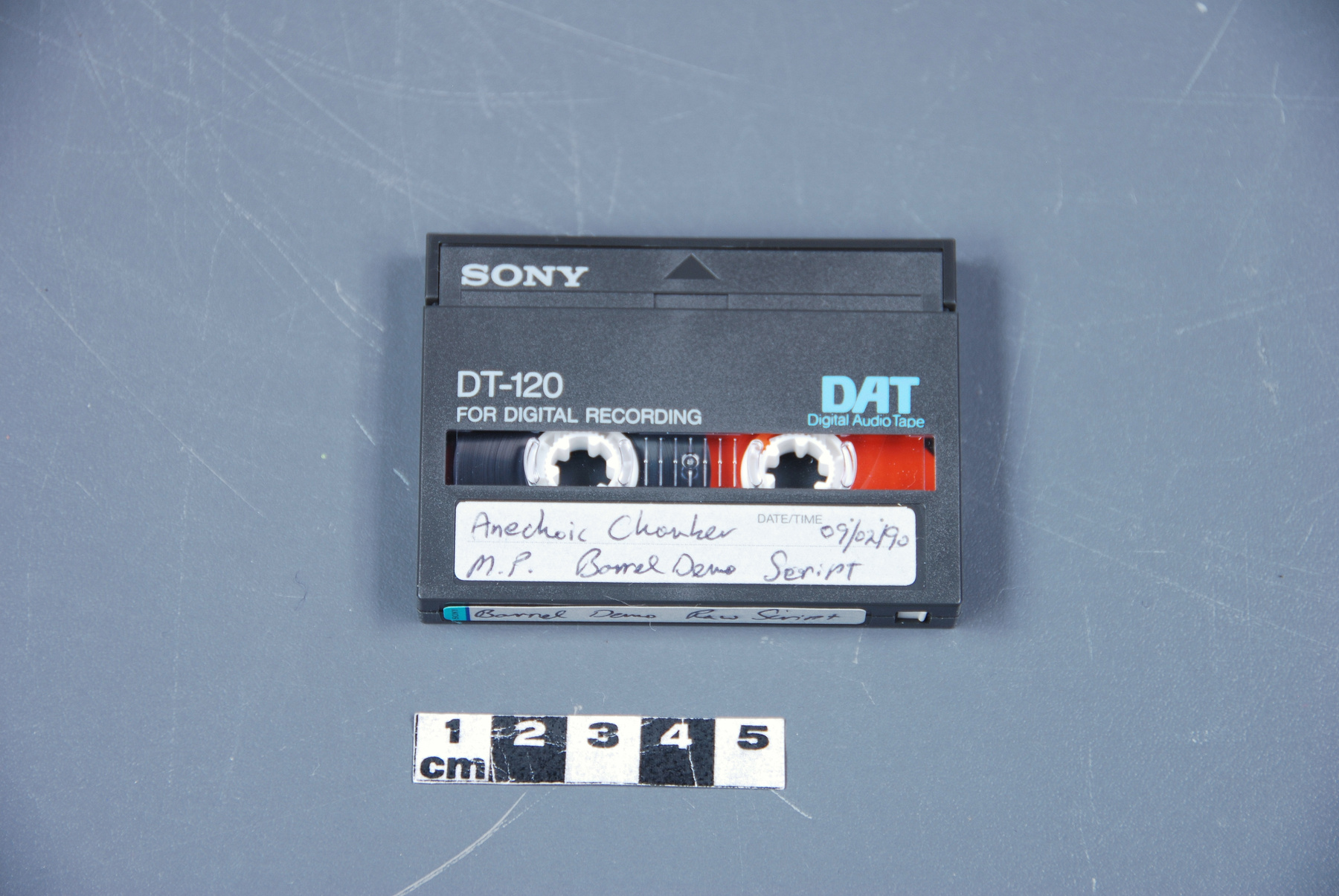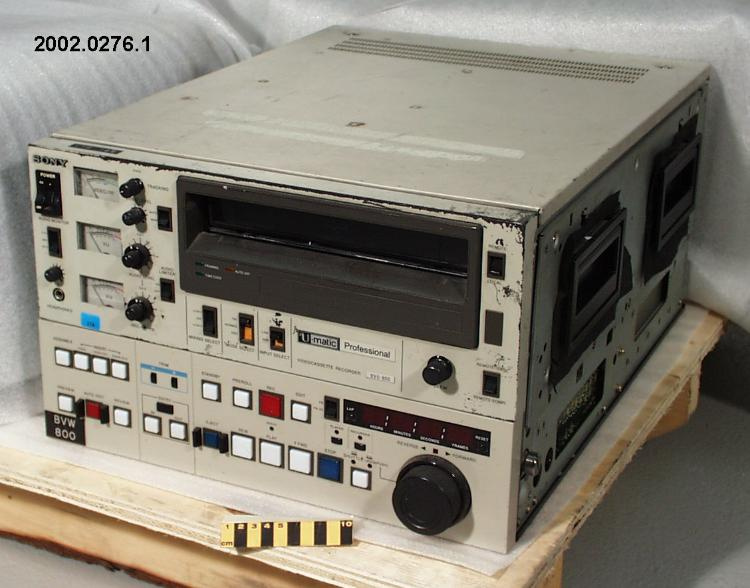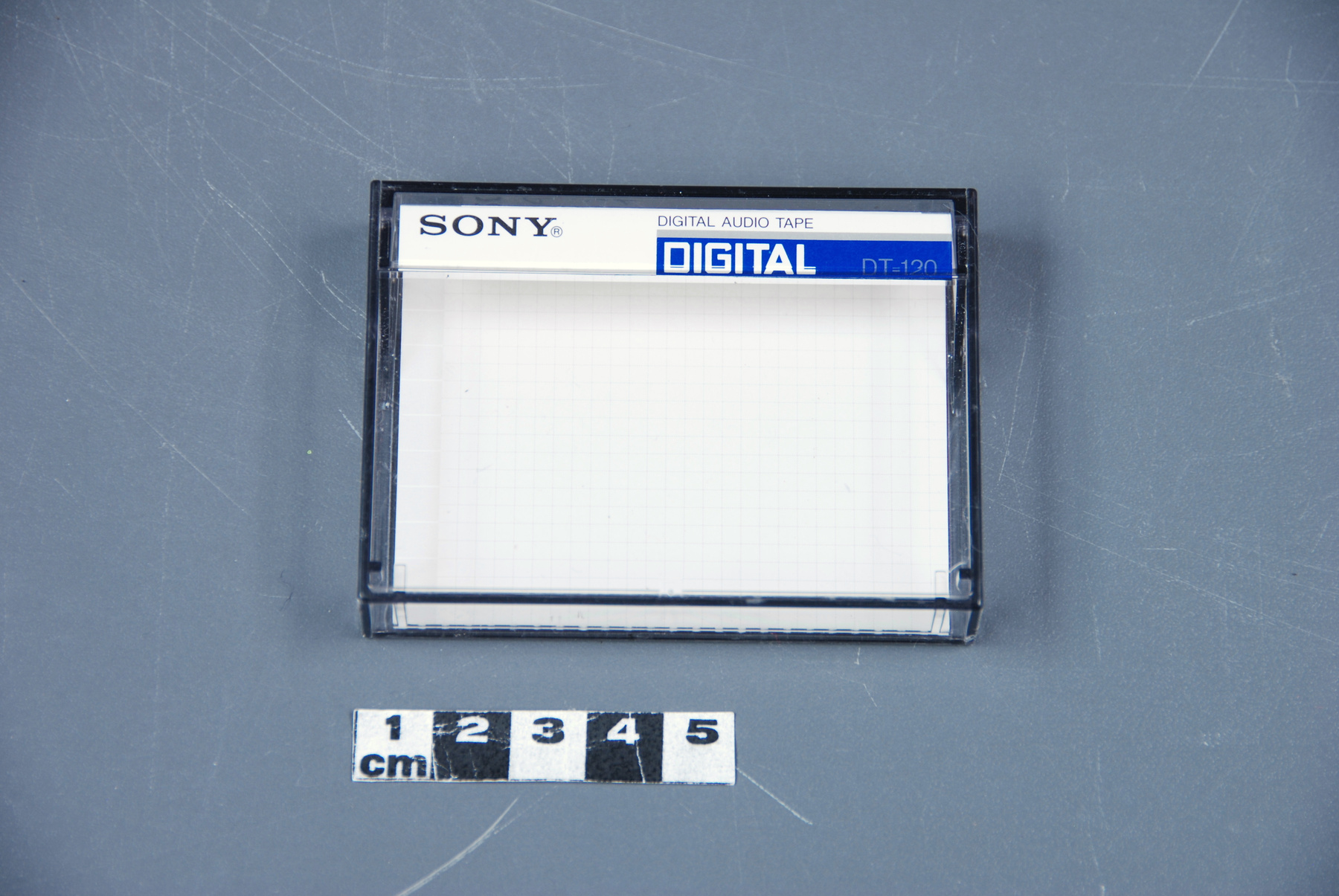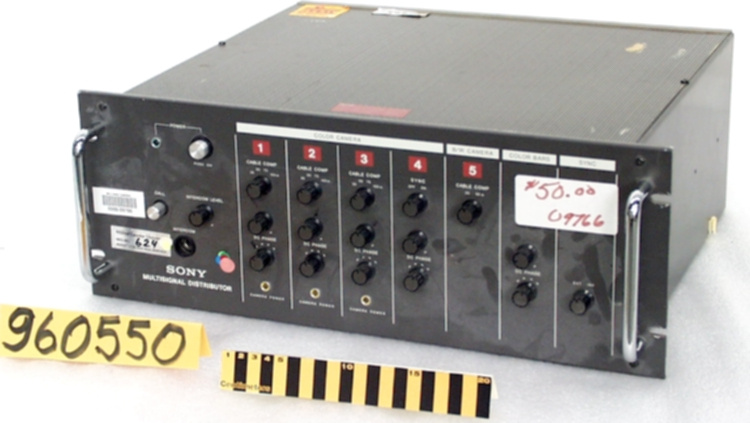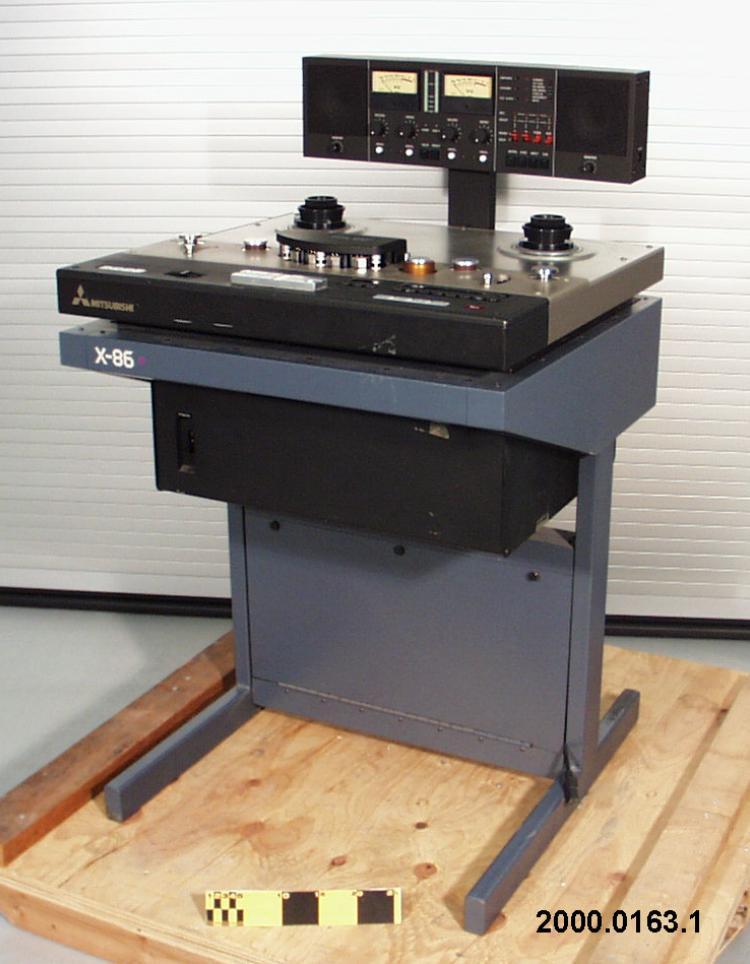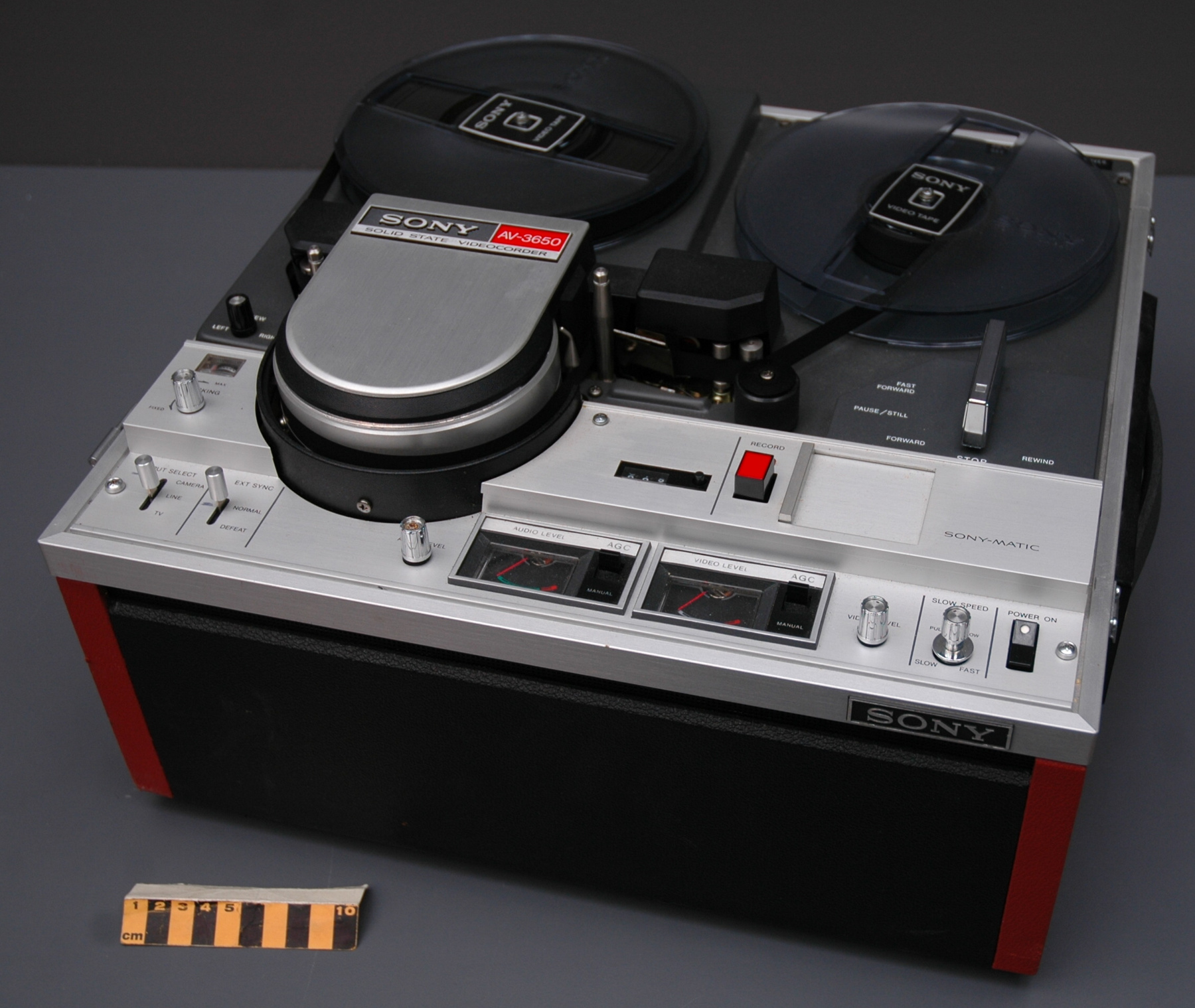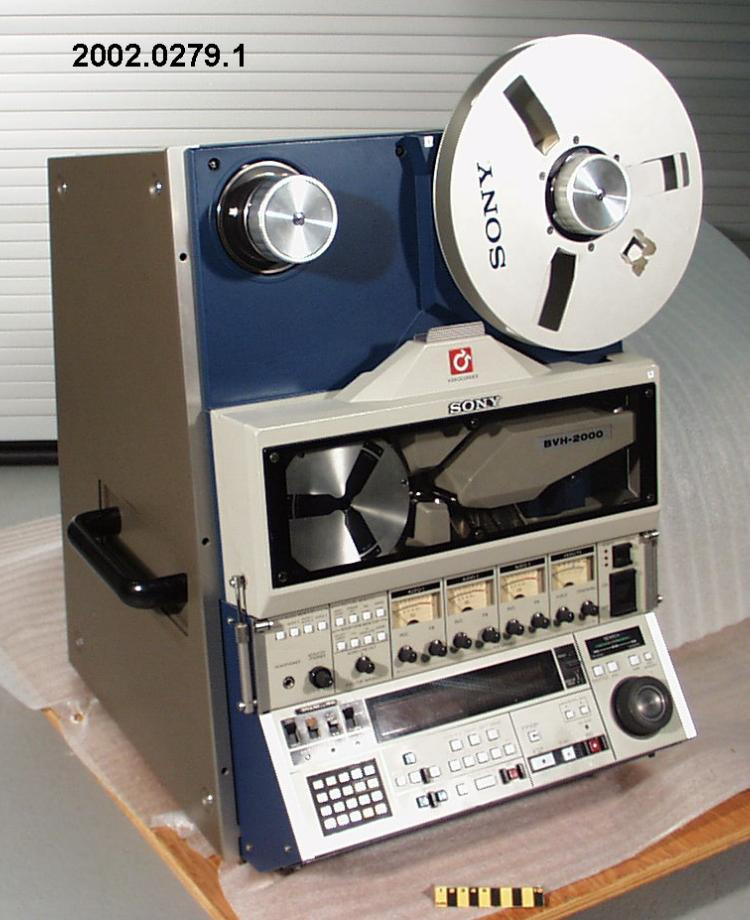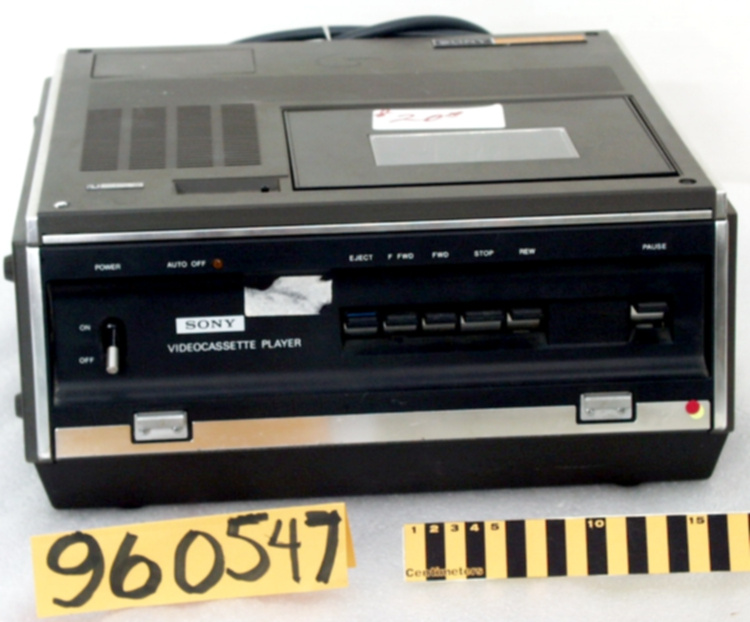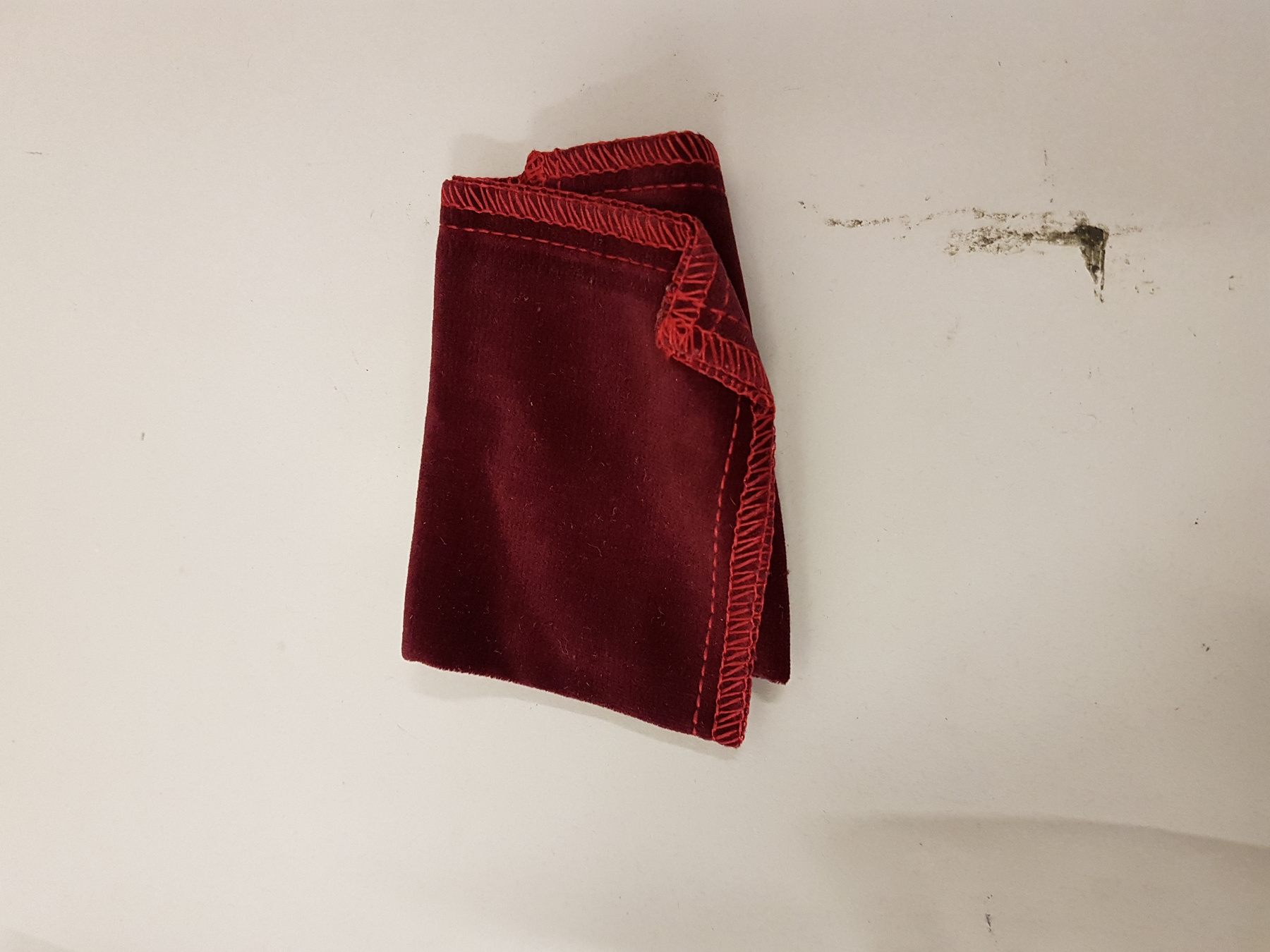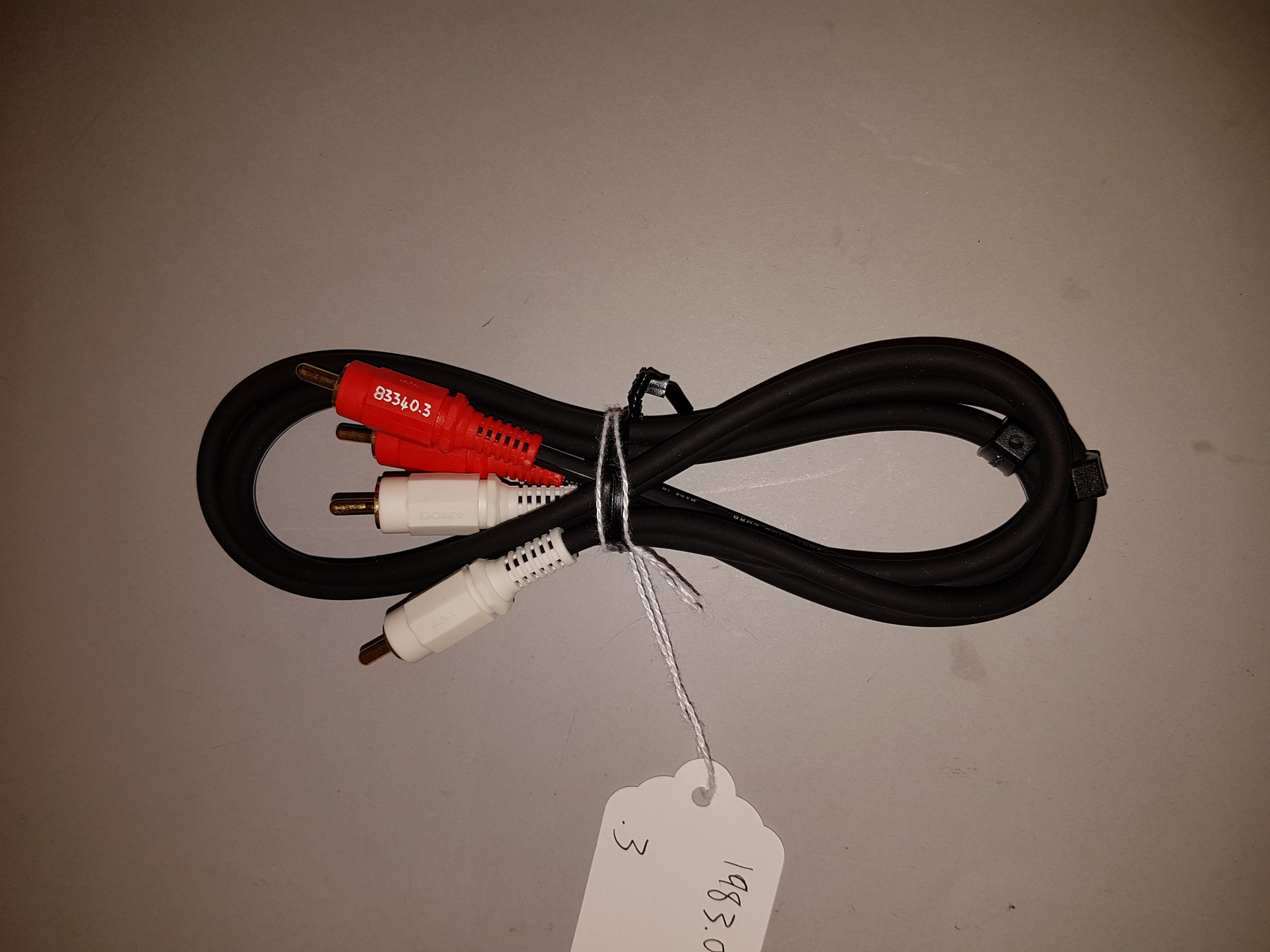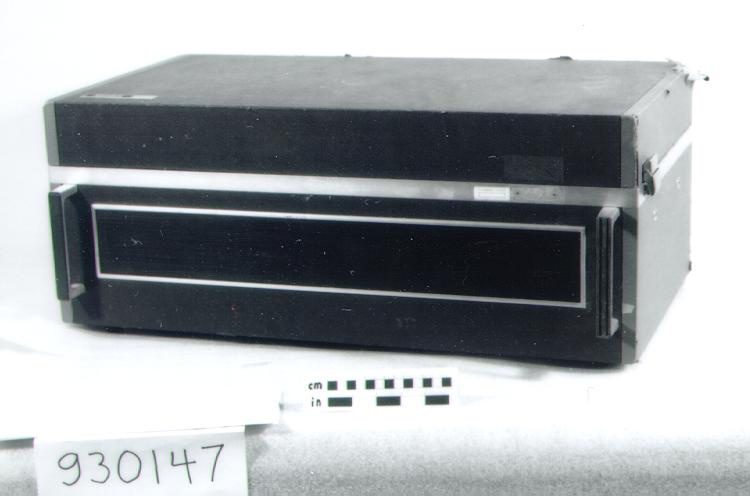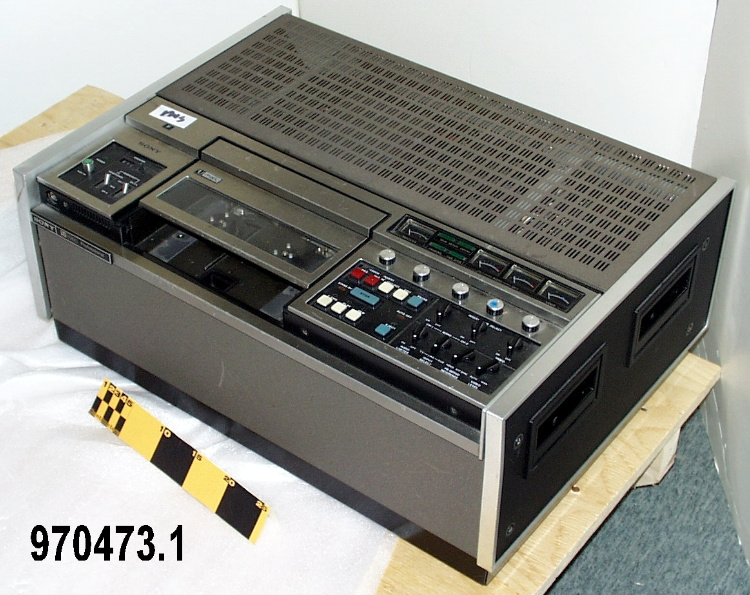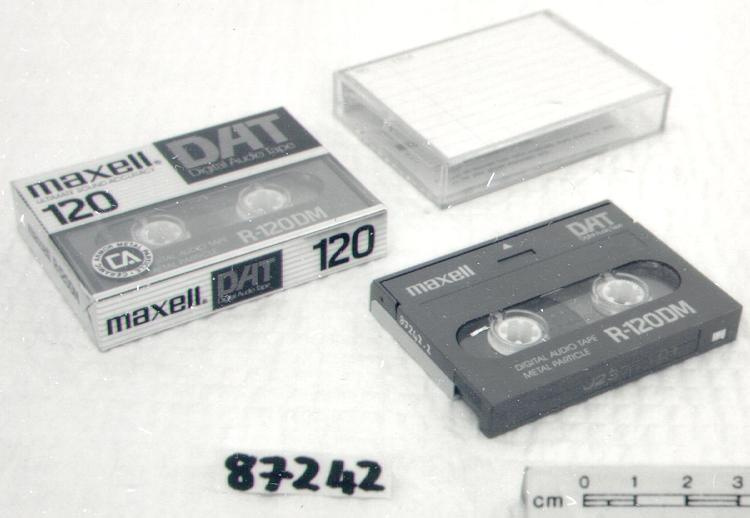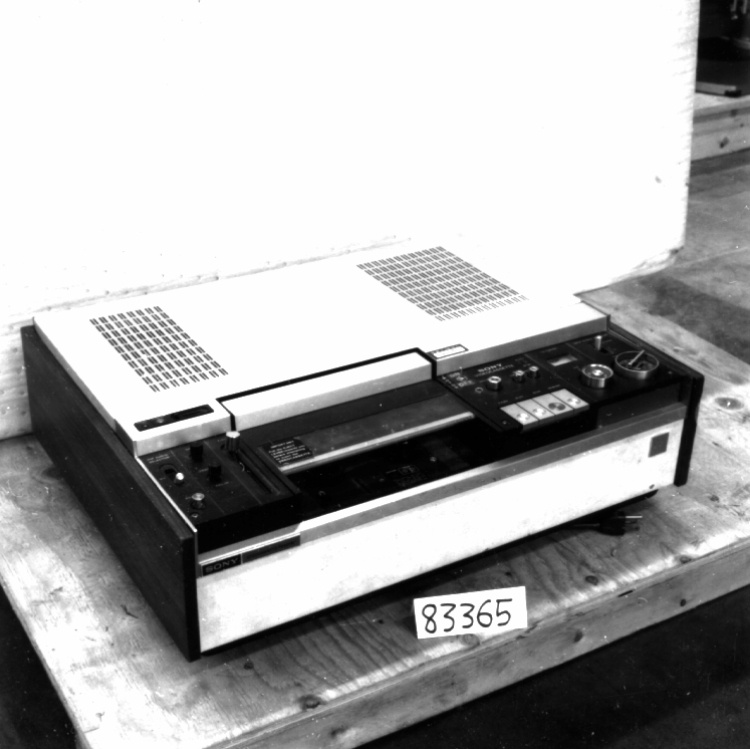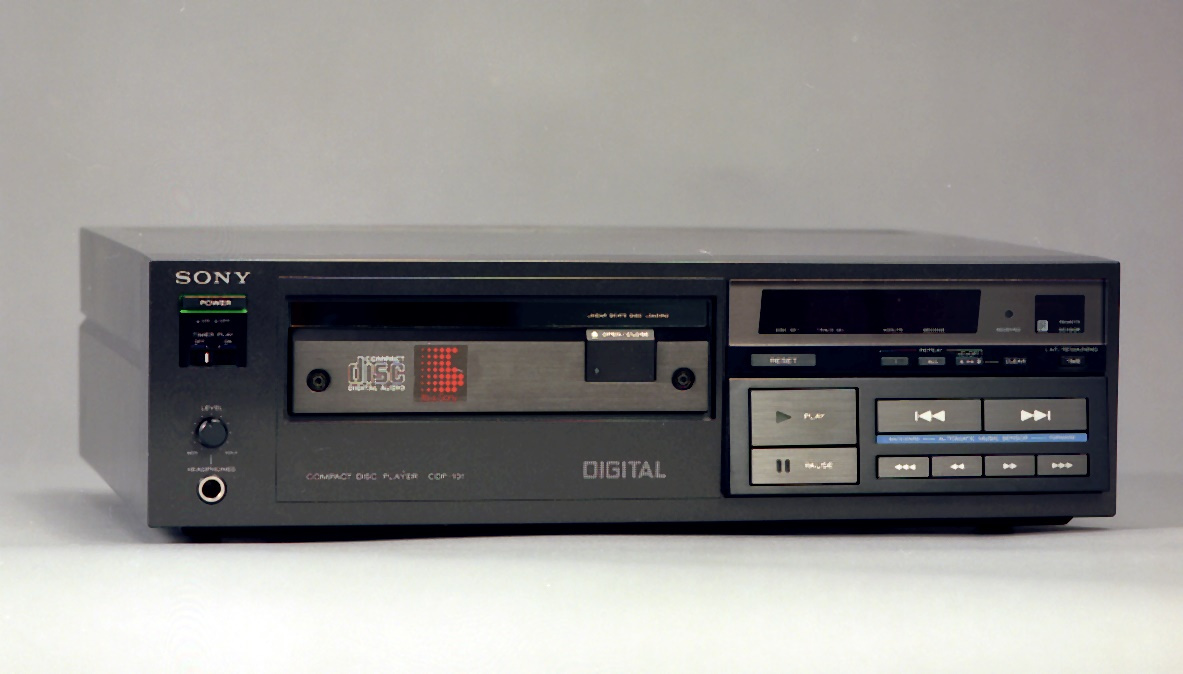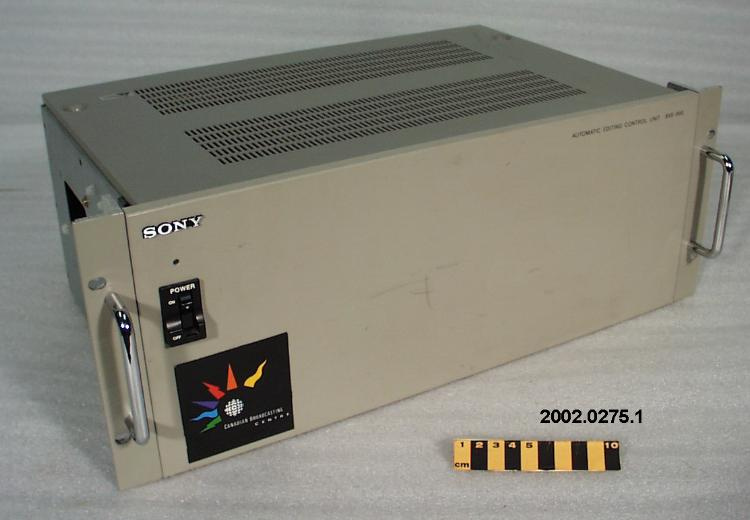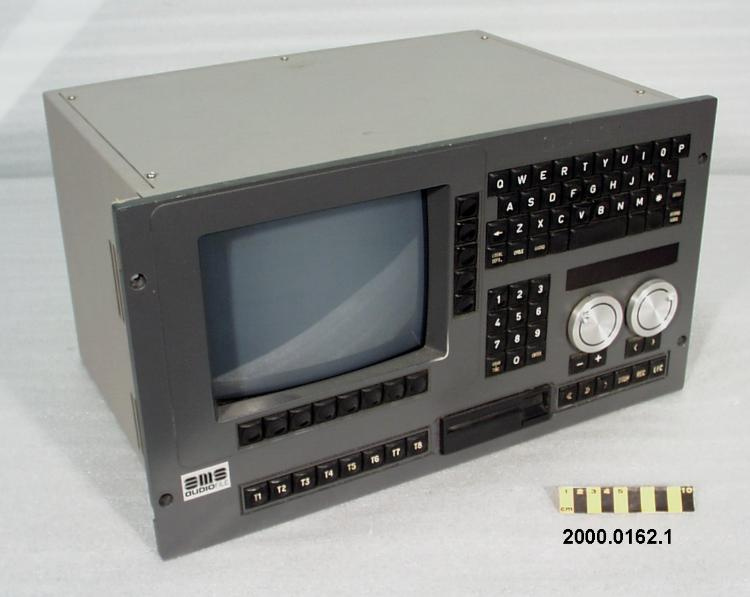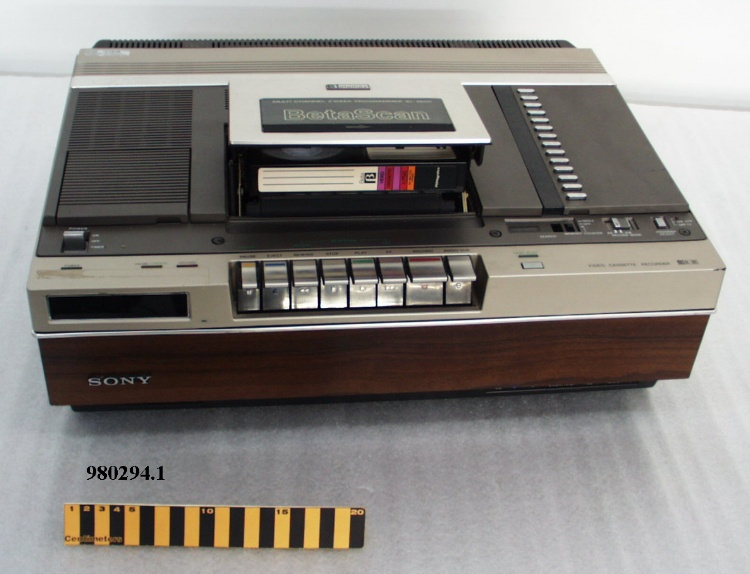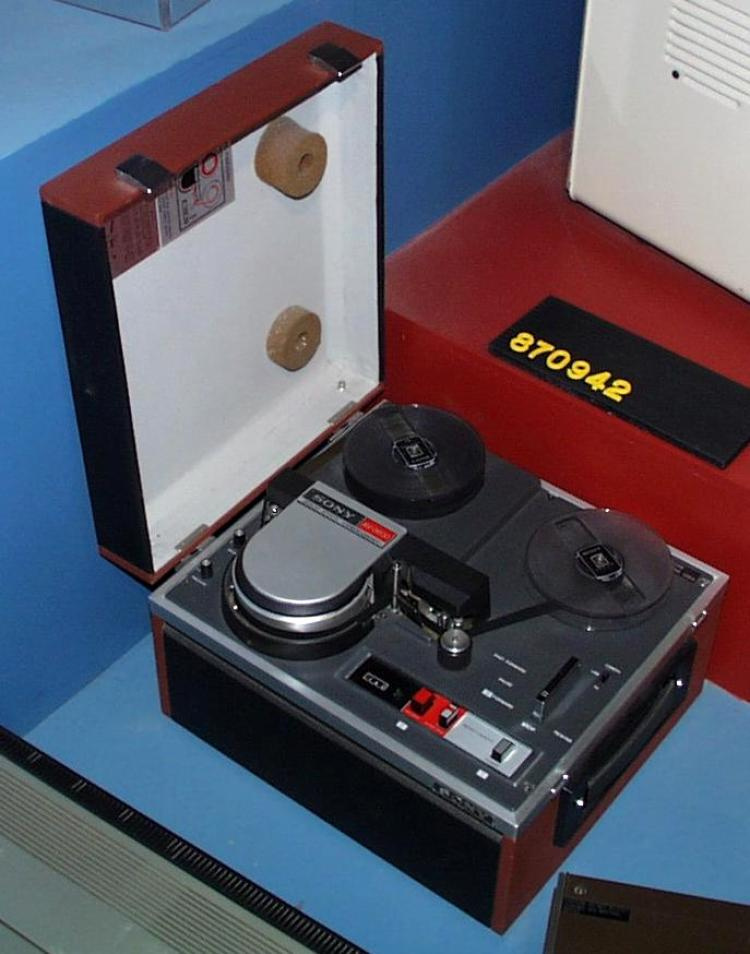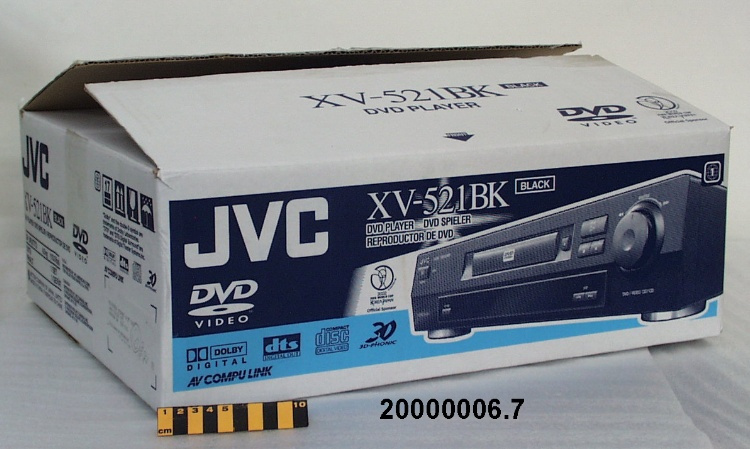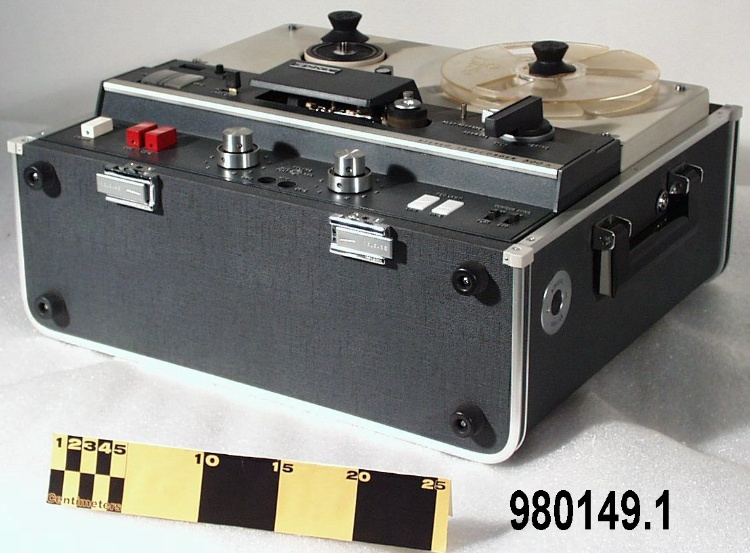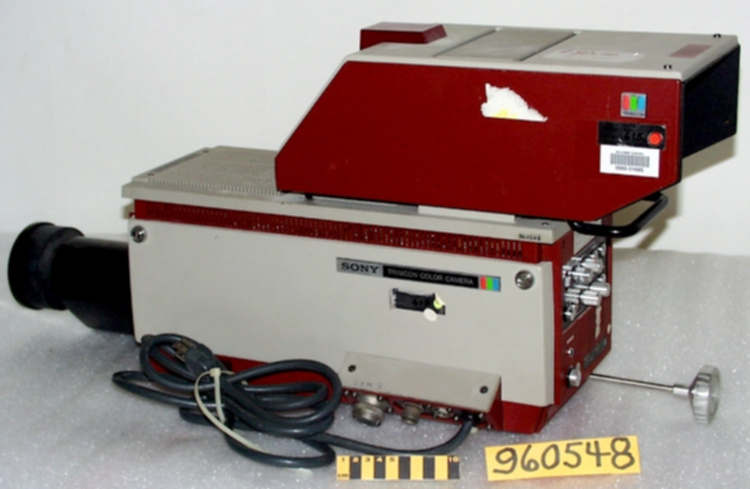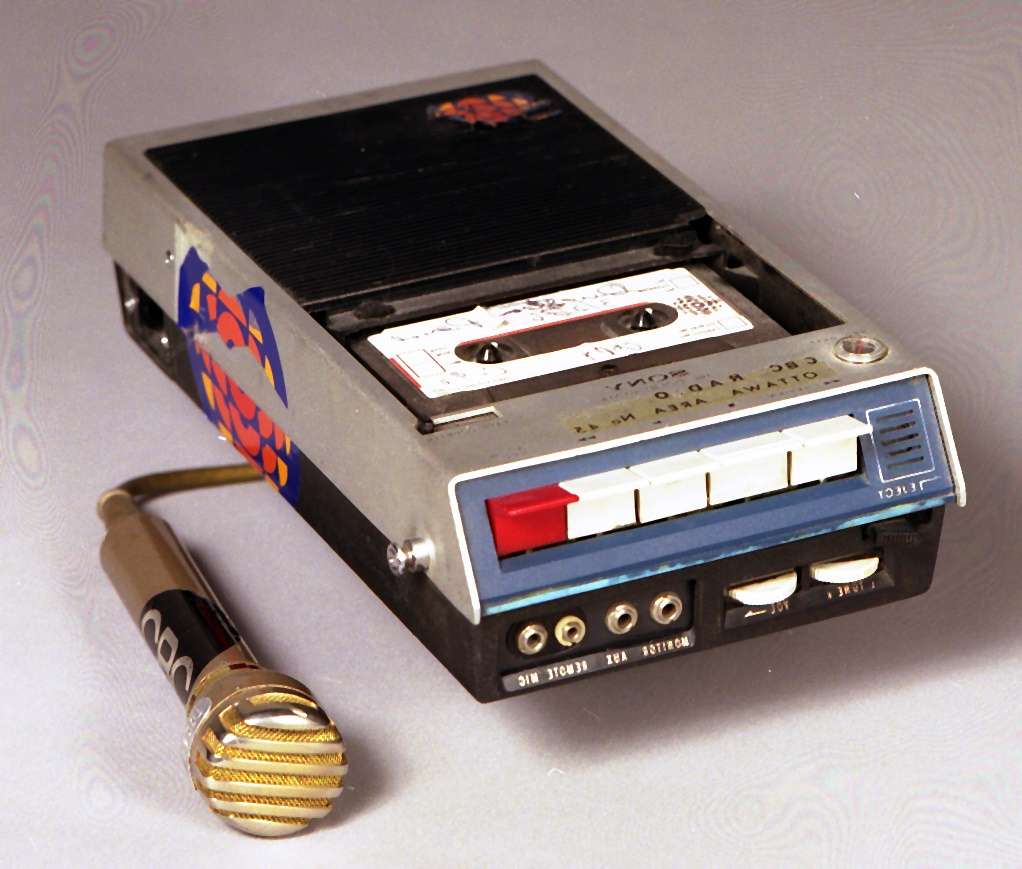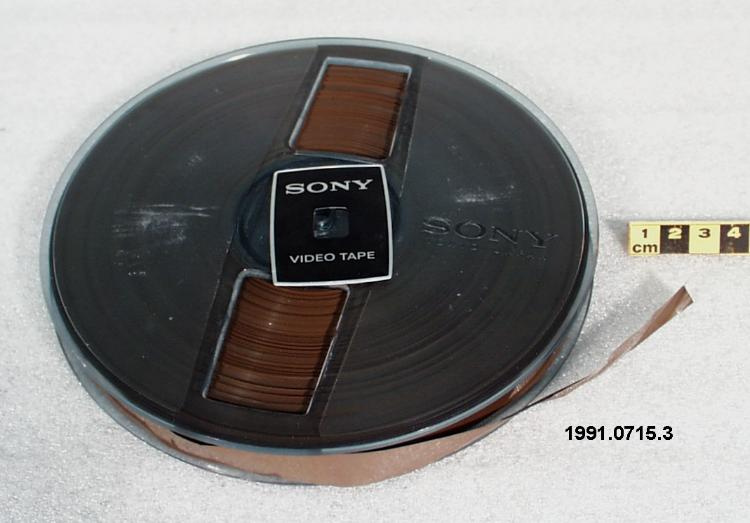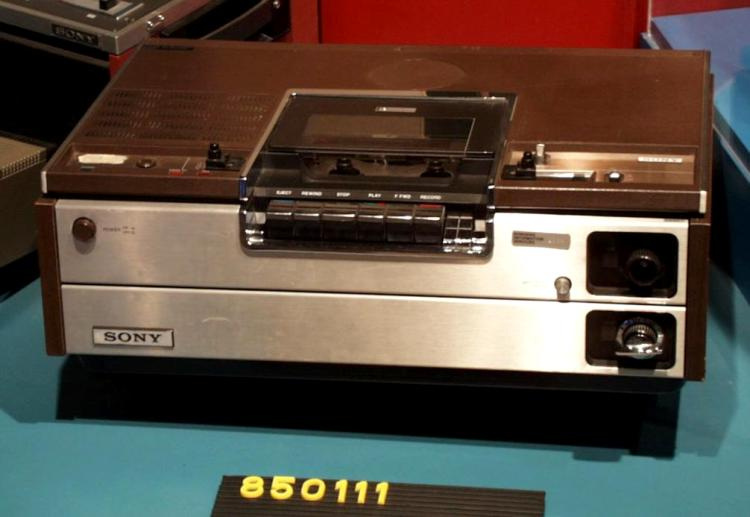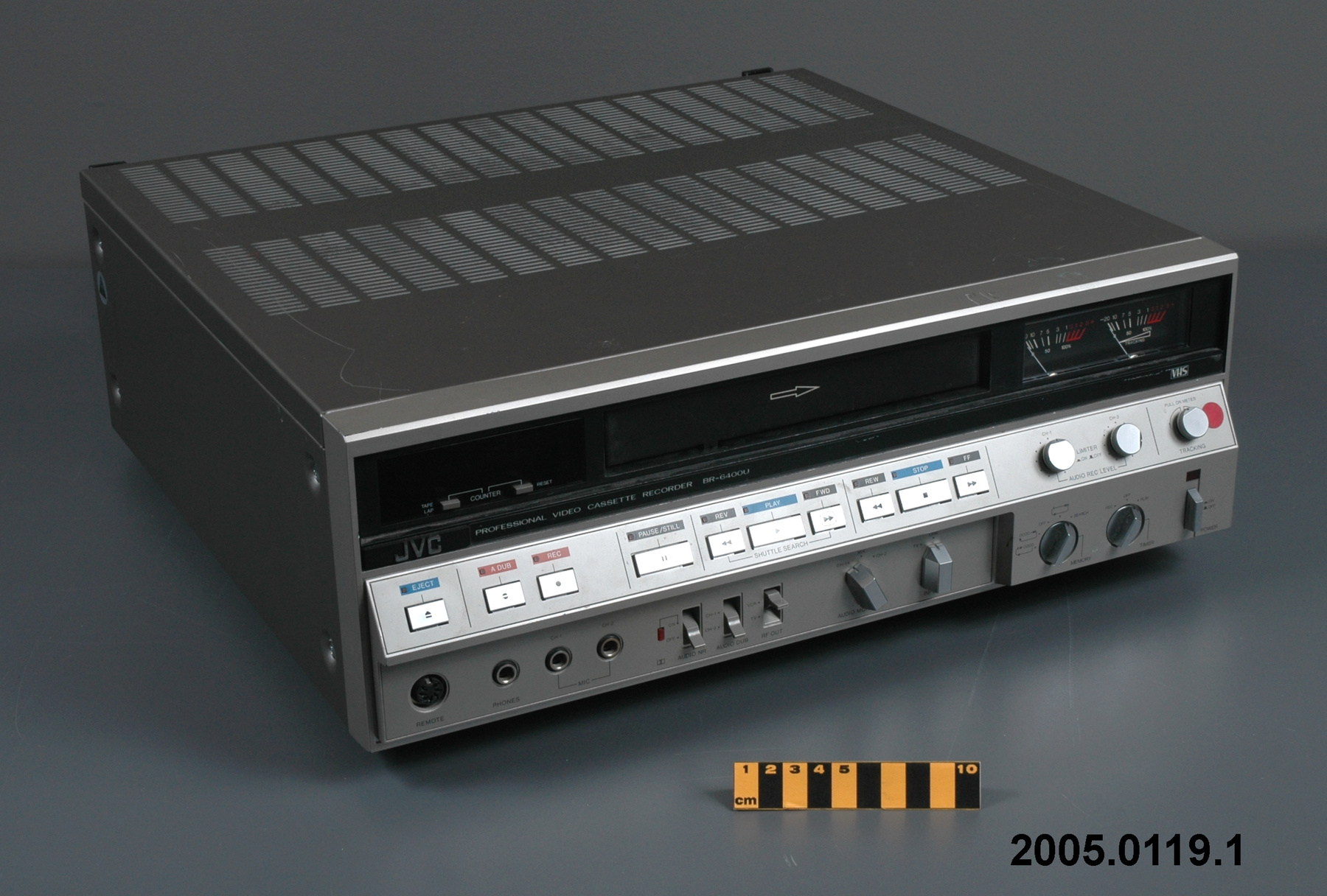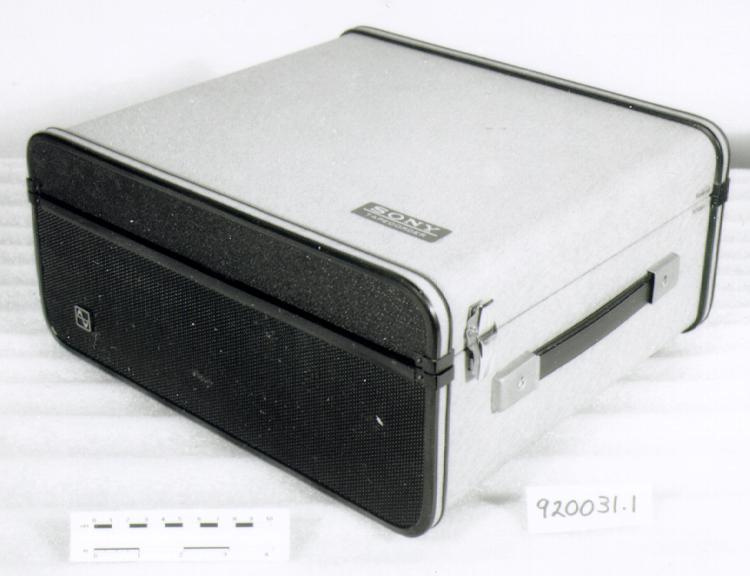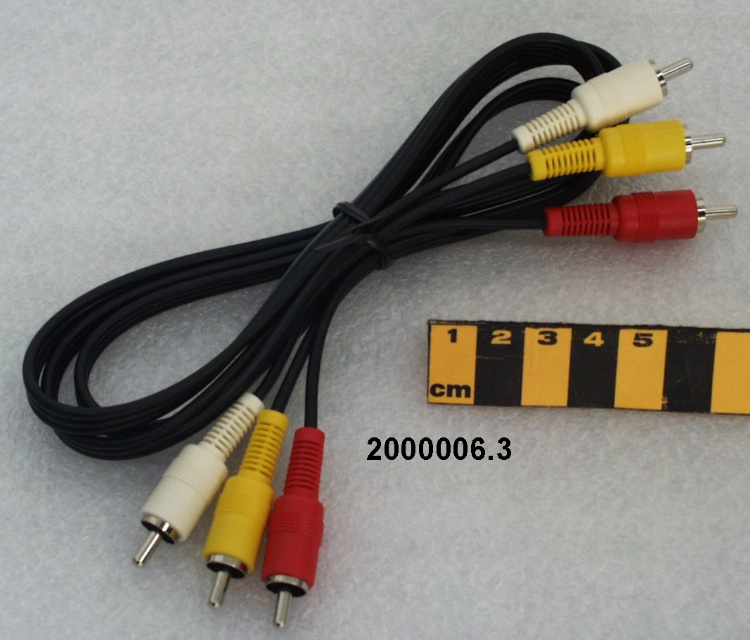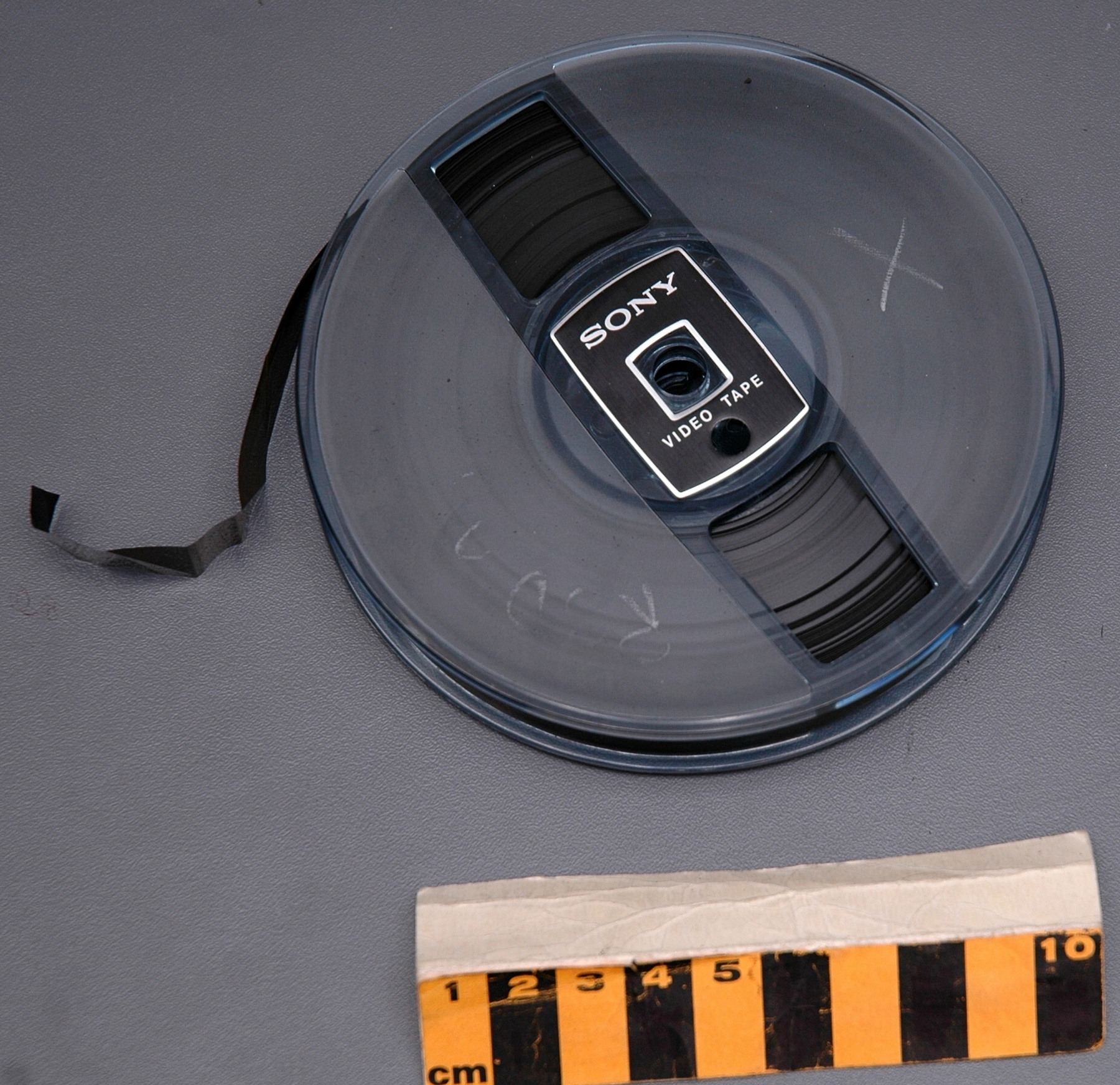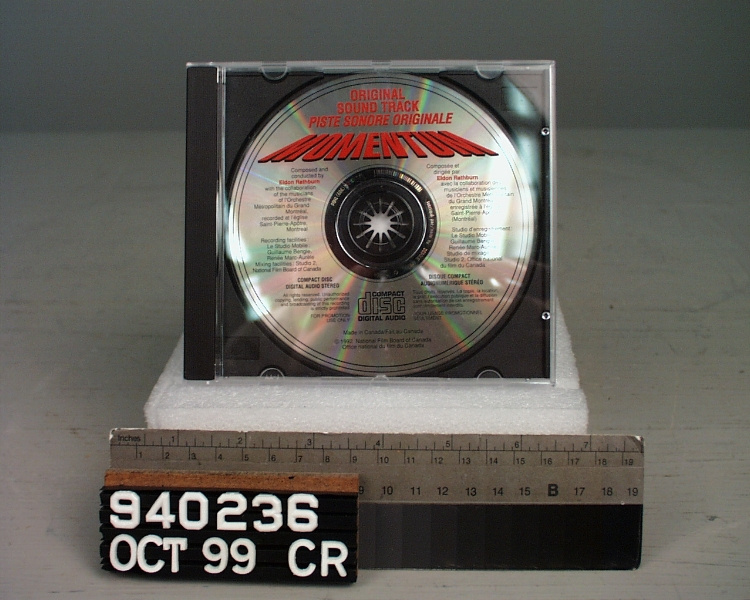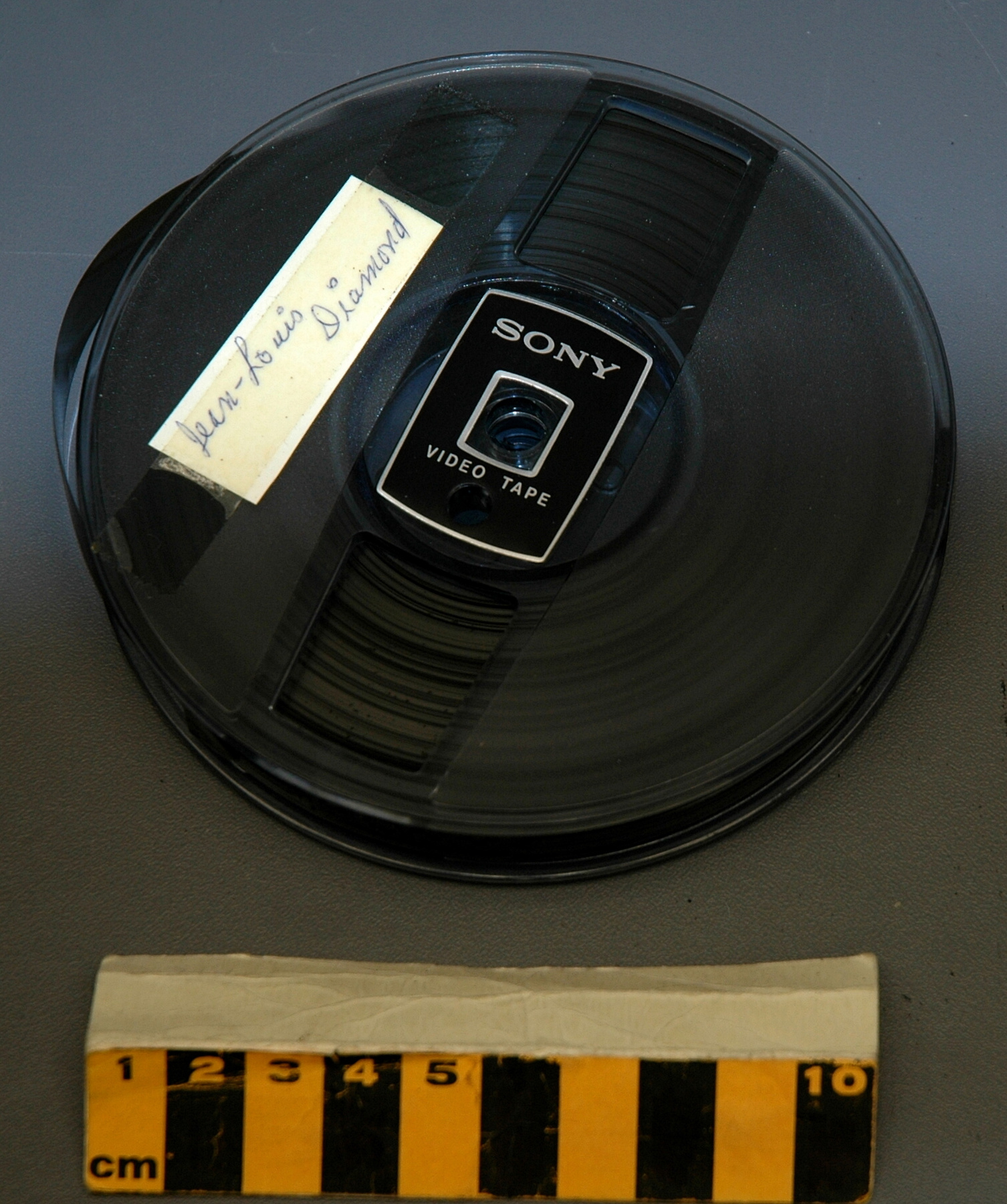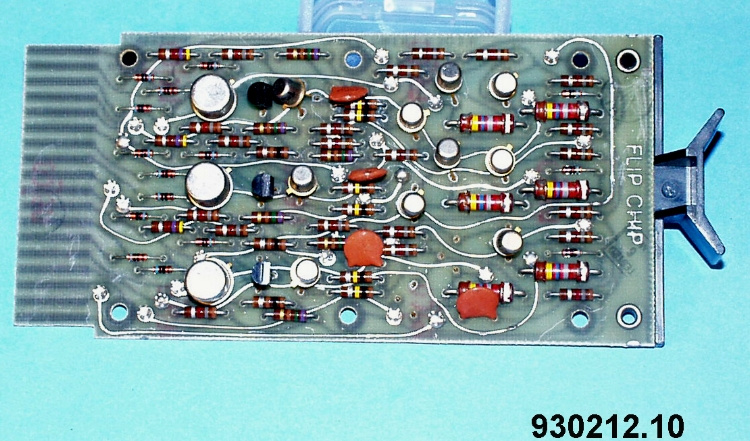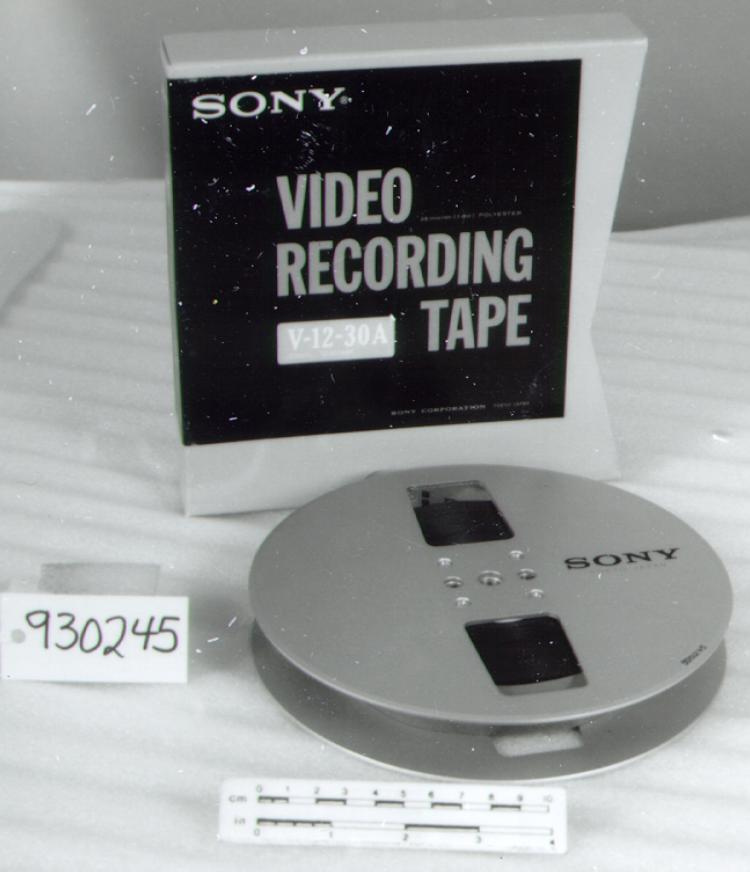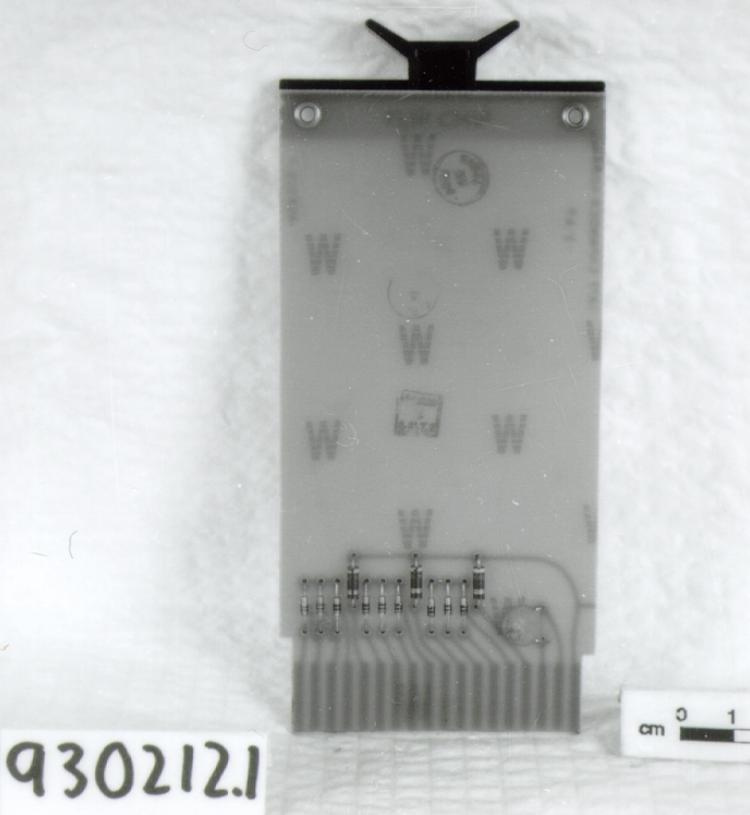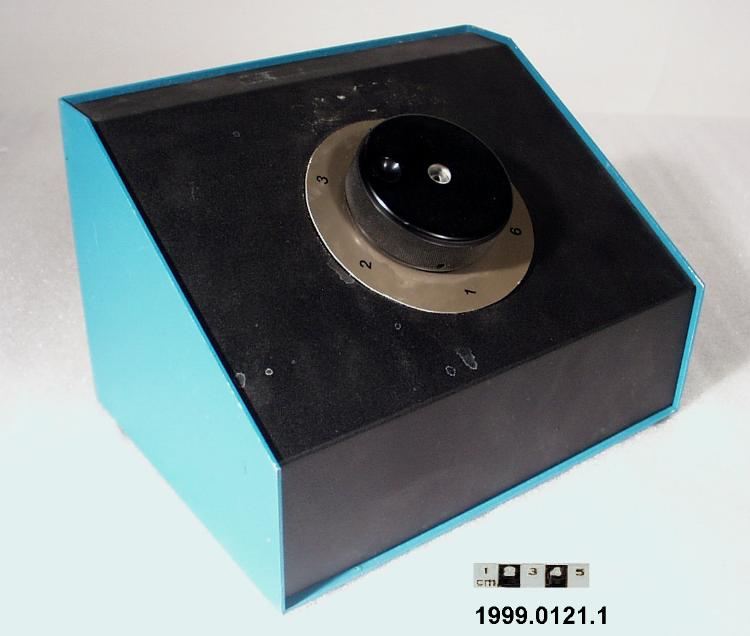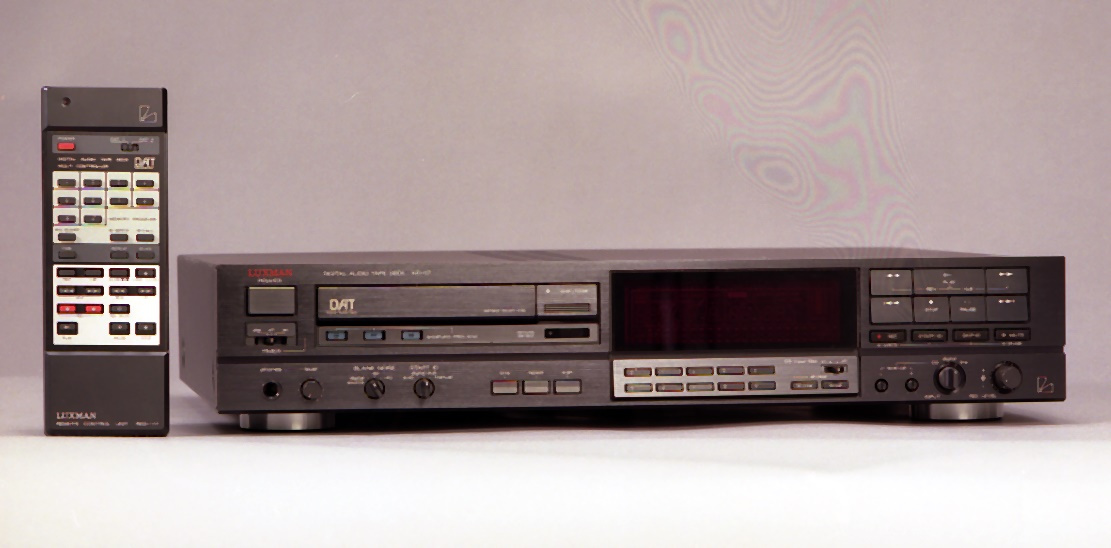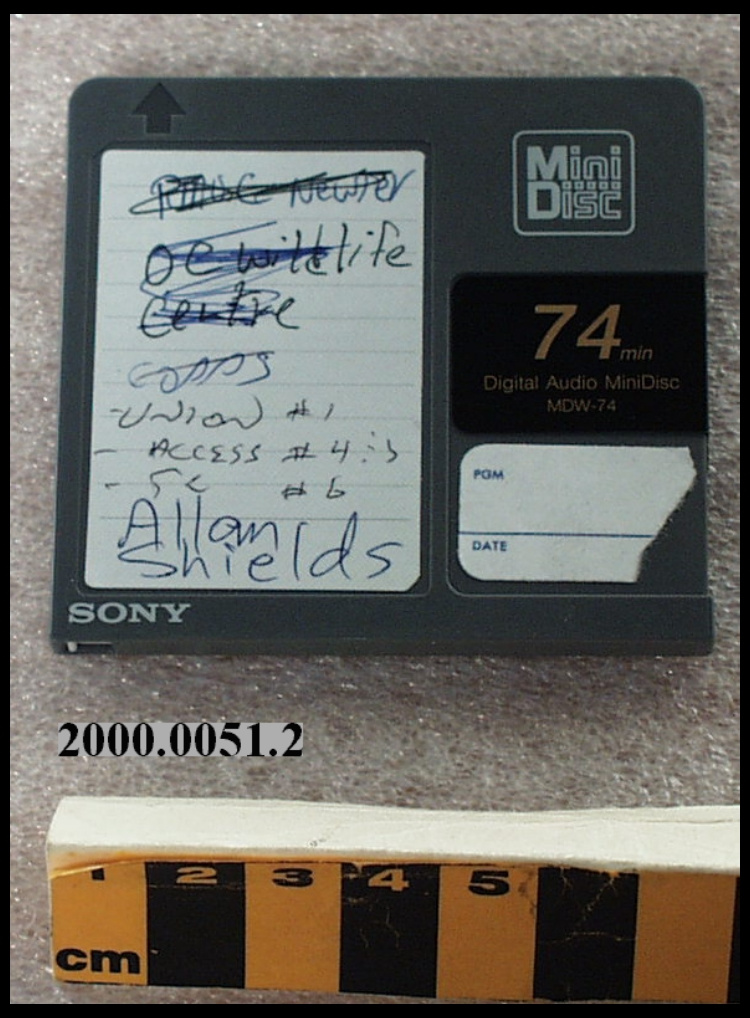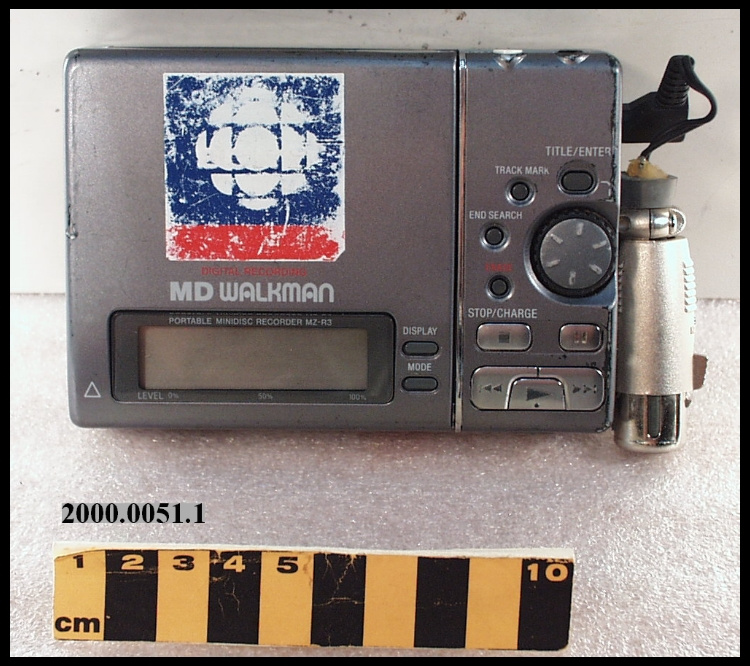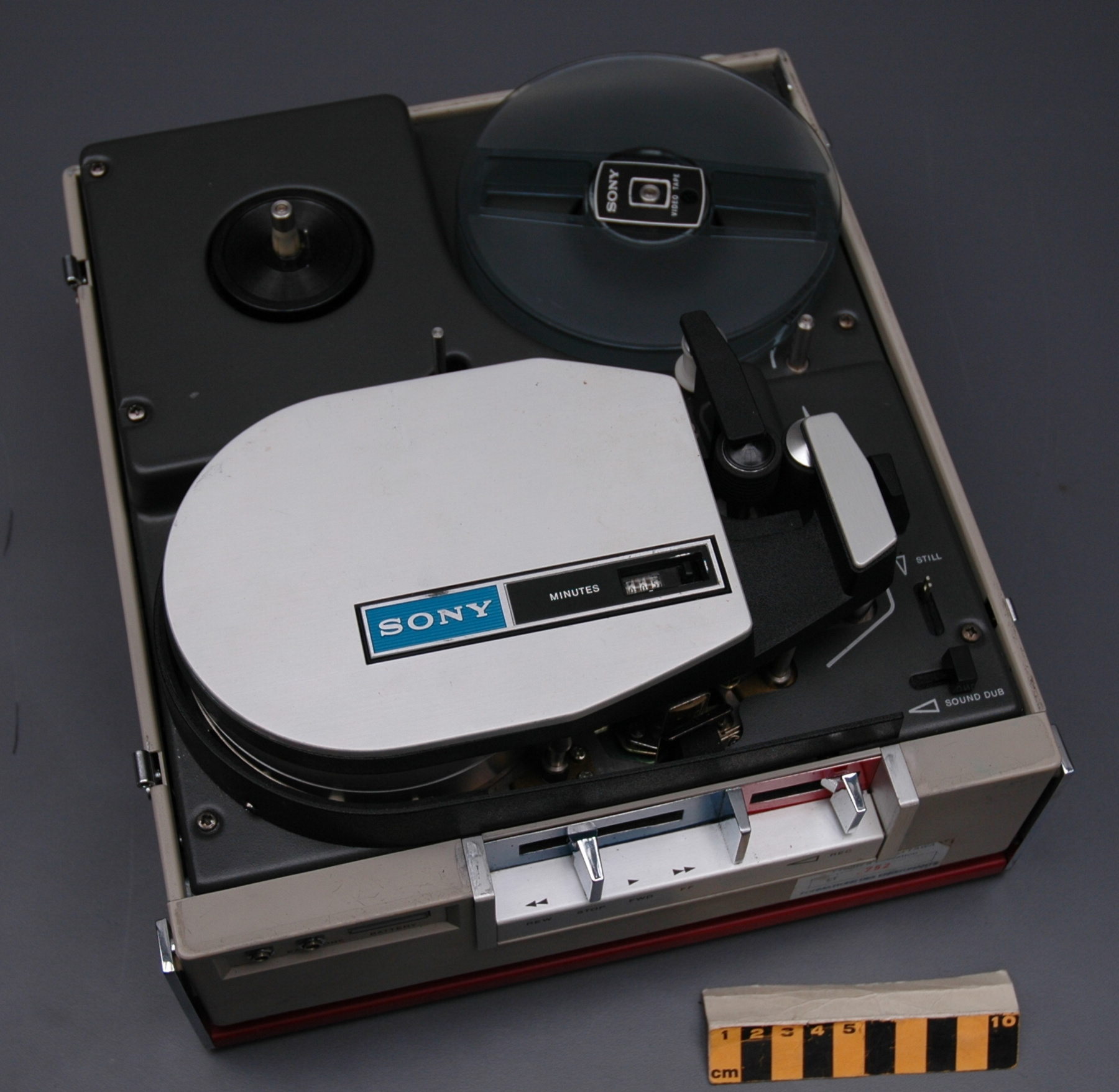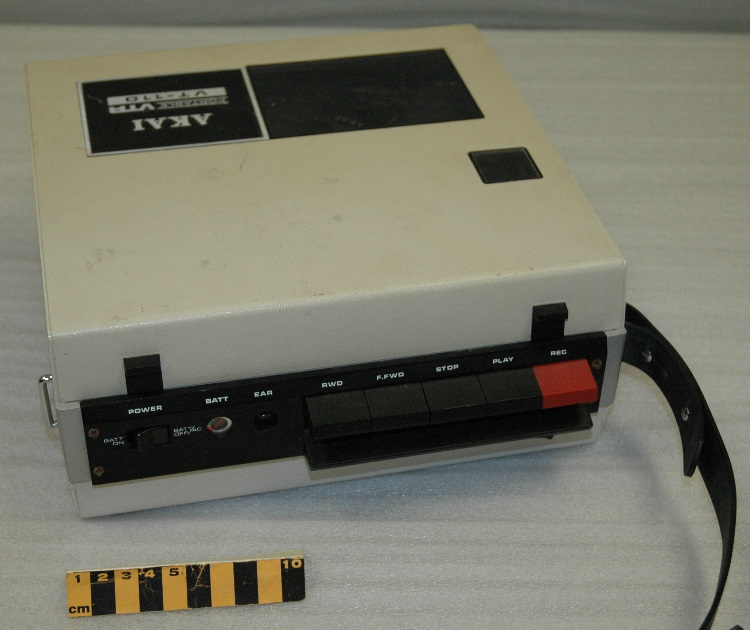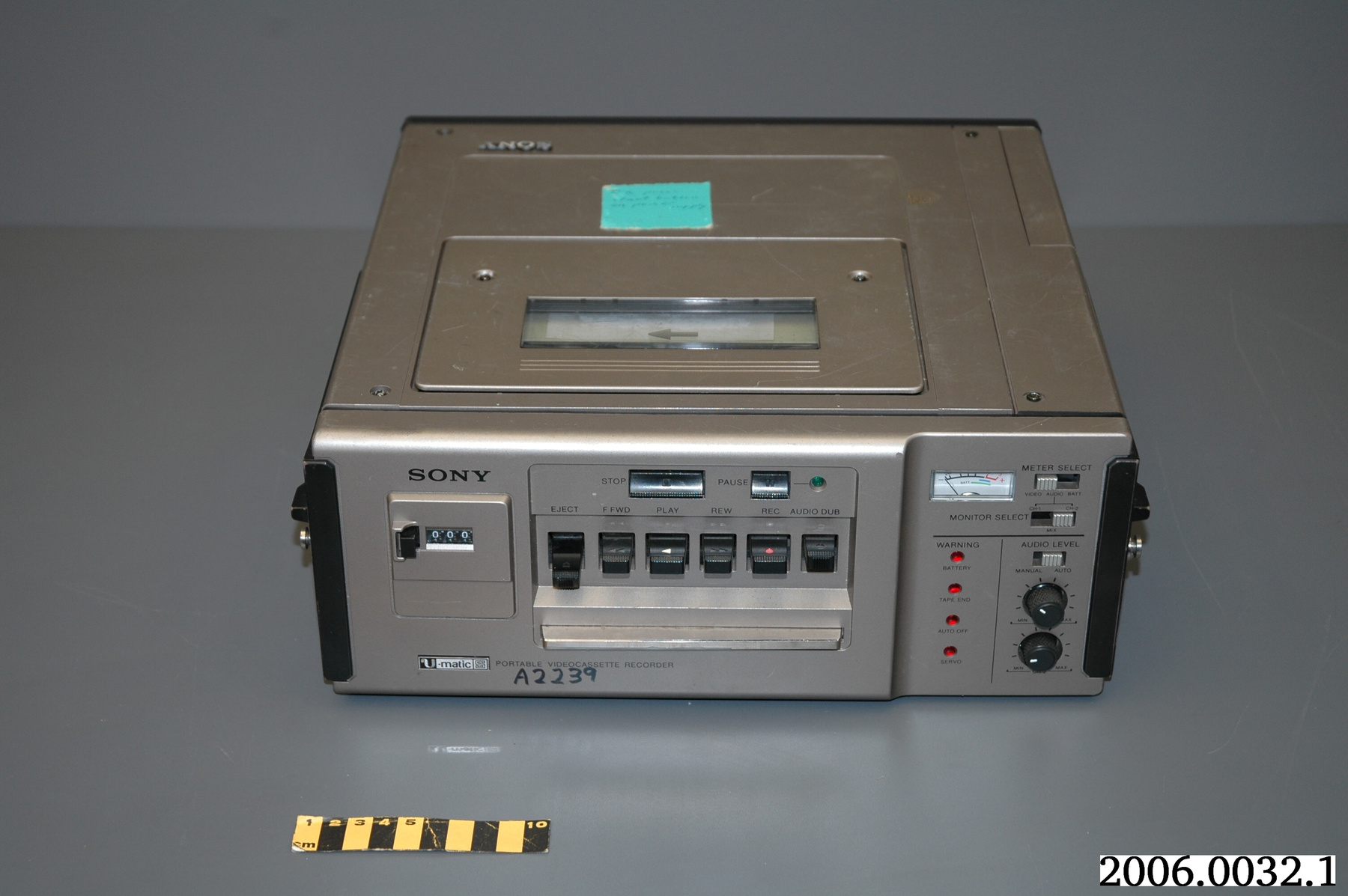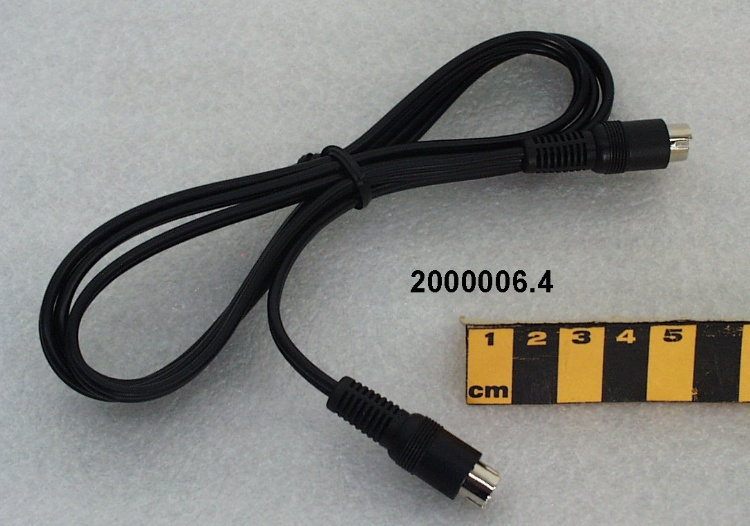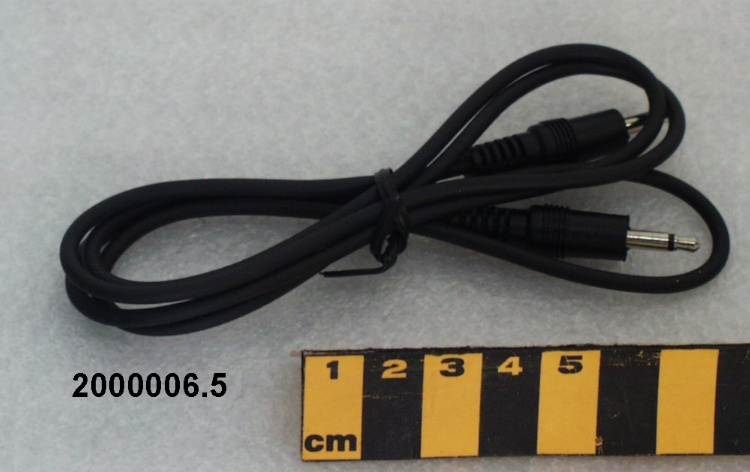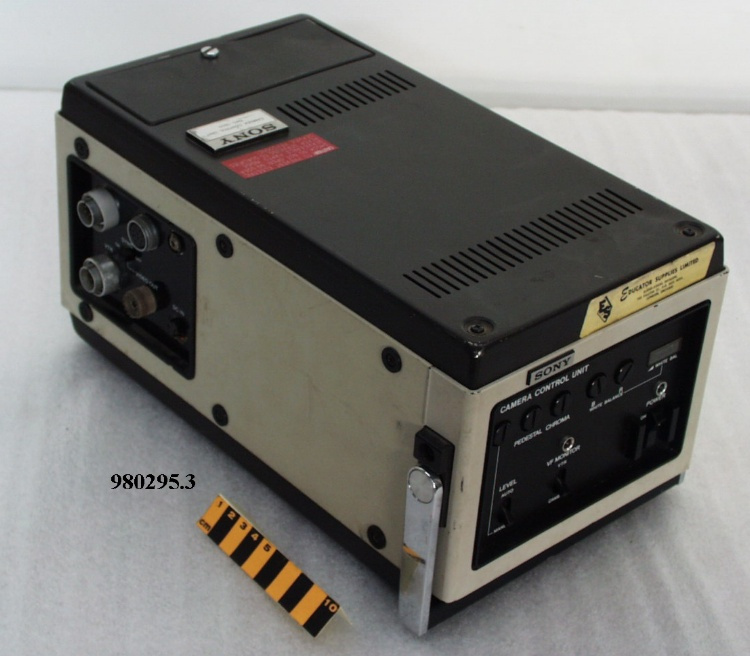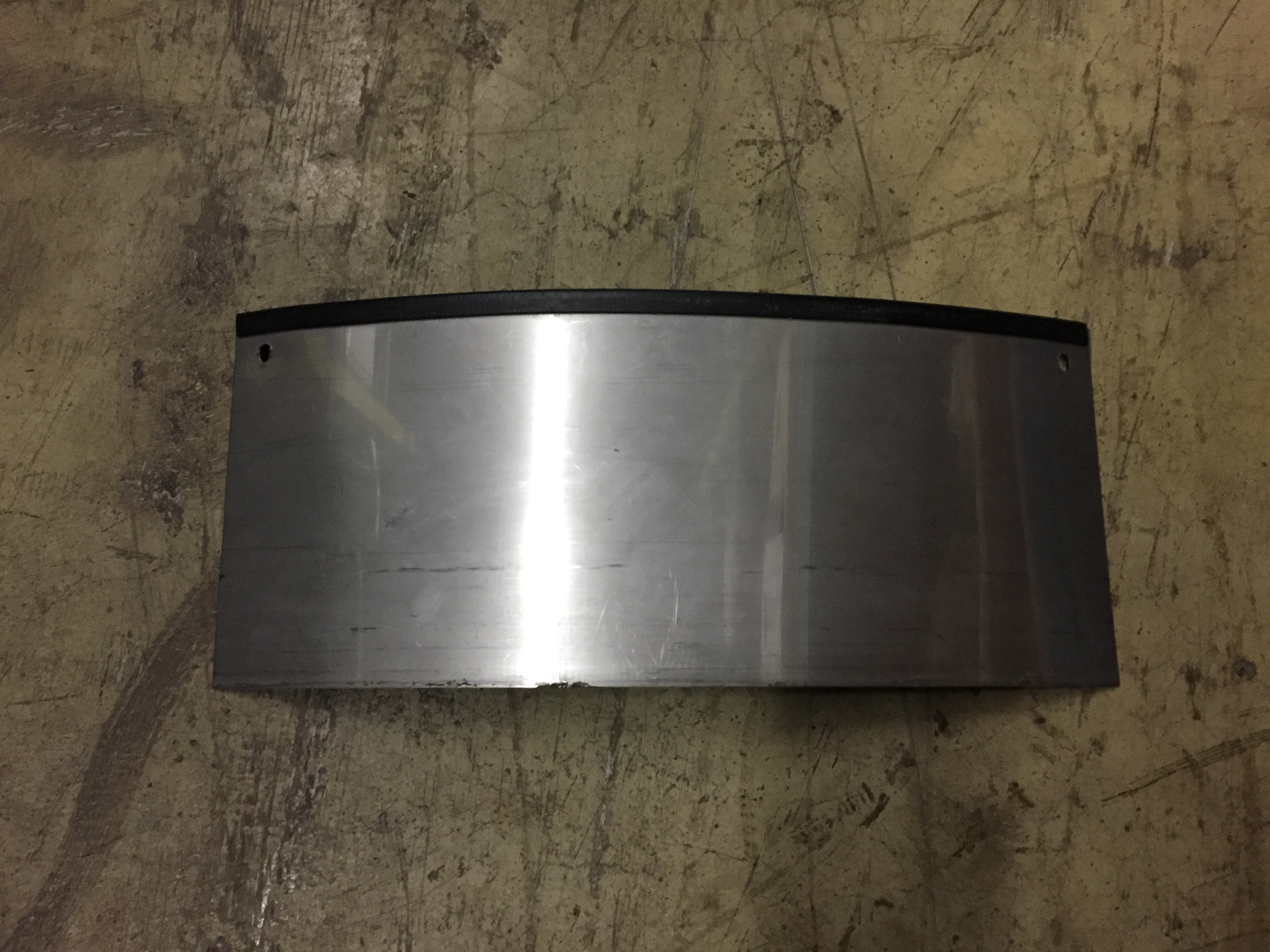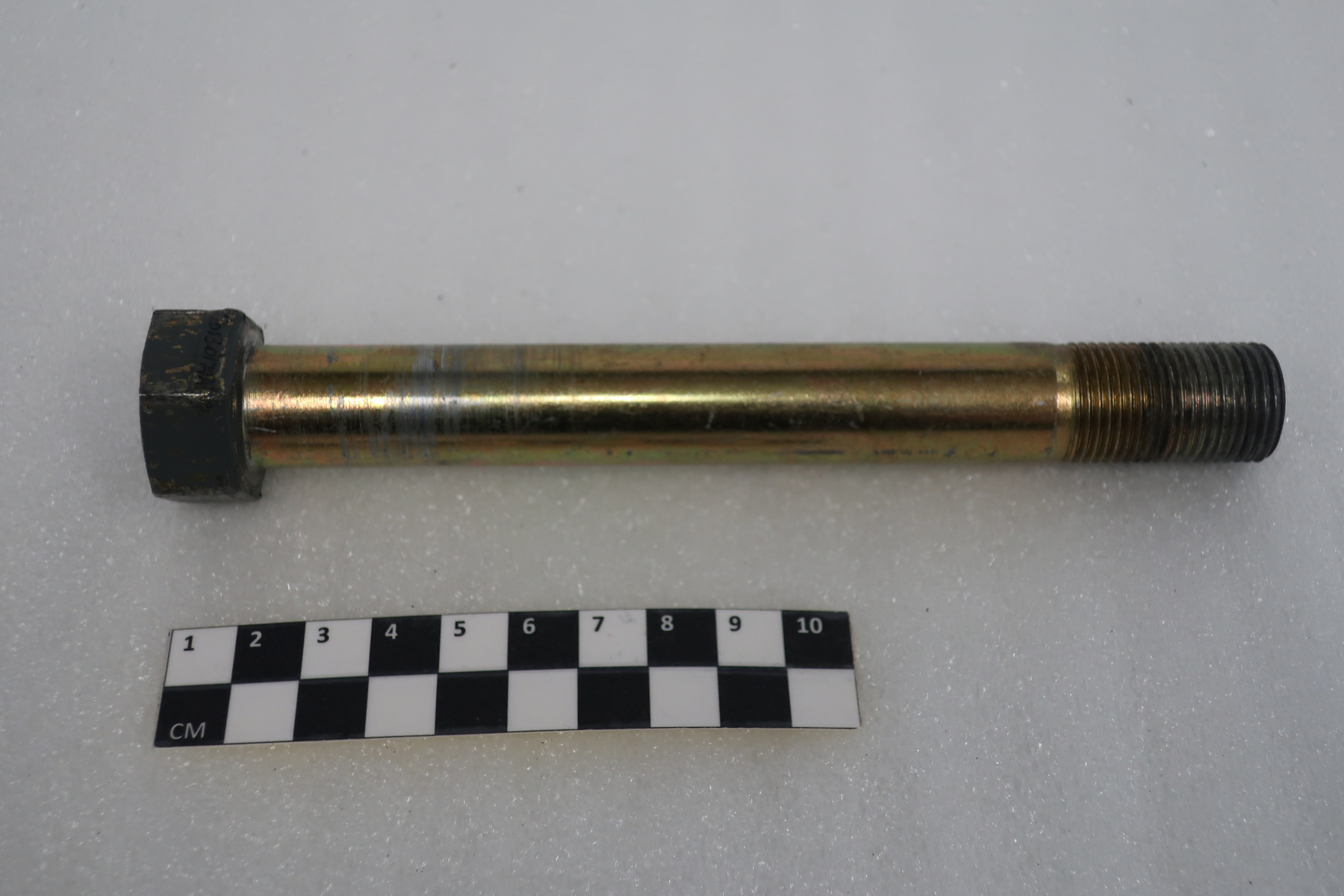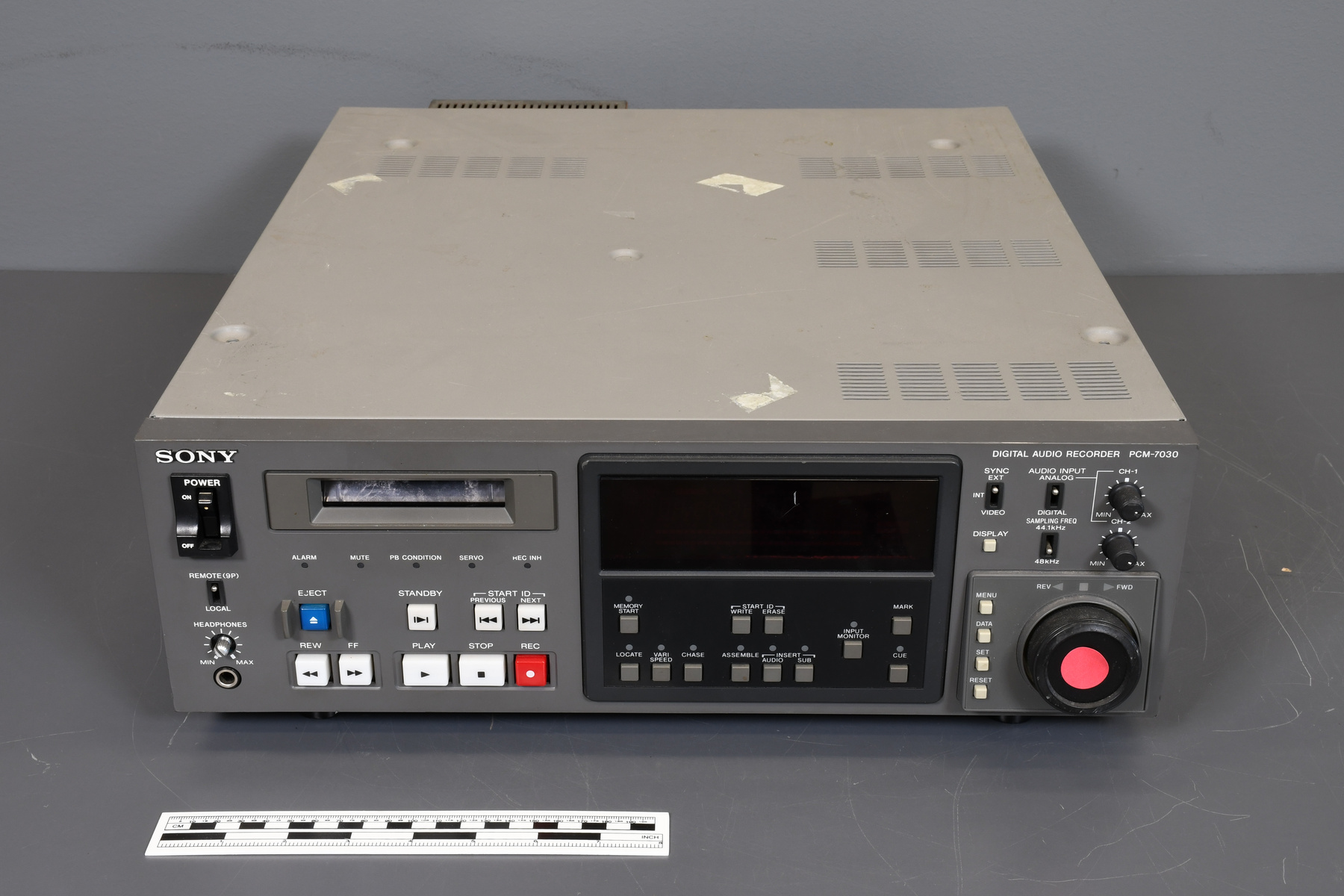Recorder-player, tape
Use this image
Can I reuse this image without permission? Yes
Object images on the Ingenium Collection’s portal have the following Creative Commons license:
Copyright Ingenium / CC BY-NC-ND (Attribution-NonCommercial 4.0 International (CC BY-NC 4.0)
ATTRIBUTE THIS IMAGE
Ingenium,
2011.0308.001
Permalink:
Ingenium is releasing this image under the Creative Commons licensing framework, and encourages downloading and reuse for non-commercial purposes. Please acknowledge Ingenium and cite the artifact number.
DOWNLOAD IMAGEPURCHASE THIS IMAGE
This image is free for non-commercial use.
For commercial use, please consult our Reproduction Fees and contact us to purchase the image.
- OBJECT TYPE
- DIGITAL/MAGNETIC/TABLE
- DATE
- 1995
- ARTIFACT NUMBER
- 2011.0308.001
- MANUFACTURER
- Sony Corp.
- MODEL
- PCM-7030
- LOCATION
- Japan
More Information
General Information
- Serial #
- 30206
- Part Number
- 1
- Total Parts
- 1
- AKA
- N/A
- Patents
- N/A
- General Description
- Metal with synthetic components.
Dimensions
Note: These reflect the general size for storage and are not necessarily representative of the object's true dimensions.
- Length
- 58.0 cm
- Width
- 42.5 cm
- Height
- 13.0 cm
- Thickness
- N/A
- Weight
- N/A
- Diameter
- N/A
- Volume
- N/A
Lexicon
- Group
- Communications
- Category
- Sound
- Sub-Category
- N/A
Manufacturer
- AKA
- Sony
- Country
- Japan
- State/Province
- Unknown
- City
- Unknown
Context
- Country
- Canada
- State/Province
- Unknown
- Period
- ca. 1995 - unknown
- Canada
-
For decades after its founding in 1941 the National Film Board was Canada’s largest centre for the production of films, the training of filmmakers, and the development of new film technology. Unlike the CBC, much of whose production was broadcast live, recorded on video tape, purchased from other sources, or limited to ephemeral news films, the NFB was dedicated to the production of original films for exhibition largely in the film medium. Due to its freedom from commercial pressures, its large permanent staff and its possession of its own studios and laboratories, the NFB was able to maintain high technical standards and encourage technical and stylistic innovation by its staff. From the early 1950s through the early 1960s, the National Film Board enjoyed a "golden age" with a string of award-winning documentaries and innovative animated films. Expo 67 and the NFB's showcase Labyrinth pavilion marked the apogee of the institution's political and financial fortunes. By the end of the 1960s, however, there was growing public and political disenchantment with the NFB over unsuccessful forays into feature films, a number of controversial documentaries and a decline in its output of educational and sponsored factual films. Over the next two decades, the federal government promoted the development of a commercial film industry by taking away the NFB's lucrative sponsored work (done for government departments) and providing grants and tax incentives for privately produced feature films. Henceforth the Board would increasingly limit itself to research and experimentation, the training of young filmmakers, and provision of technical and distribution services for independent producers. Board staff produced a steady supply of award-winning documentaries, dramas and animated films through the 1970s and 1980s, yet its role within the Canadian film landscape was steadily diminishing. In the last two decades, it has sharpened its focus on “social issue documentaries, auteur animation and alternative dramas” and has brought its distribution system into the digital age. Increasingly, its films are realized through a diverse range of community-based projects, programs for emerging filmmakers, and joint productions with independent producers and directors. - Function
-
A device used to record and play back audio signals on magnetic tape, specifically digital audio tape (DAT) cassettes. This model was used particularly as part of a set up for video editing. - Technical
-
This is a professional 2-channel digital audio recorder that uses the digital audio tape (DAT) cassette format introduced in 1987. In the mid-1990s the PCM-7030 was used in professional recording studios and video post-production facilities around the world and was widely regarded as the best, most reliable machine of its time. The PCM-7030 was part of the 7000 series of Sony DAT products, and was optimized for use as a player in an editing system. With built-in SMPTE time code, the PCM-7030 was ideal for synchronization with other audio and video devices. - Area Notes
-
Unknown
Details
- Markings
- Markings on proper front read in part: "SONY/ DIGITAL AUDIO RECORDER PCM-7030"/ Markings on the proper back read in part: "ANALOG/ MONITOR/ DIGITAL/ WORD SYNC/ EXT SYNC/ TIME CODE/ REF VIDEO/ 30206/ 9600 S-E-2/ VOLTAGE SELECTOR"/ Label on proper bottom reads: "SONY MODEL PCM-7030/ DIGITAL AUDIO RECORDER/ AC 100/120/220/240V 50/50Hz 50W/ NO. 30206/ Sony Corporation/ Made in Japan/ 3-167-386-01"
- Missing
- Screws that hold the top panel in place are missing.
- Finish
- The exterior is predominantly light grey, with a dark grey front panel and black back panel. The front panel has black, white, blue, and red buttons and switches and there are white markings on the proper front and back.
- Decoration
- N/A
CITE THIS OBJECT
If you choose to share our information about this collection object, please cite:
Sony Corp., Recorder-player, tape, circa 1995, Artifact no. 2011.0308, Ingenium – Canada’s Museums of Science and Innovation, http://collection.ingeniumcanada.org/en/id/2011.0308.001/
FEEDBACK
Submit a question or comment about this artifact.
More Like This

